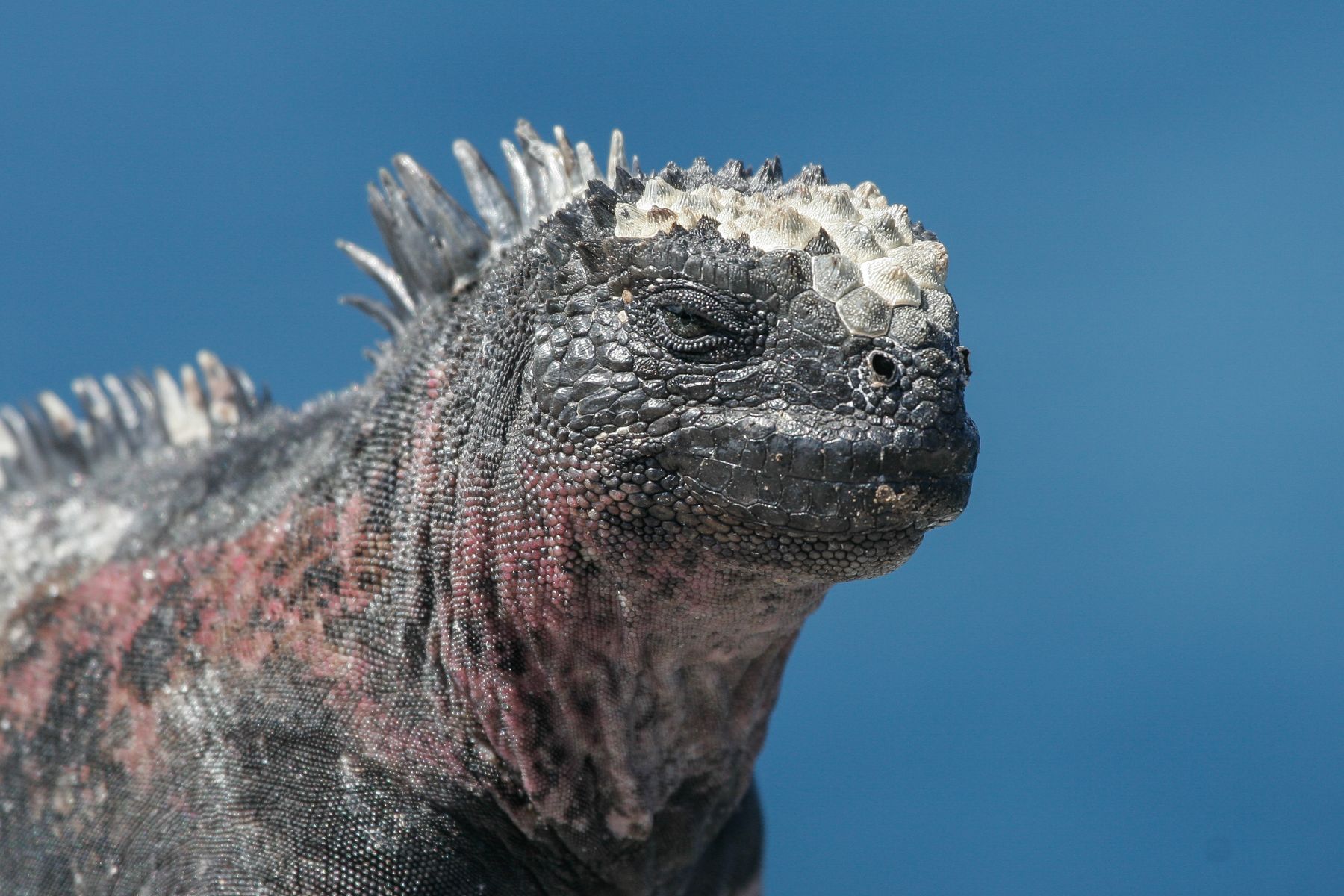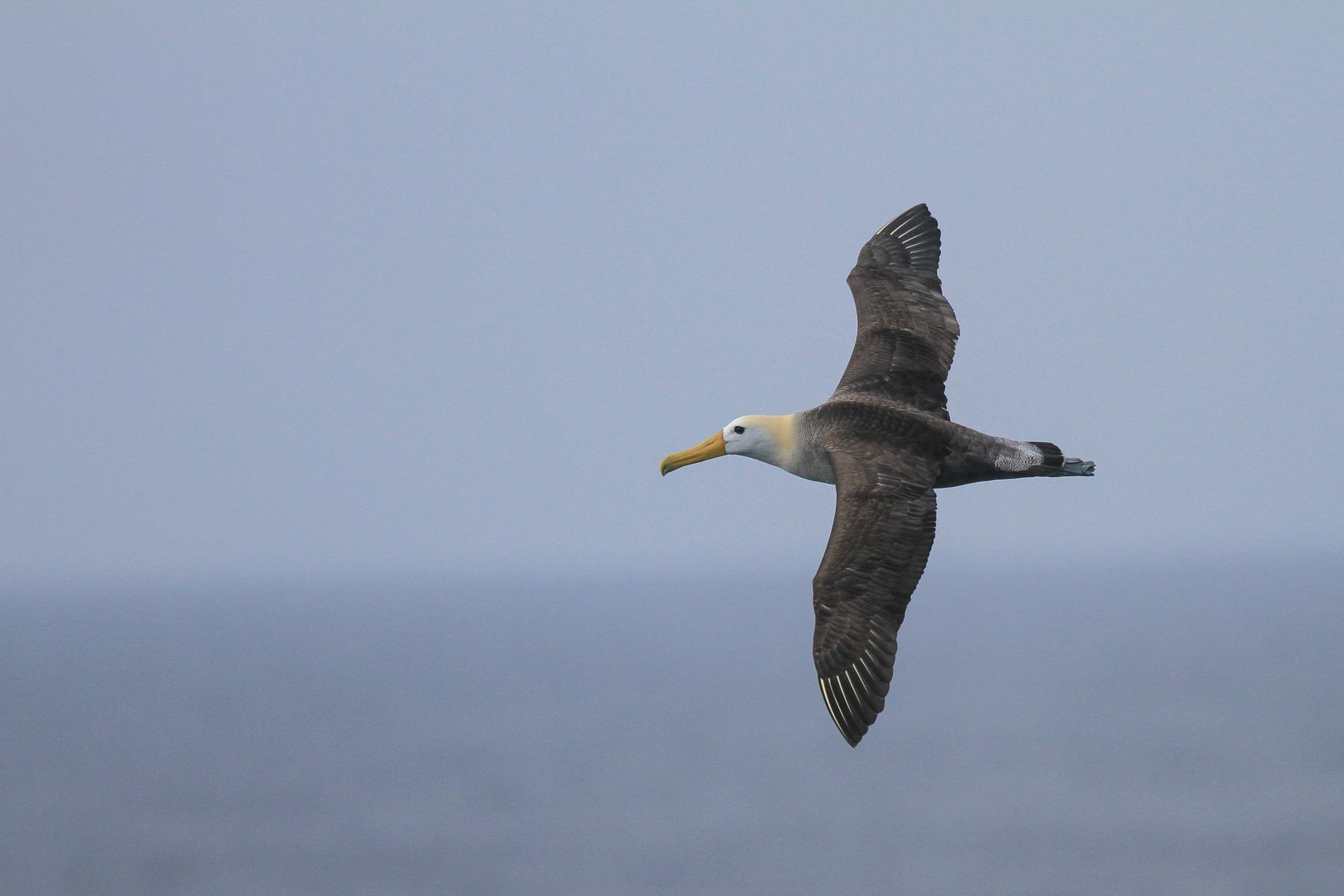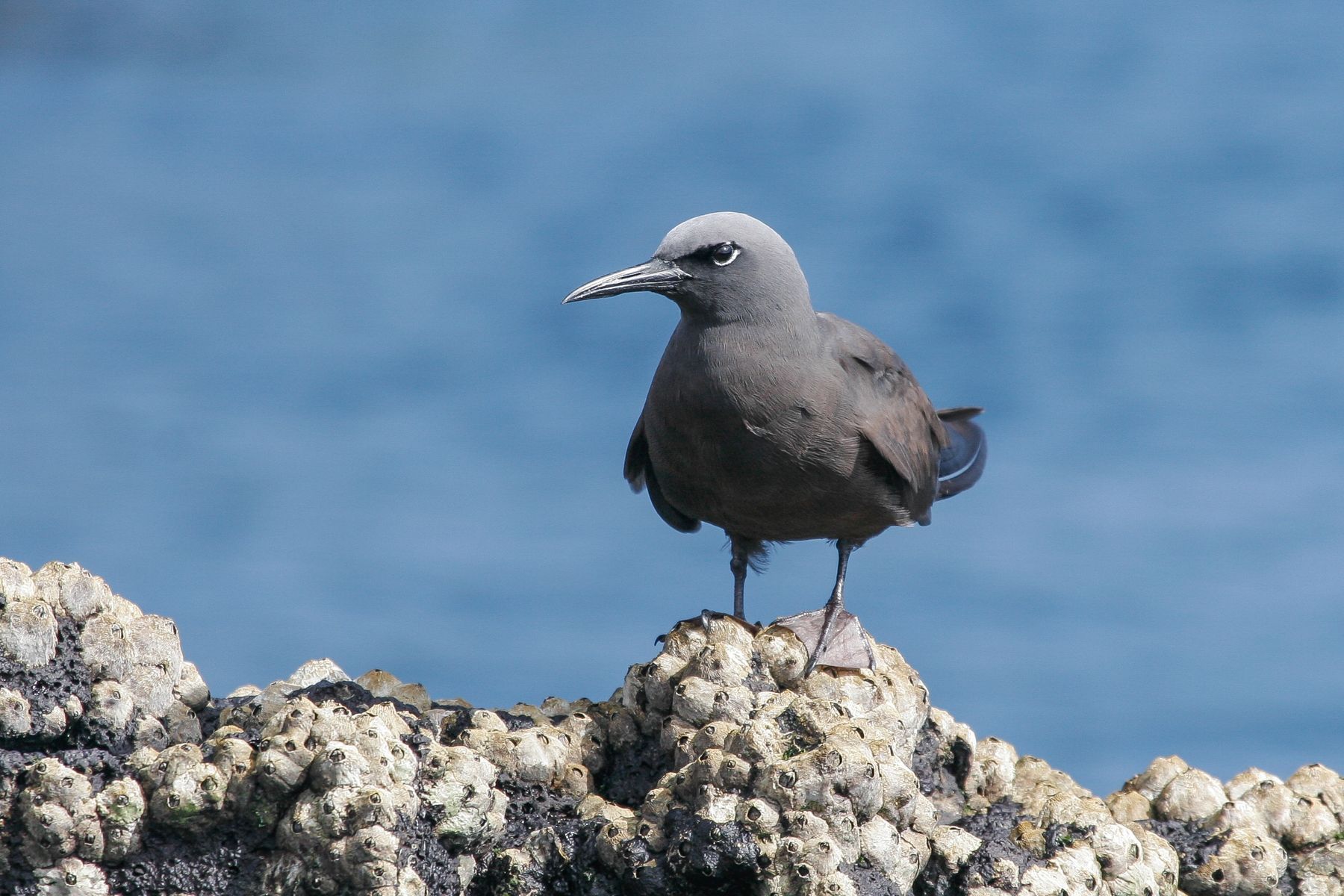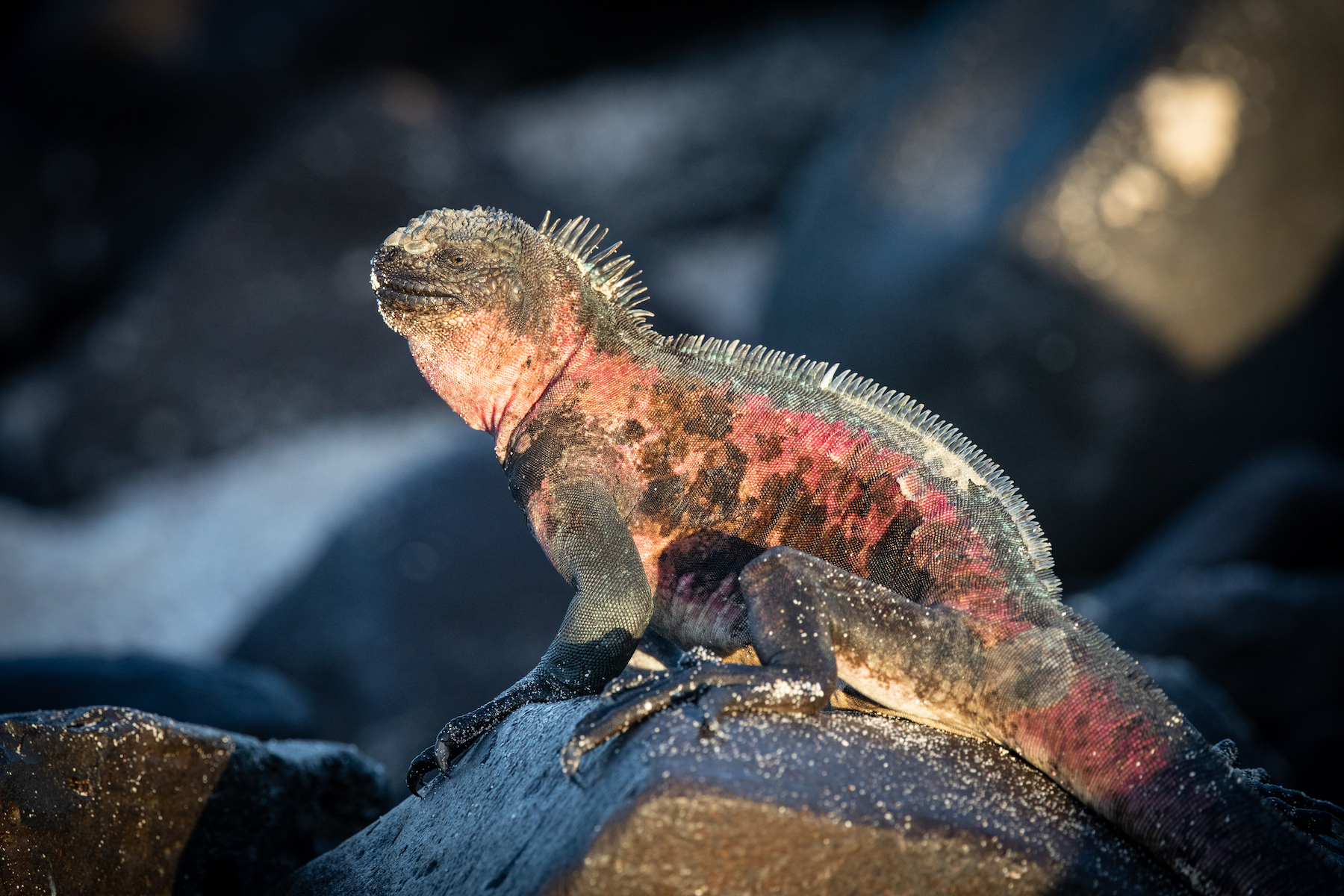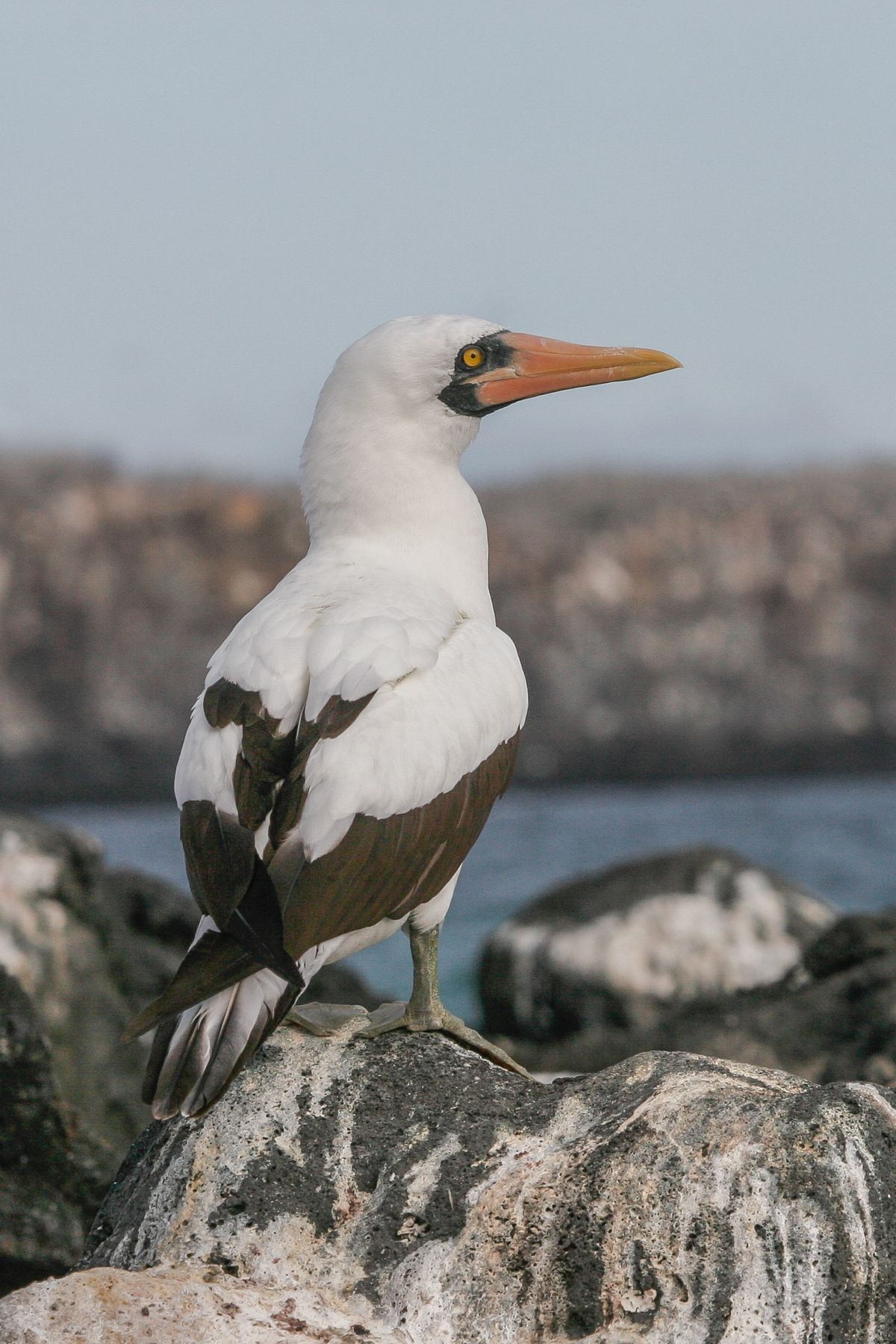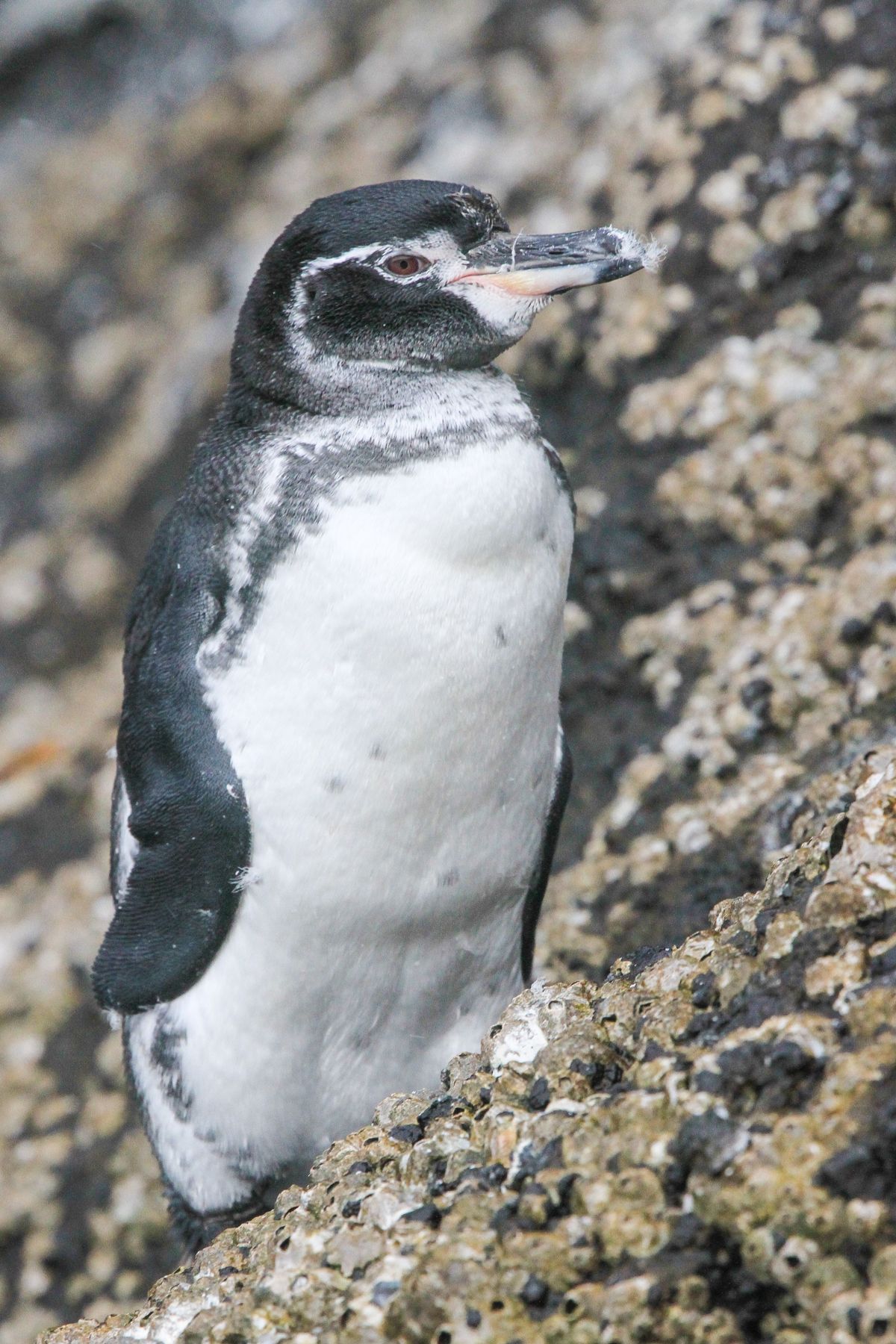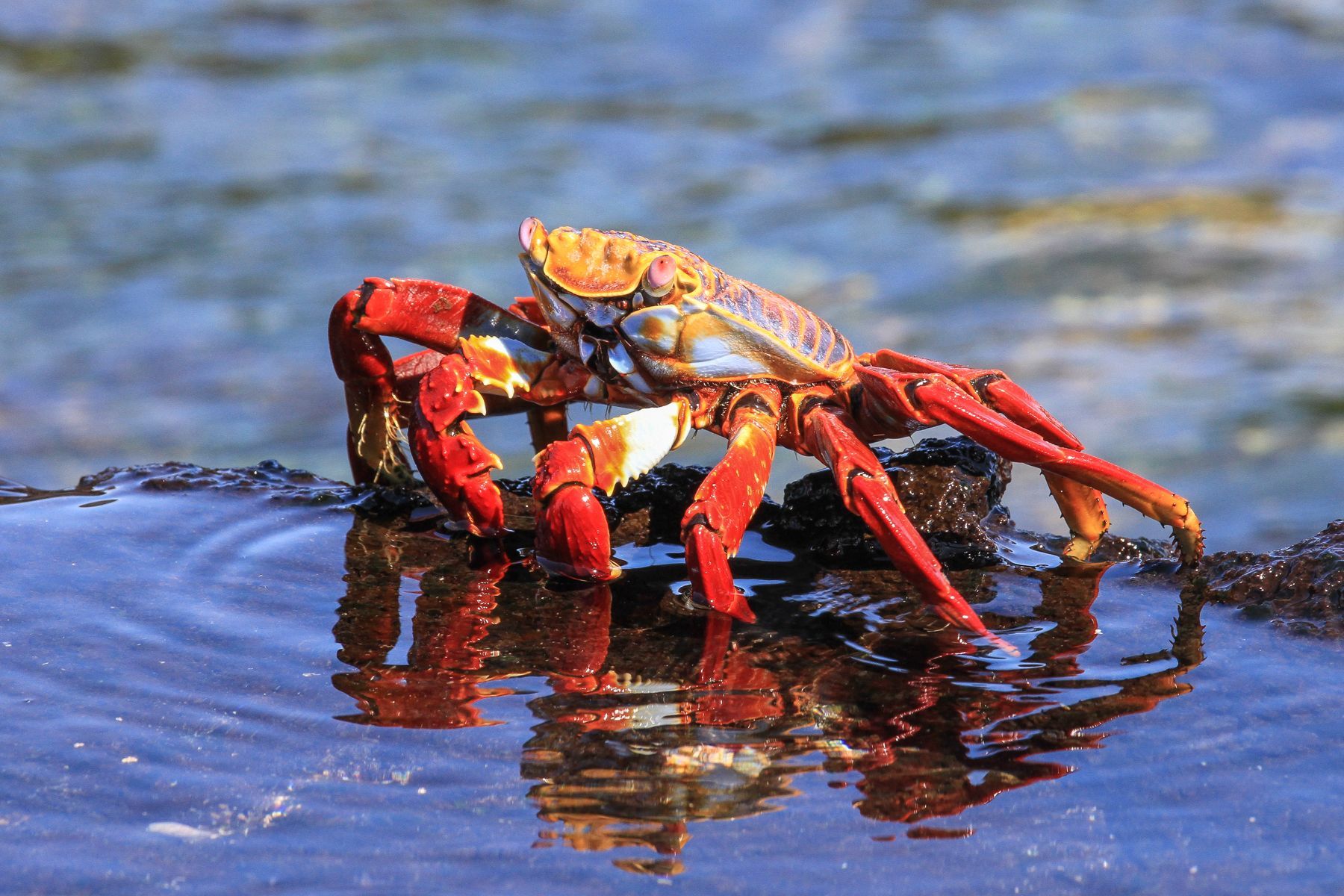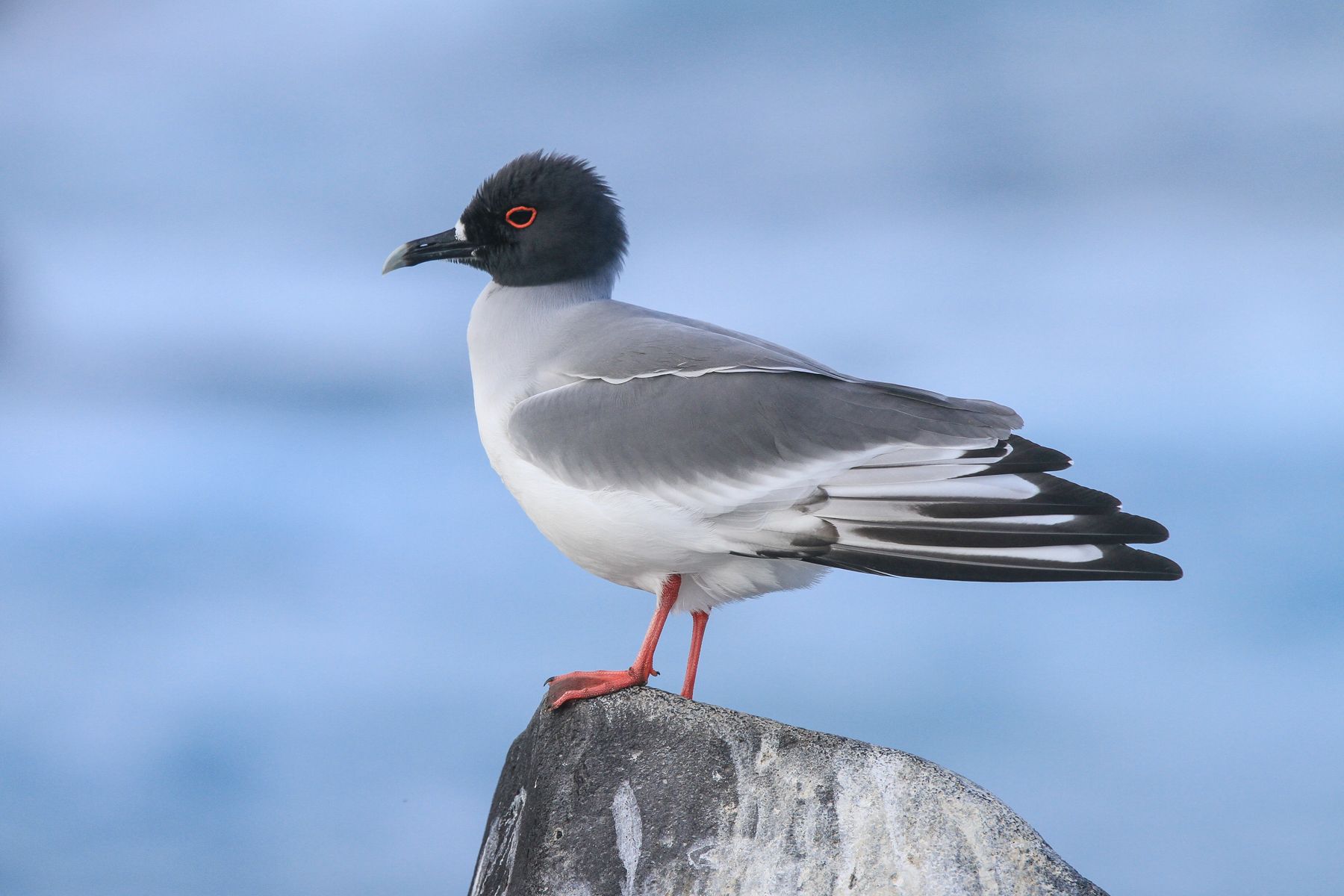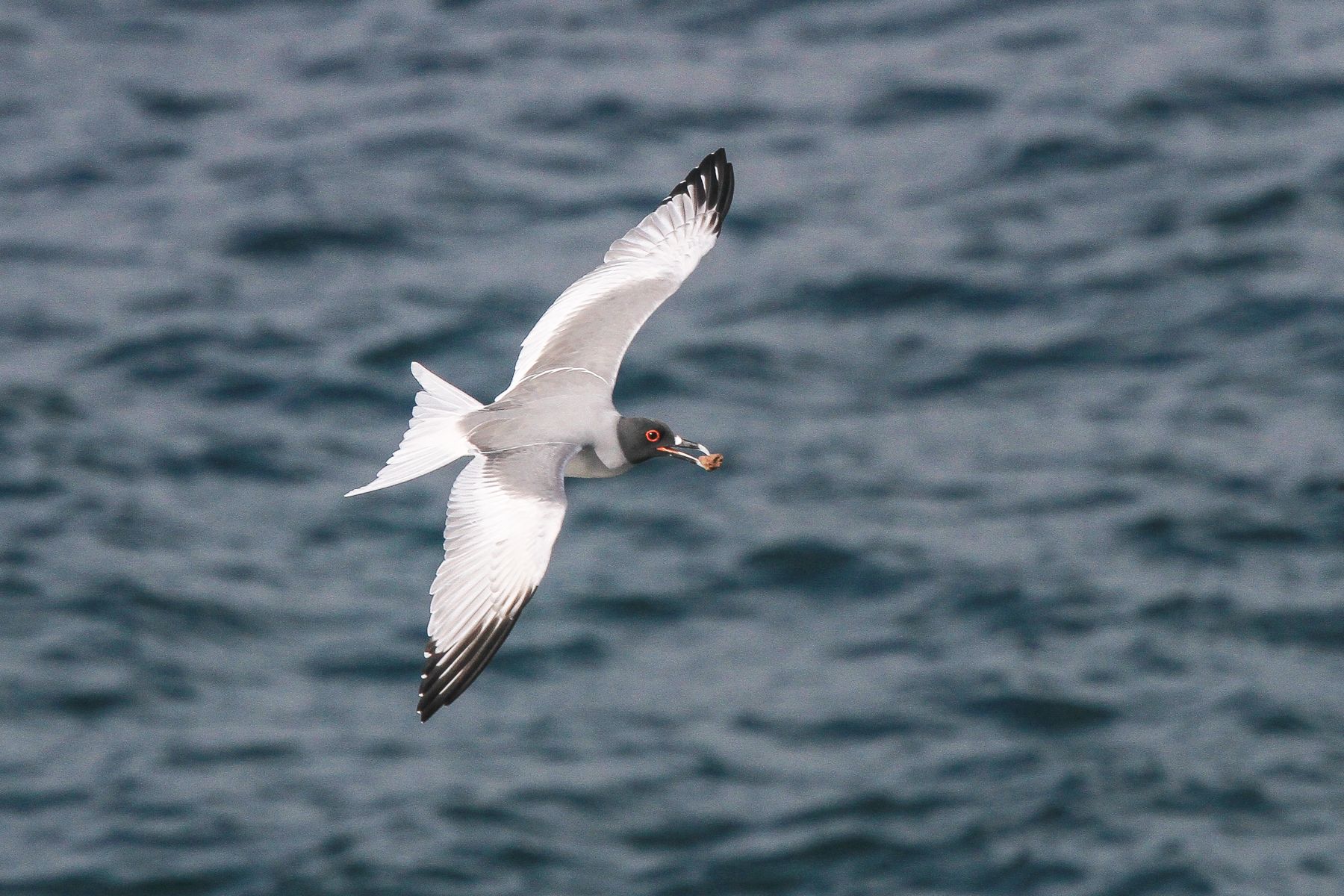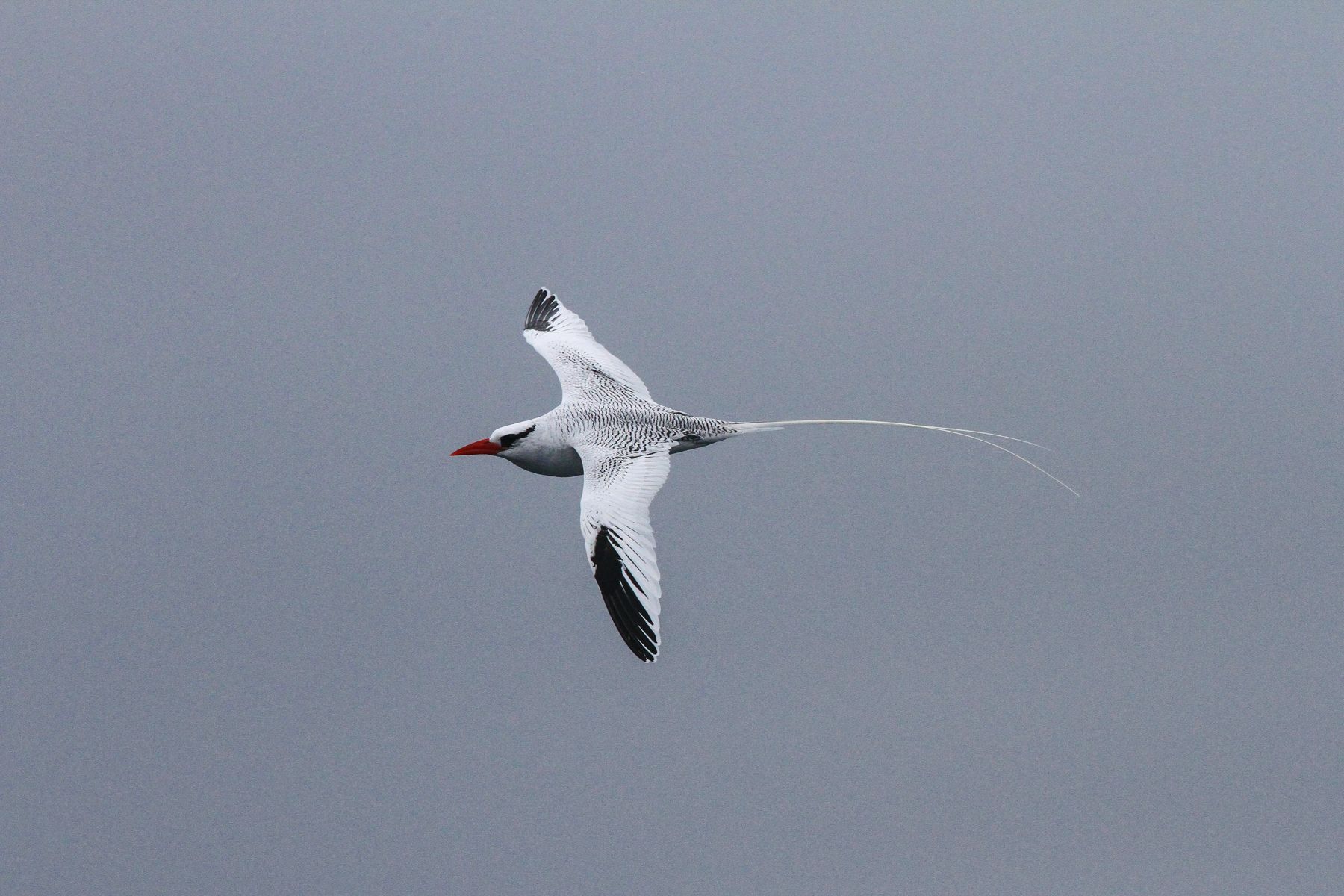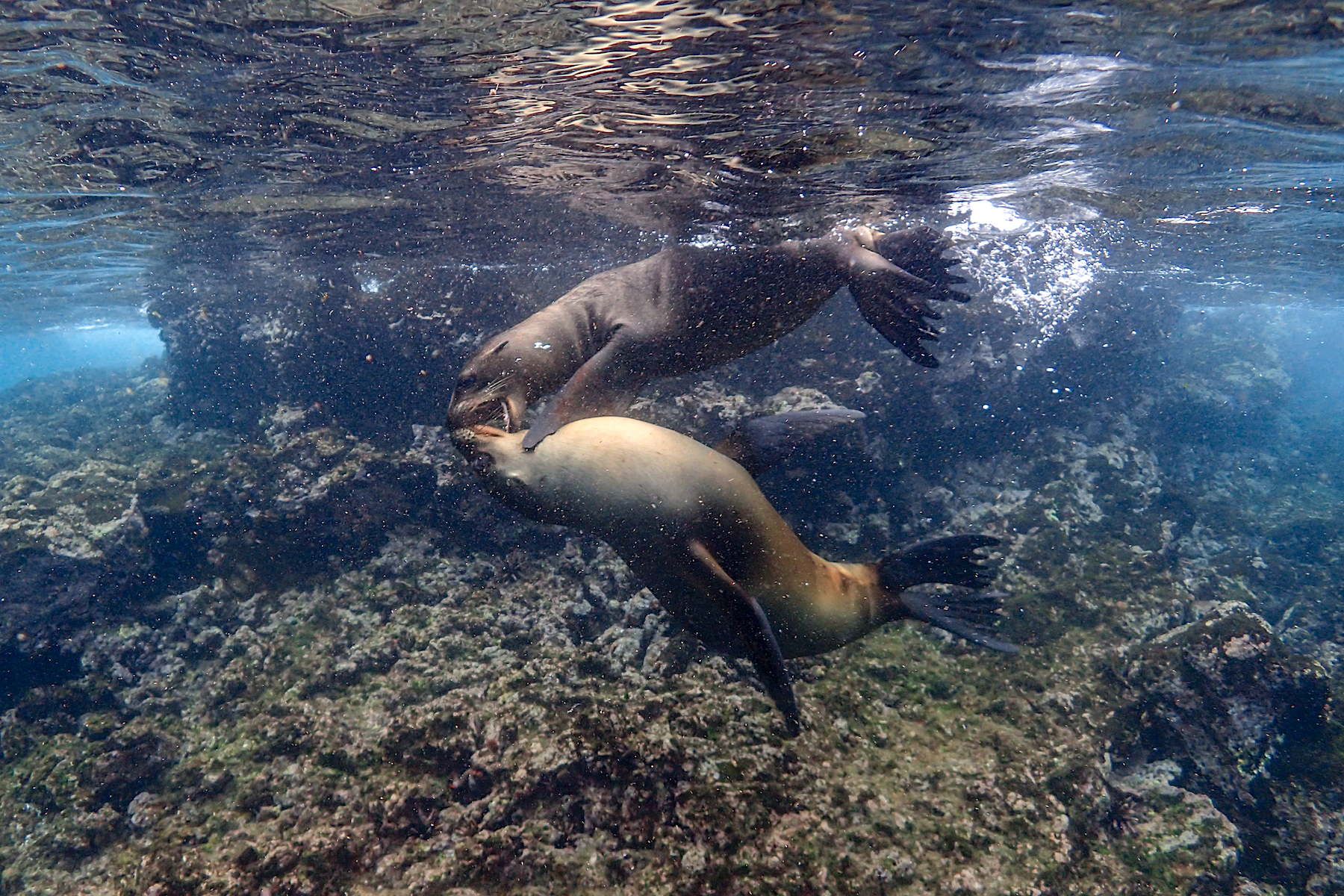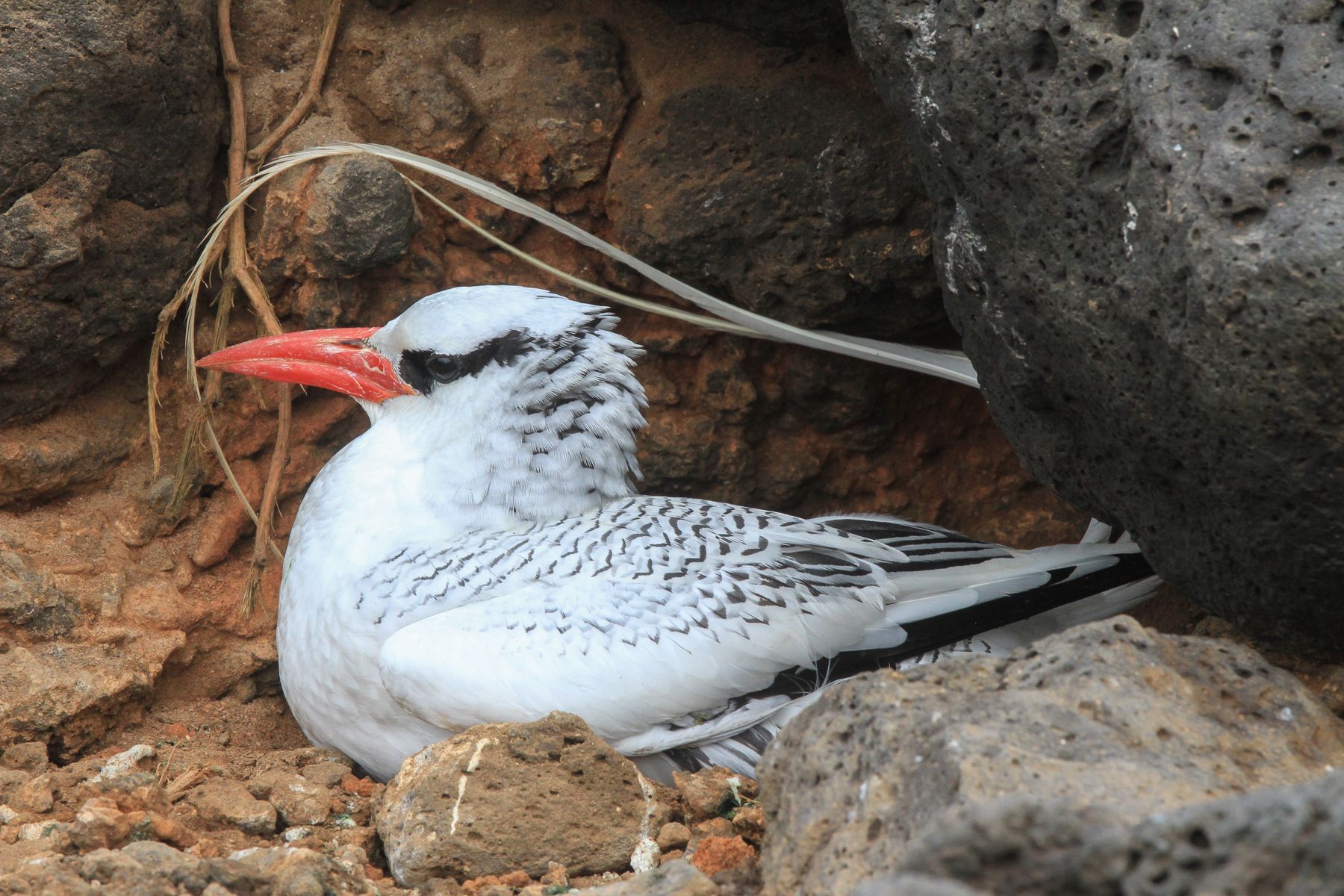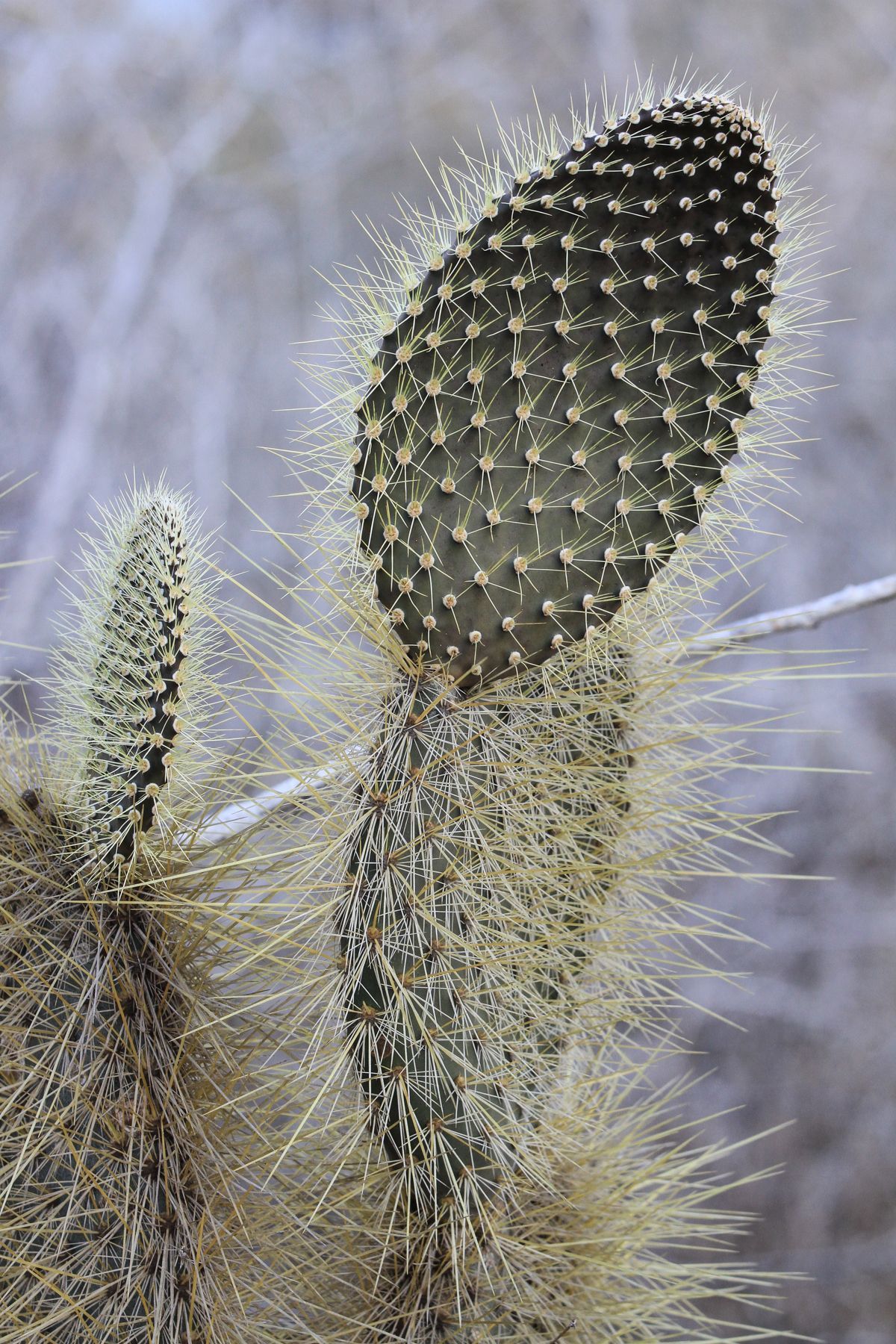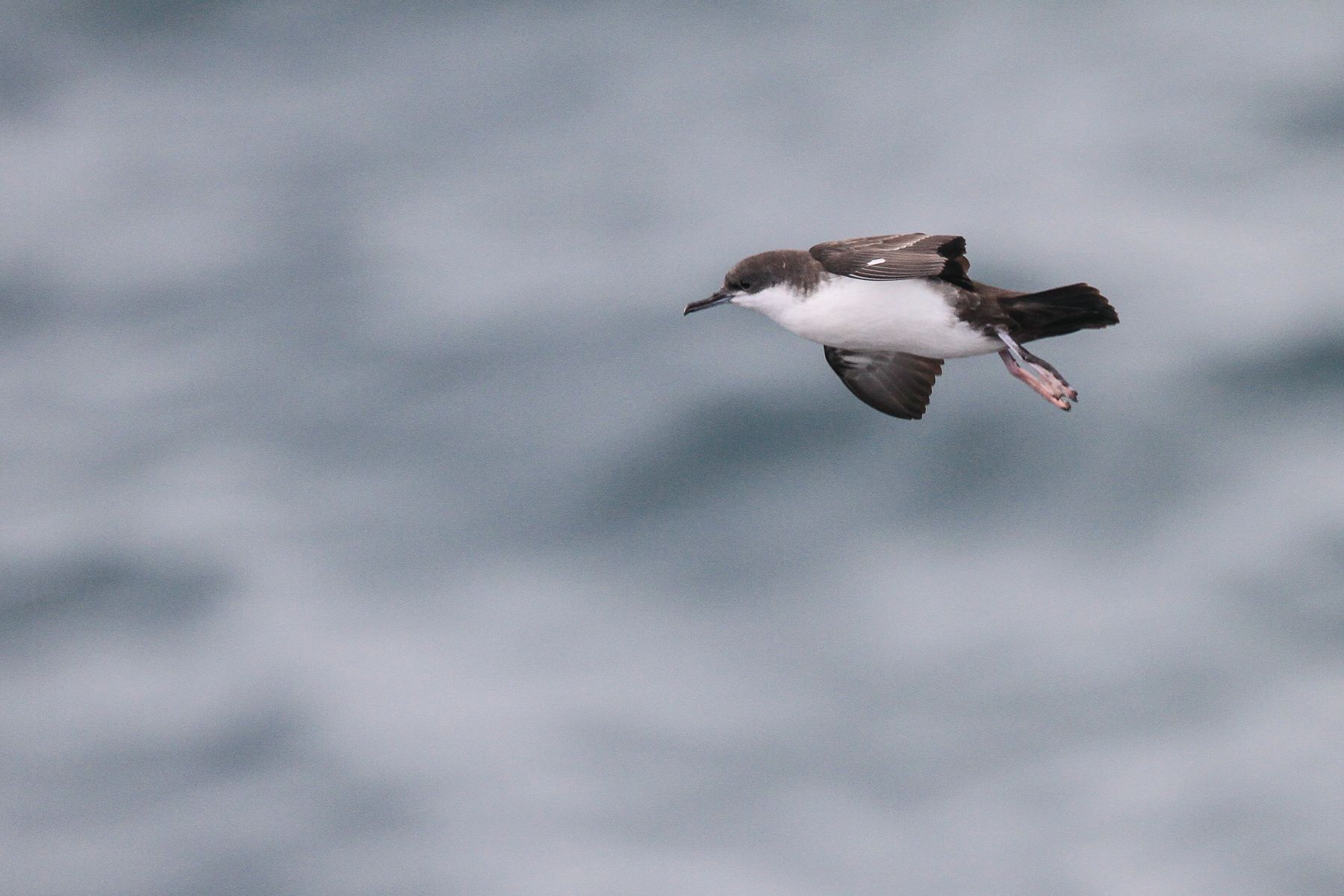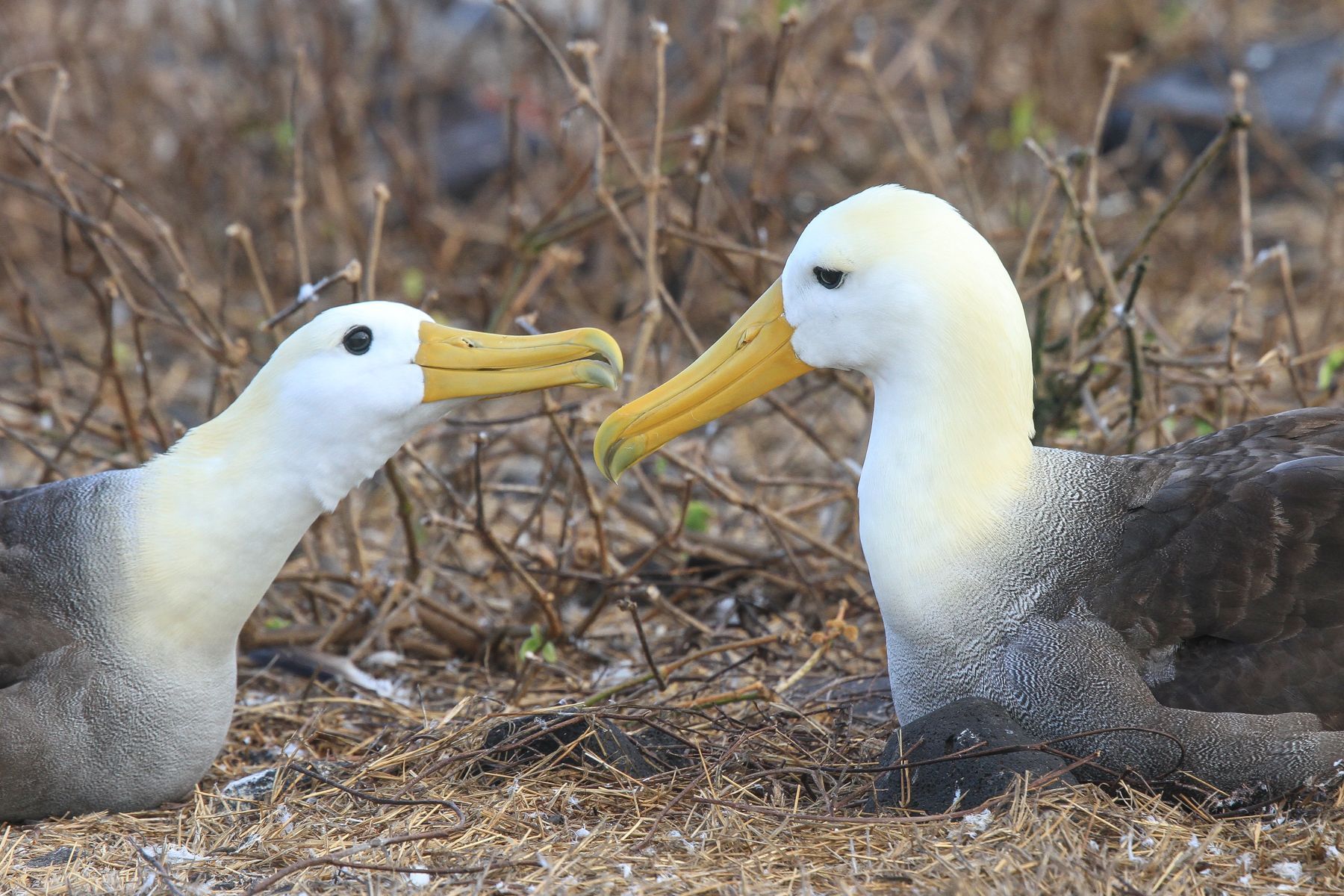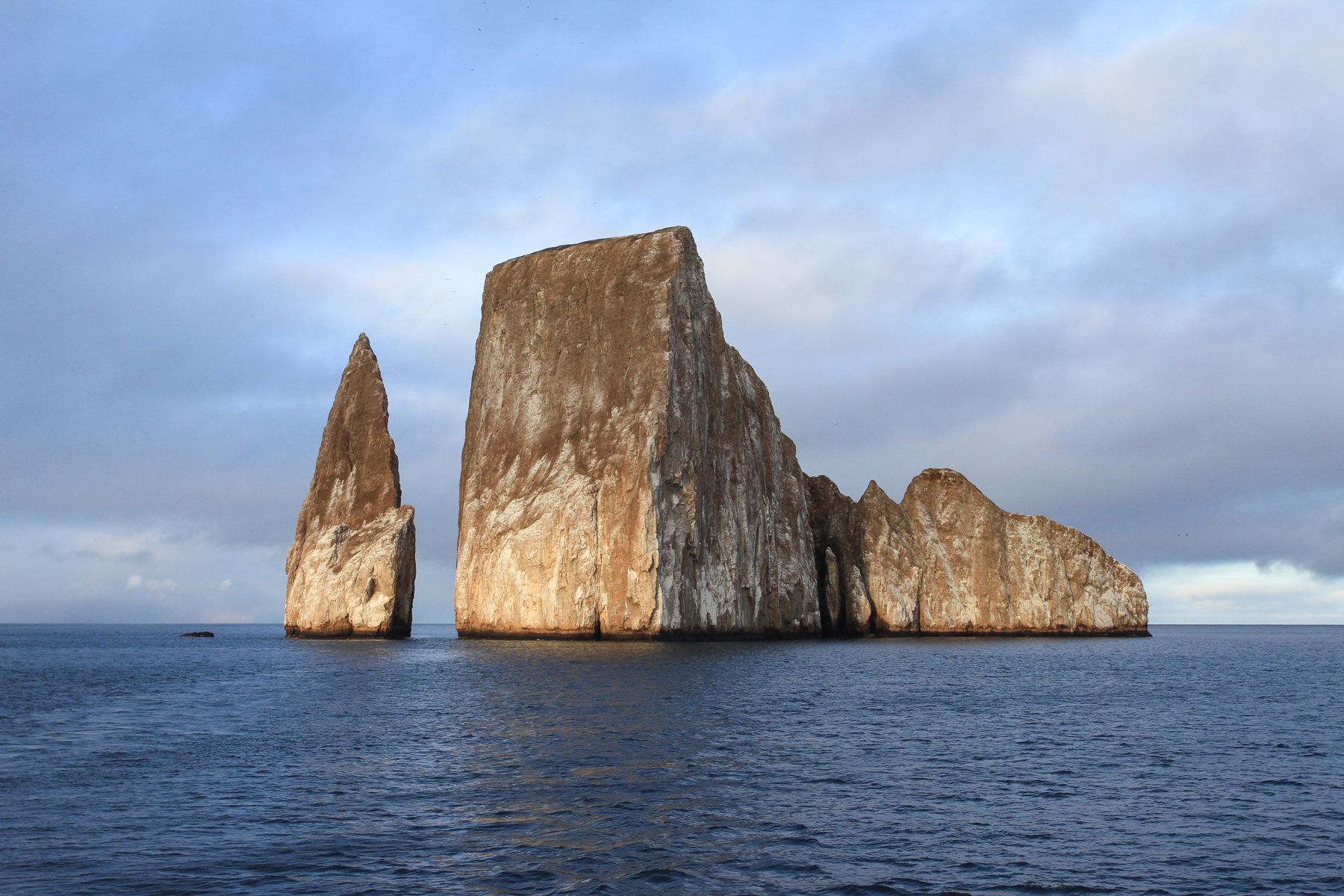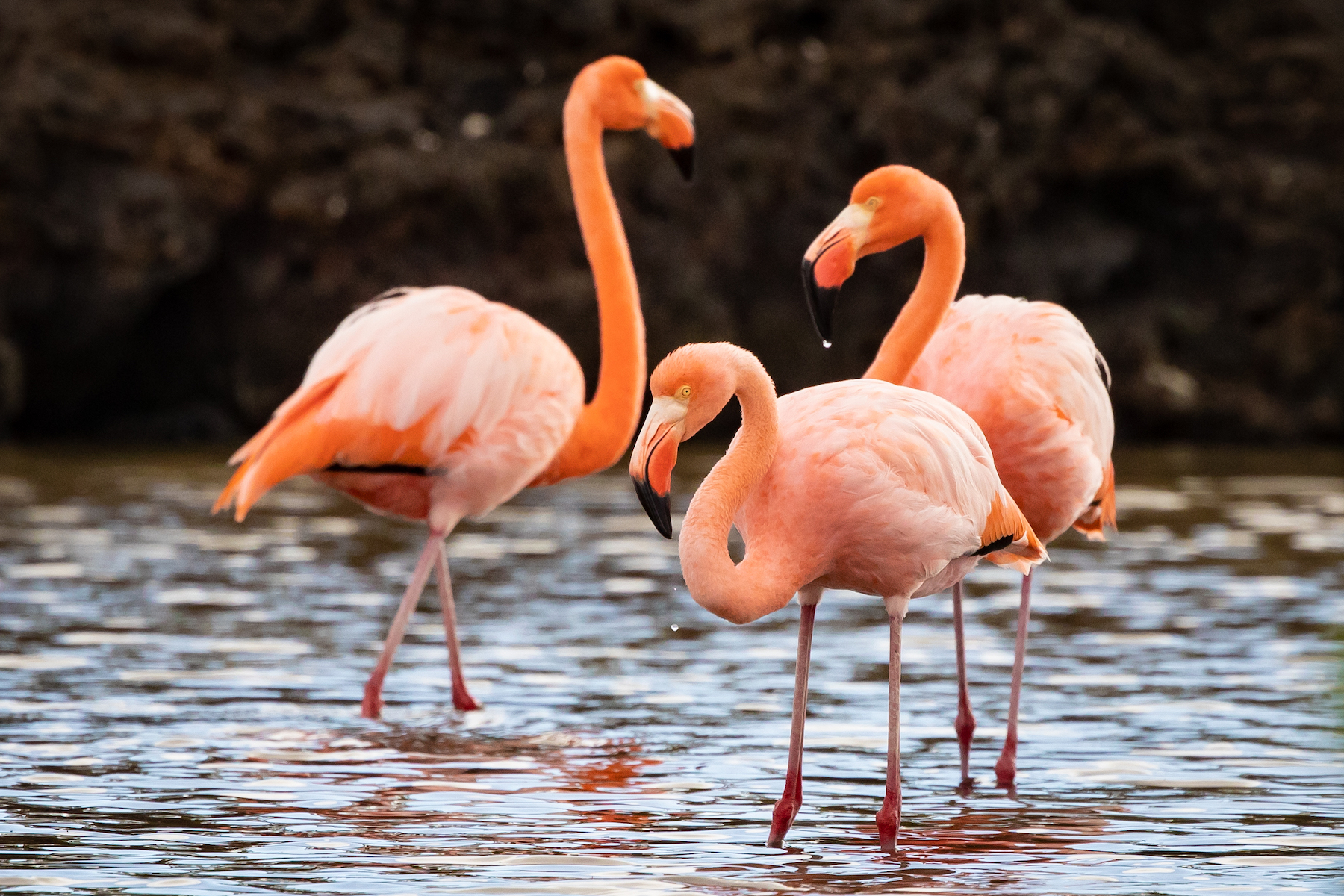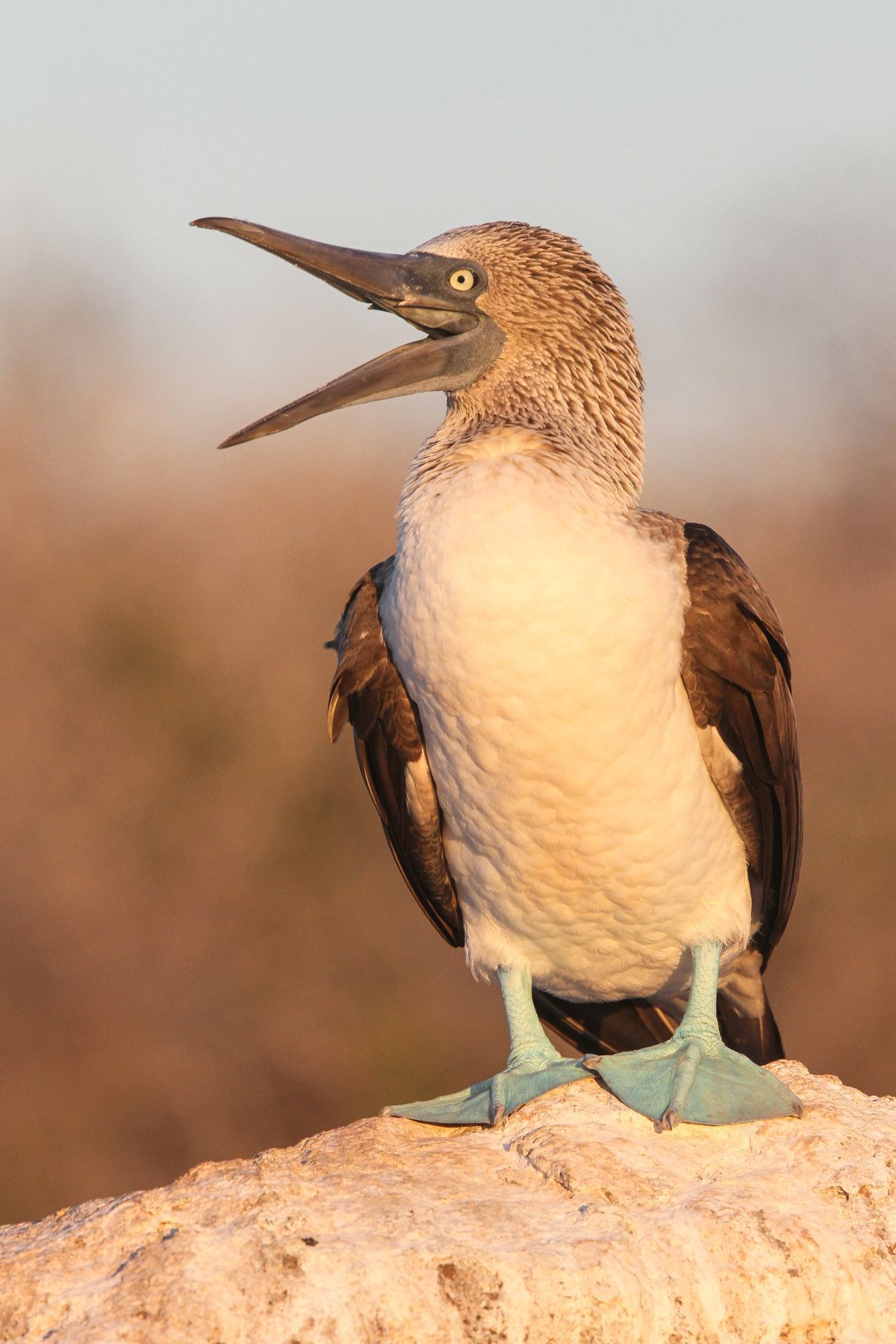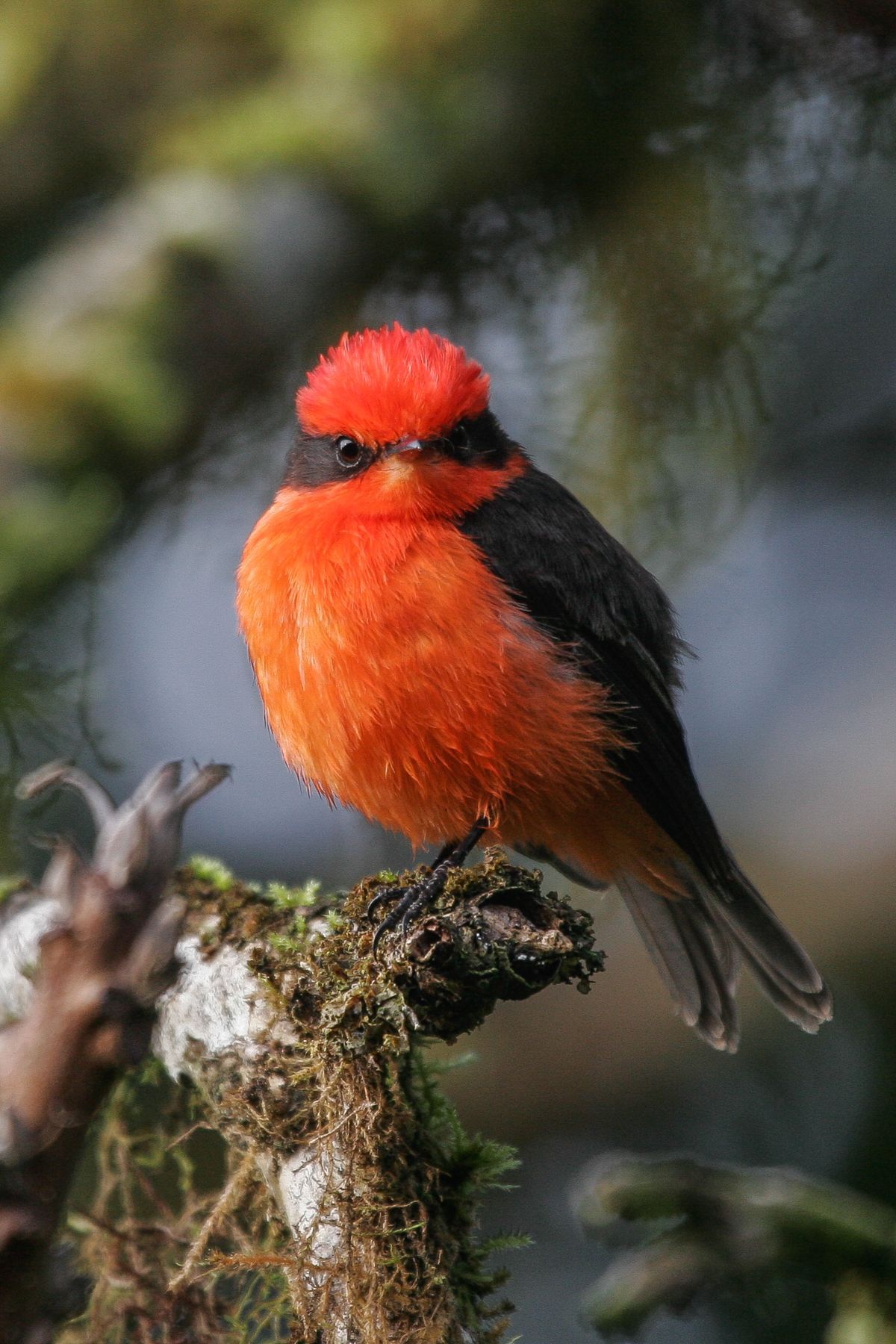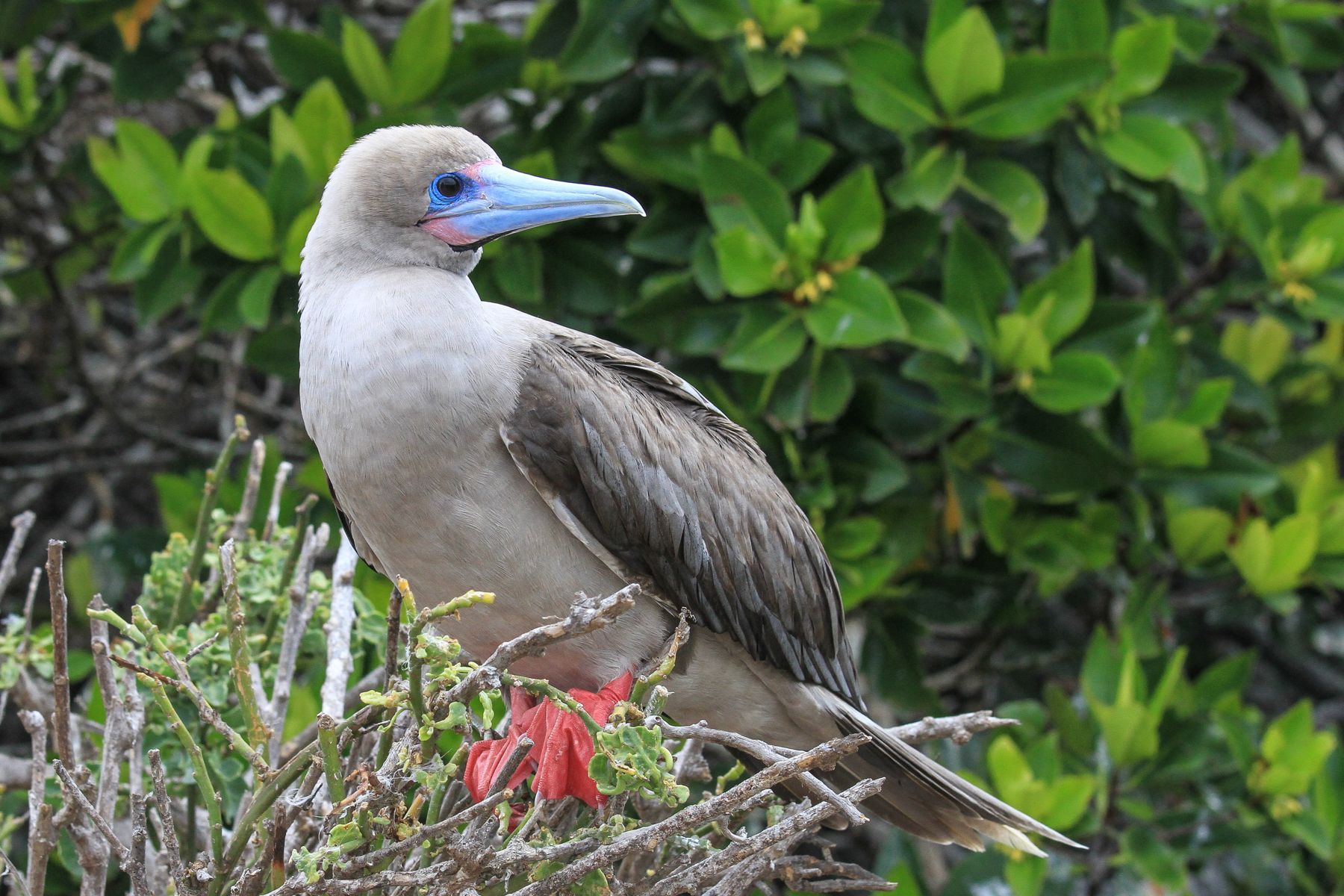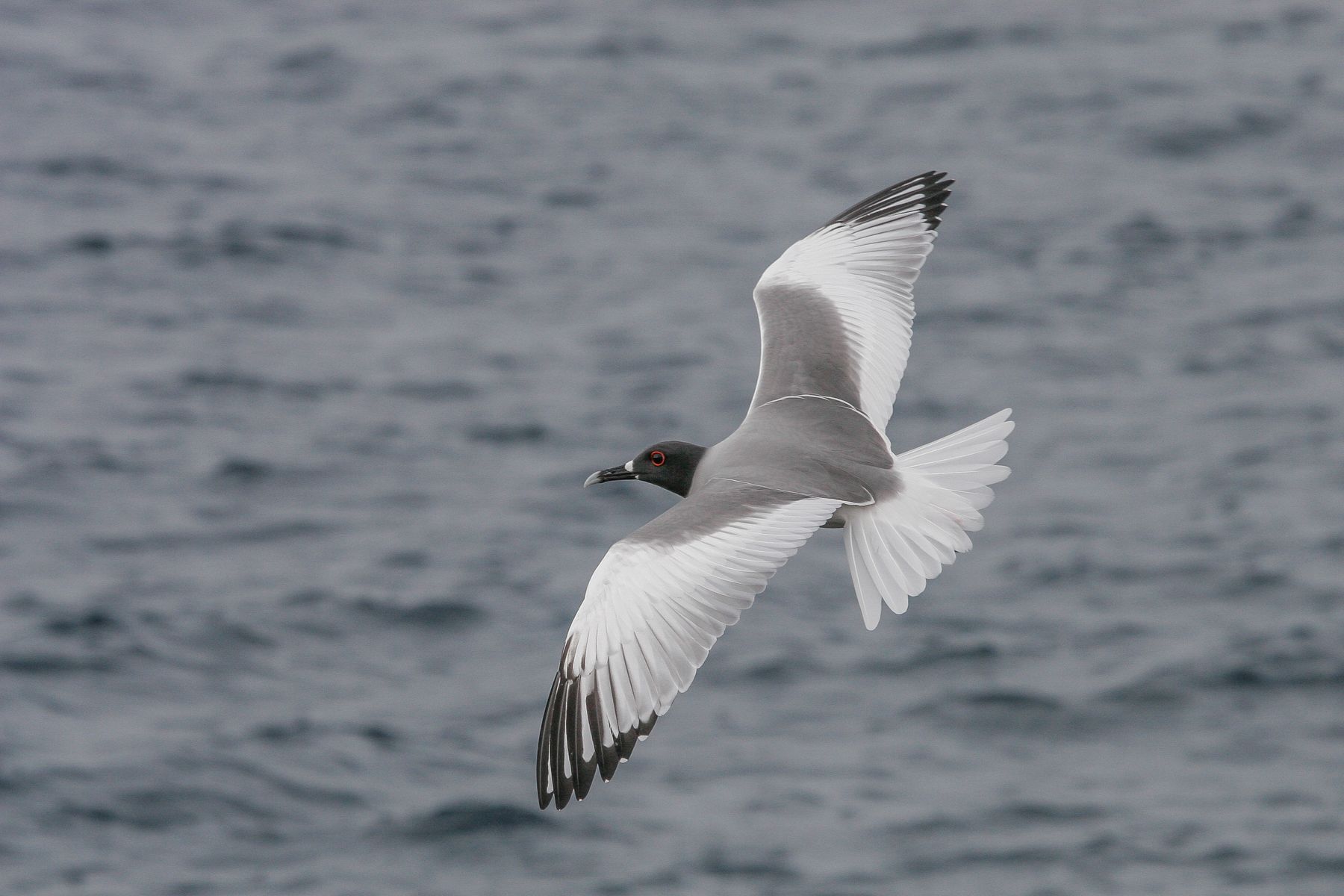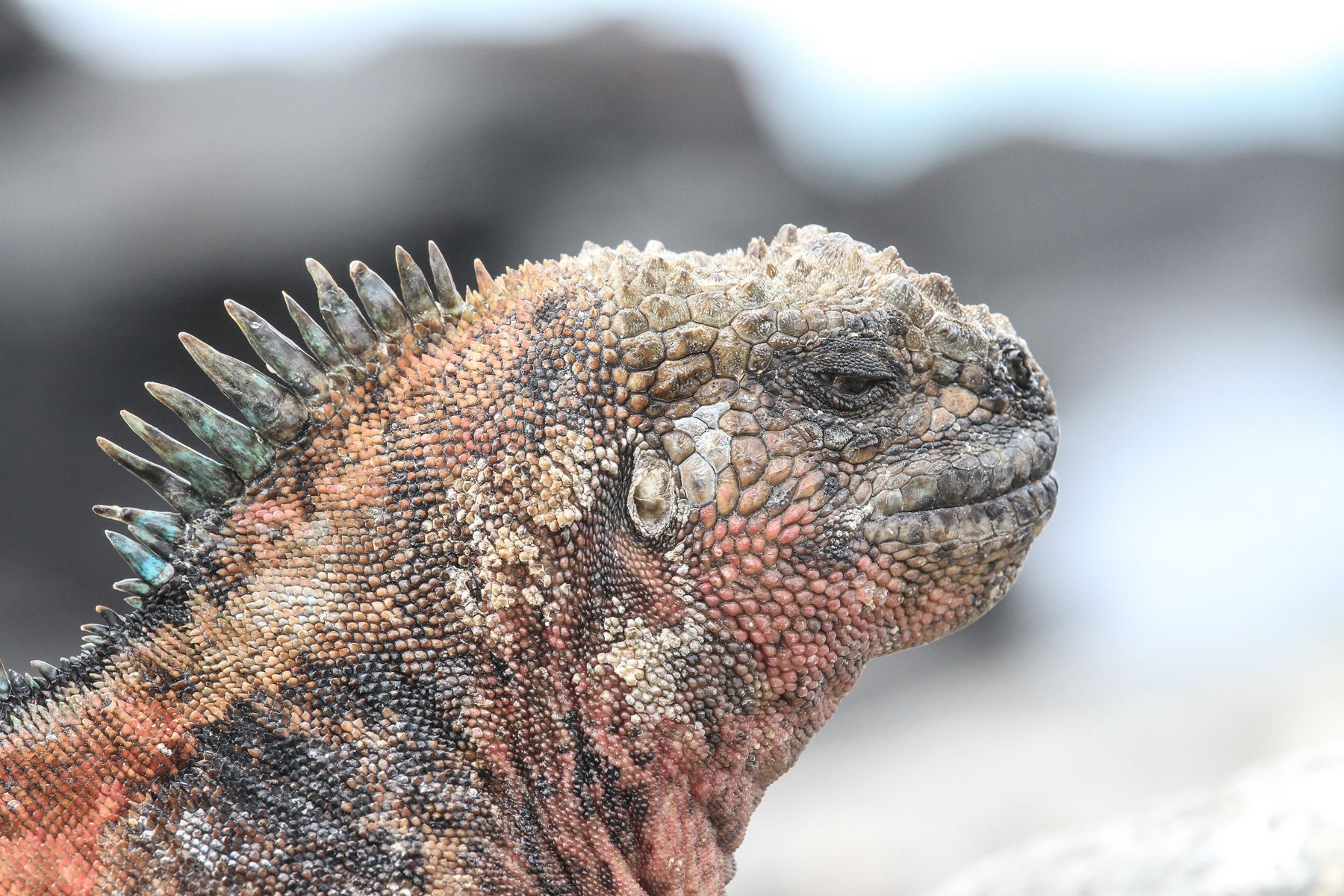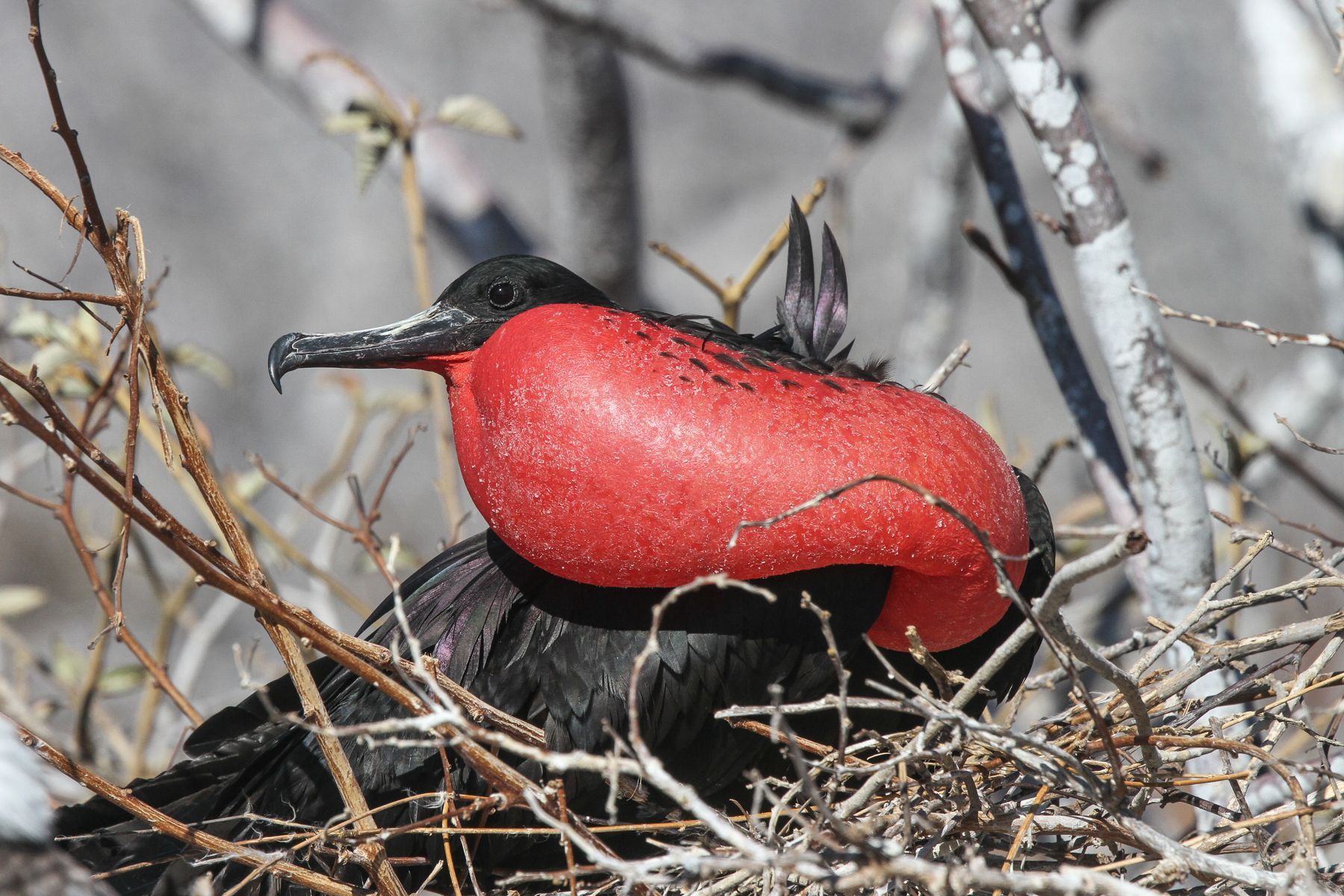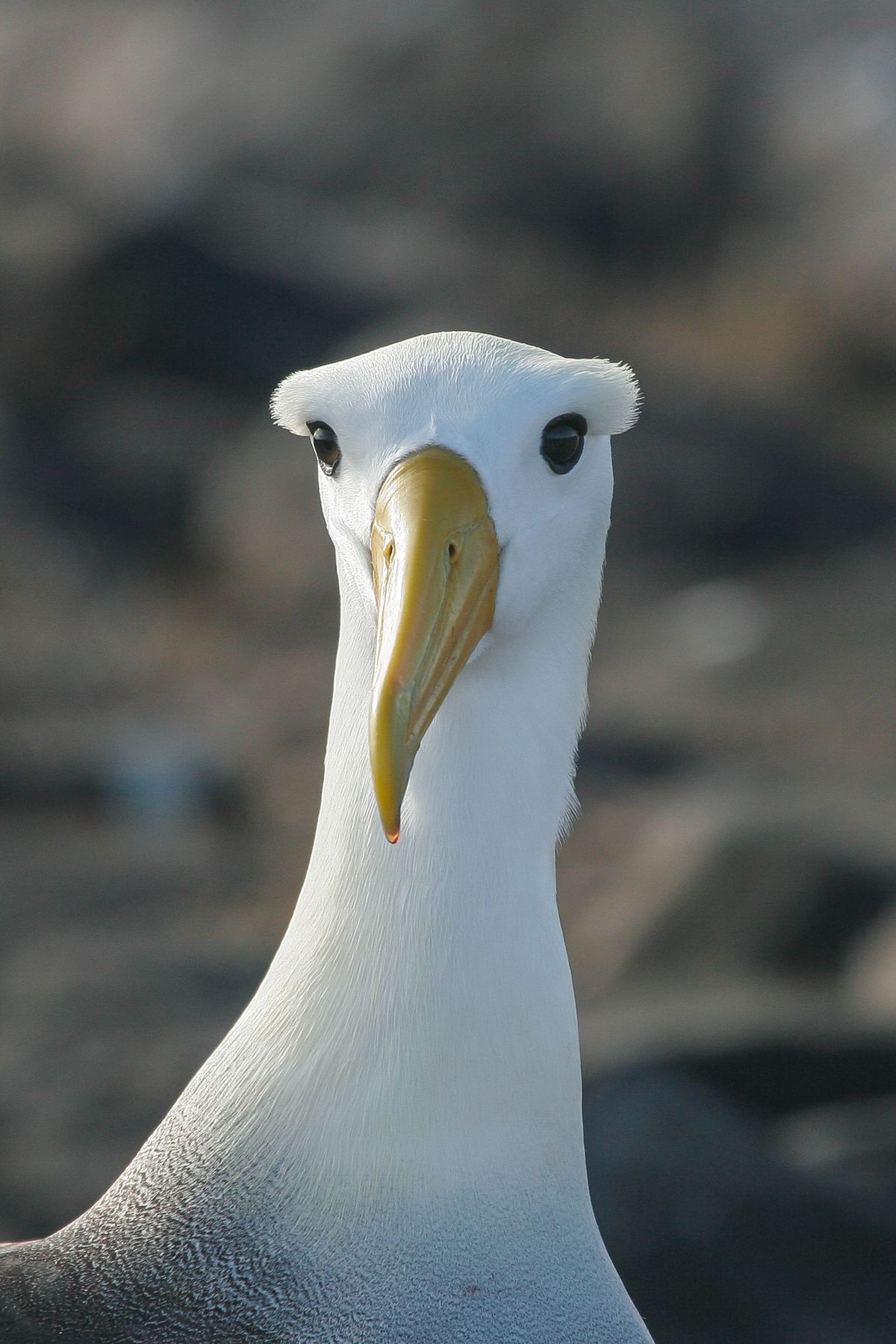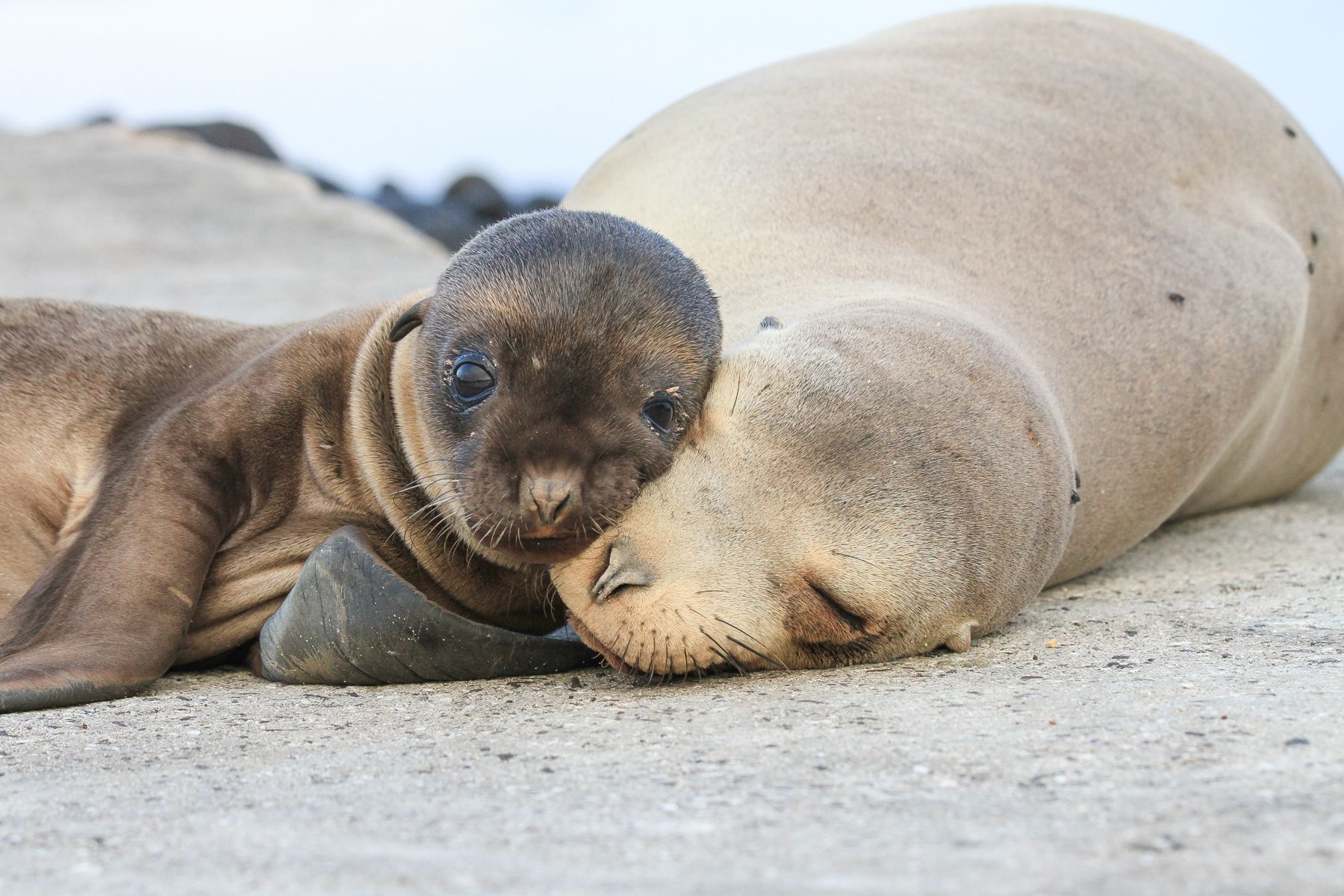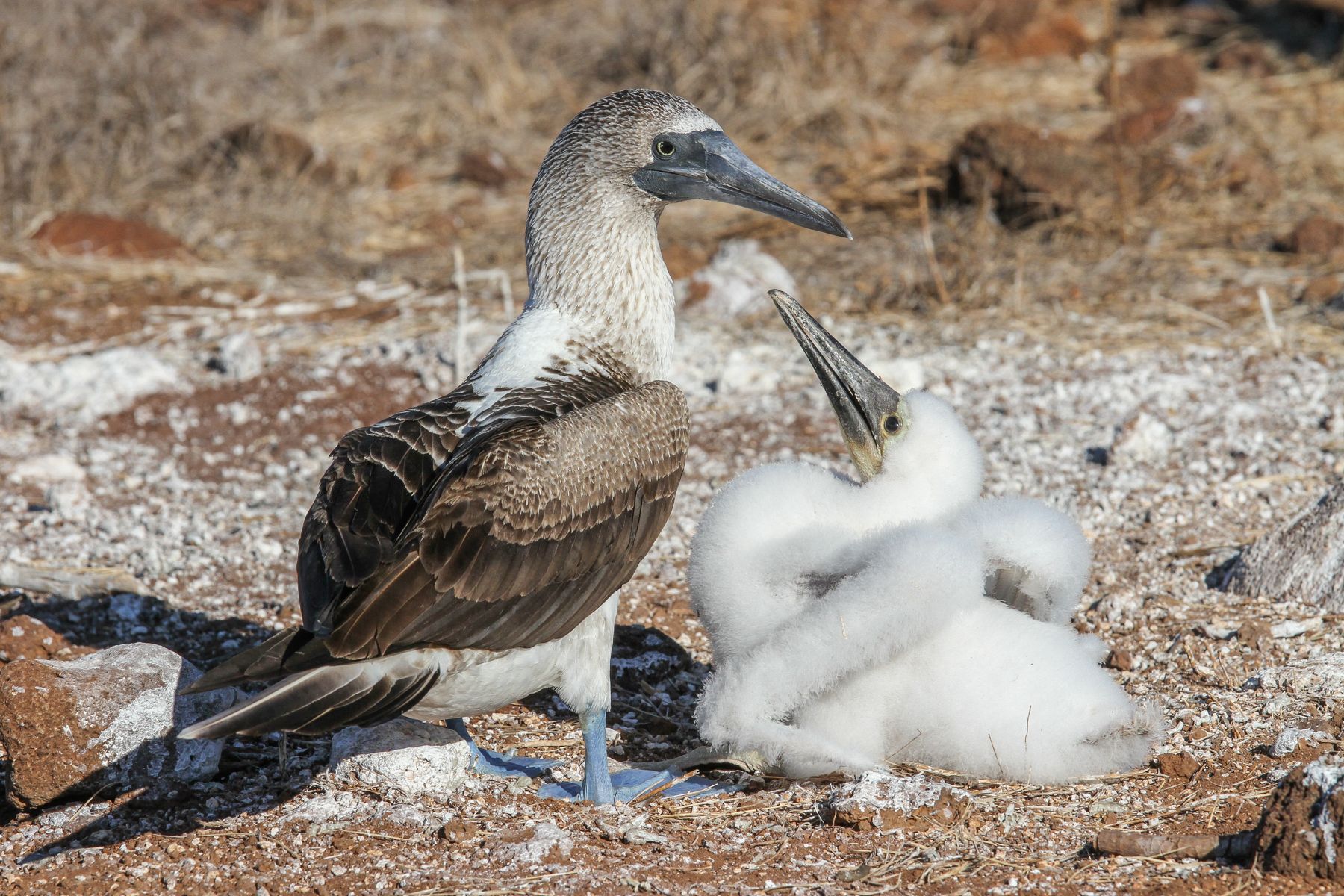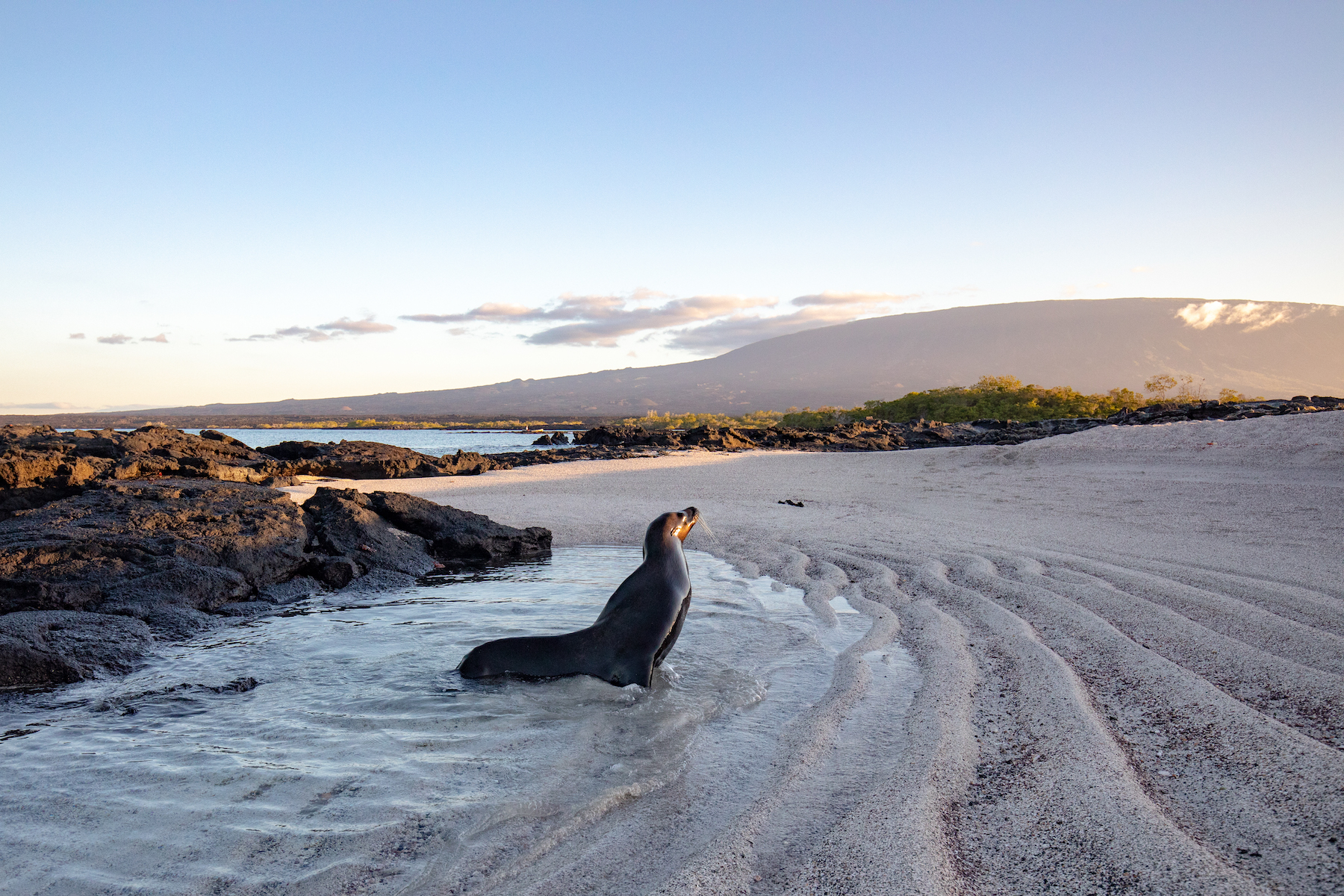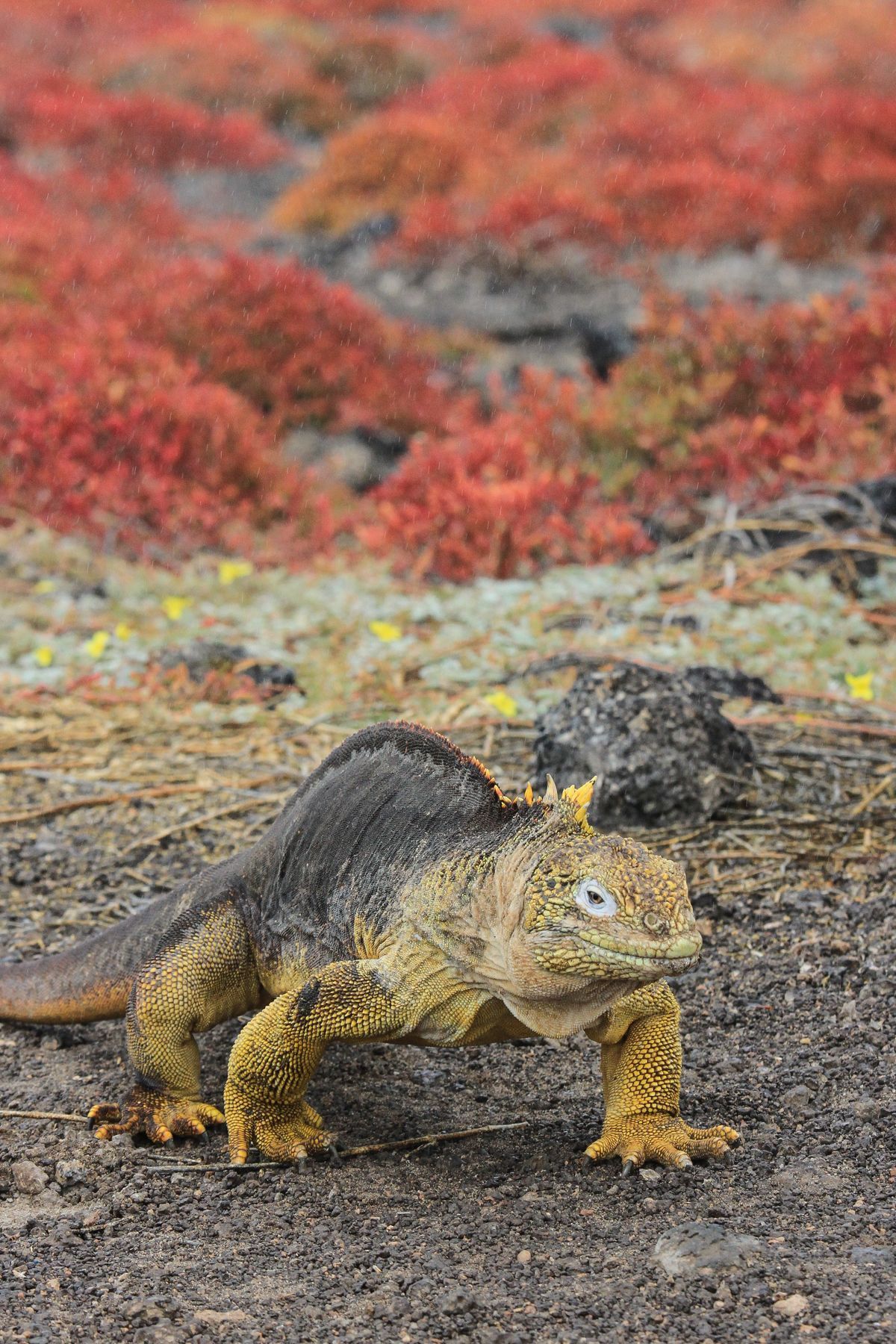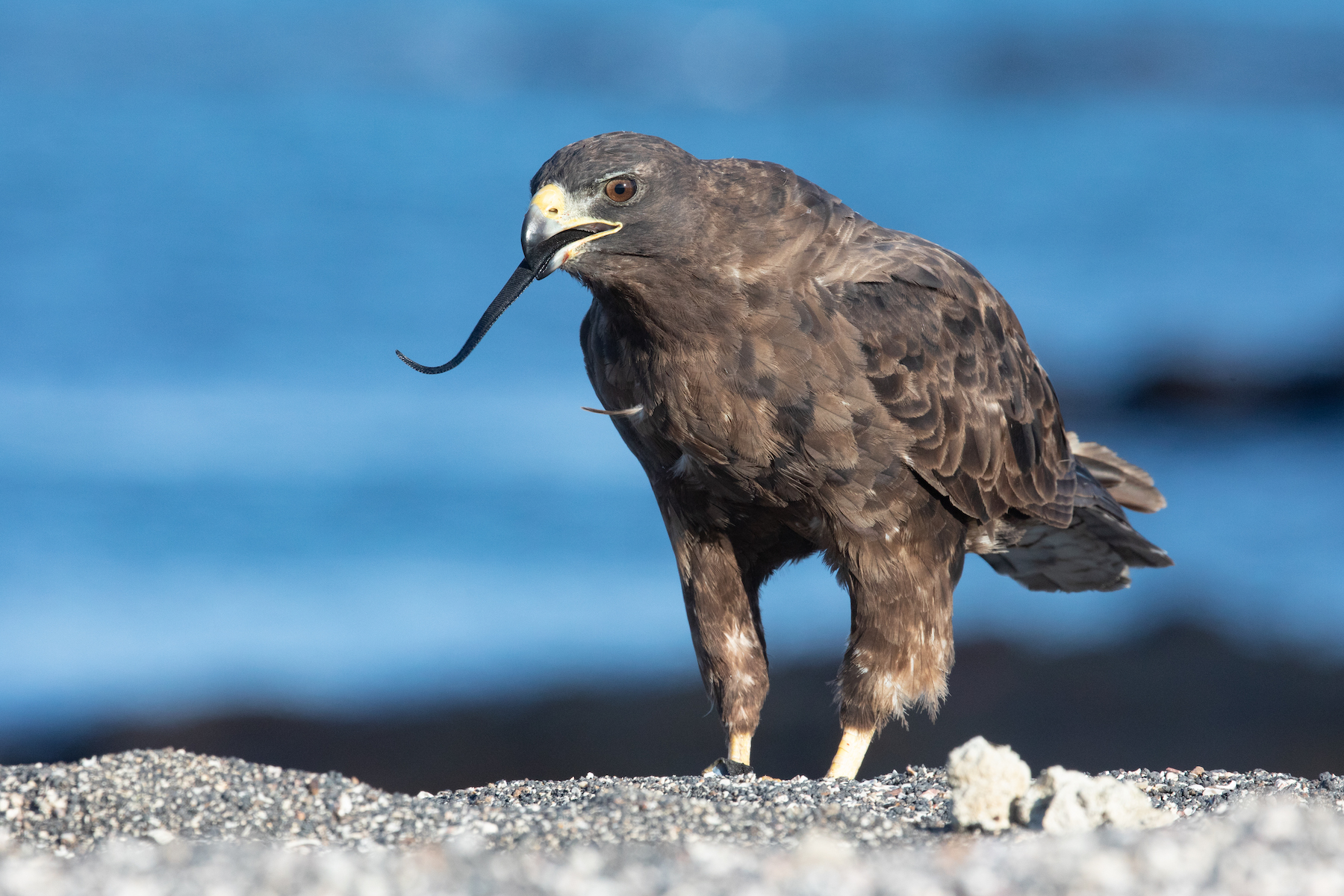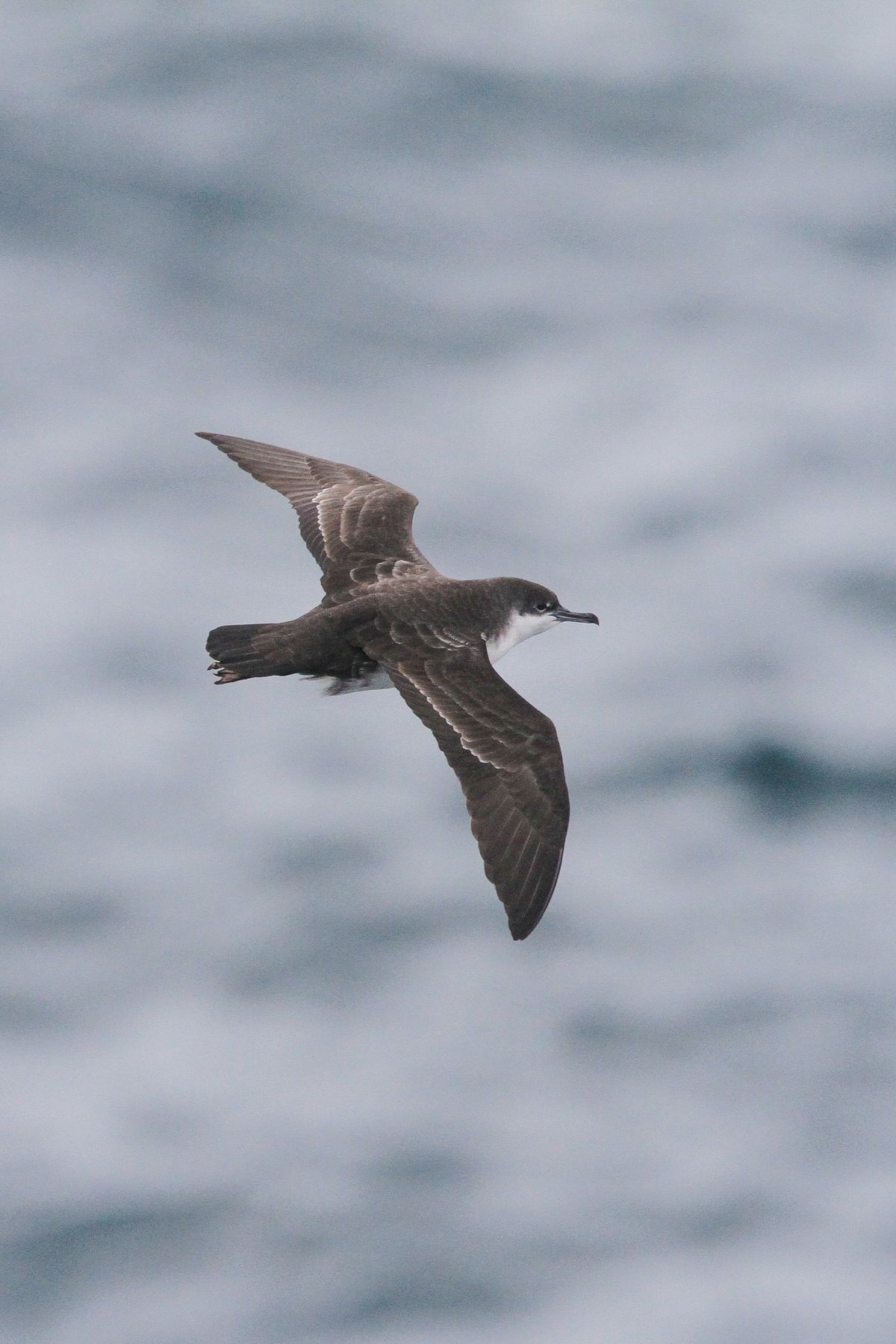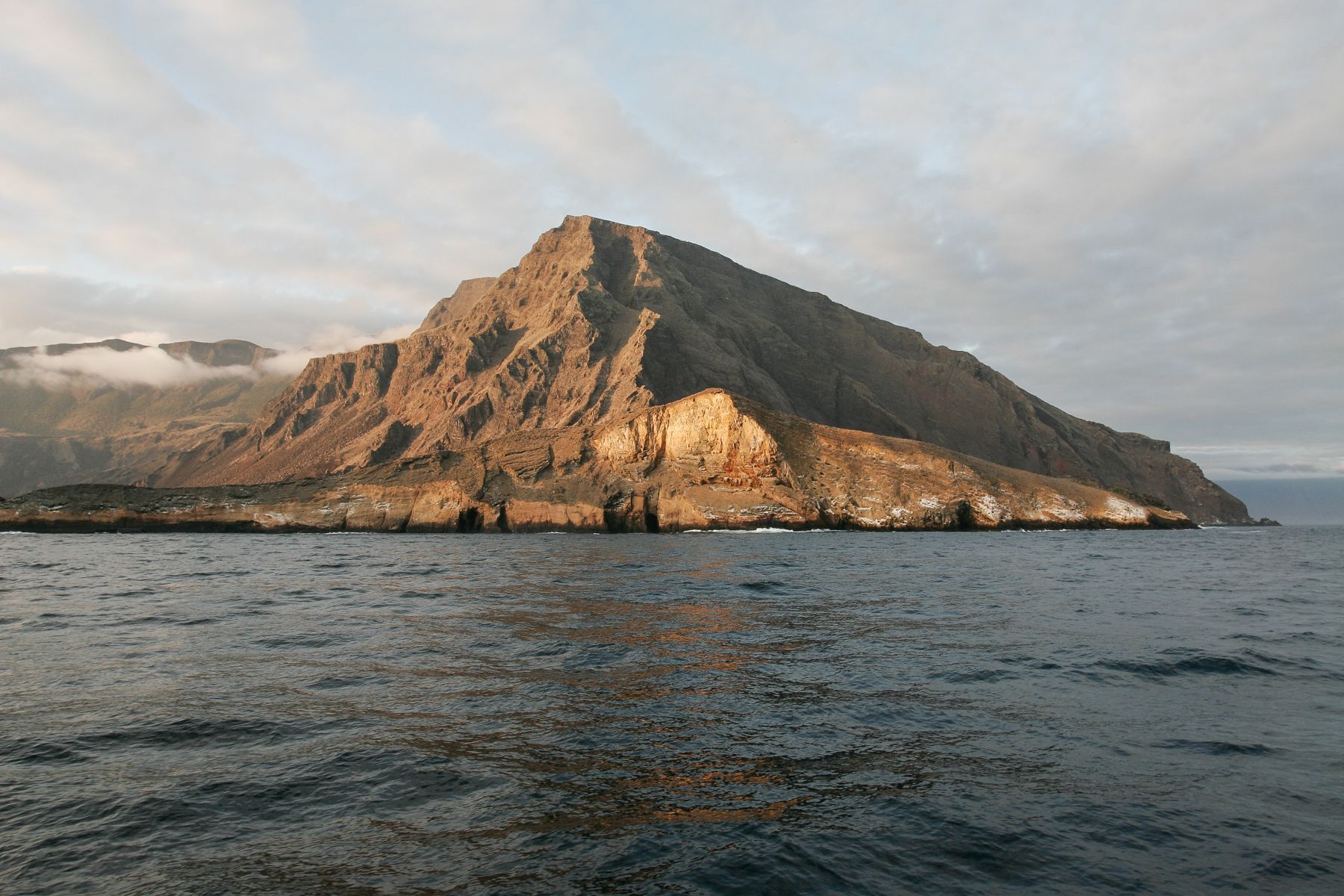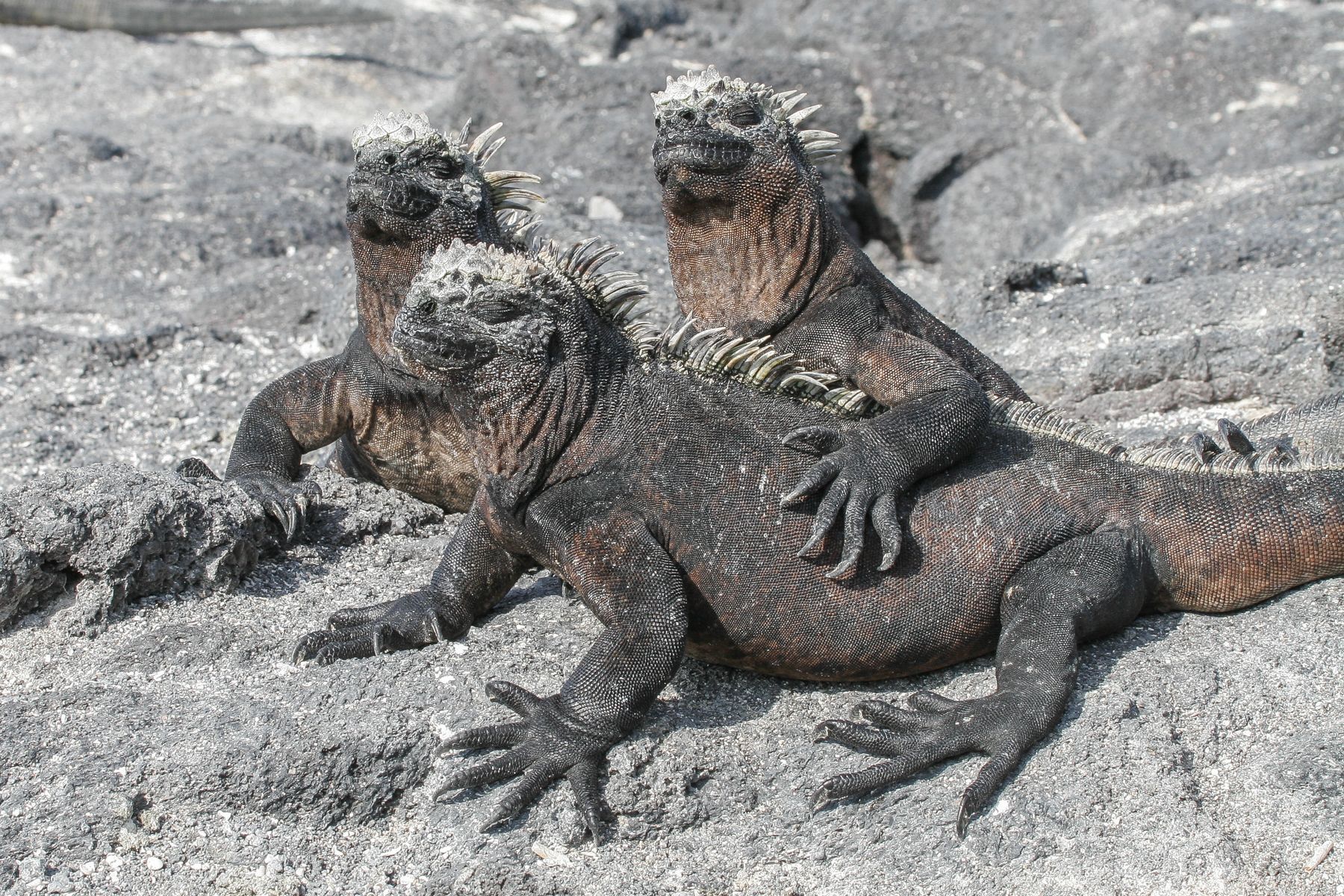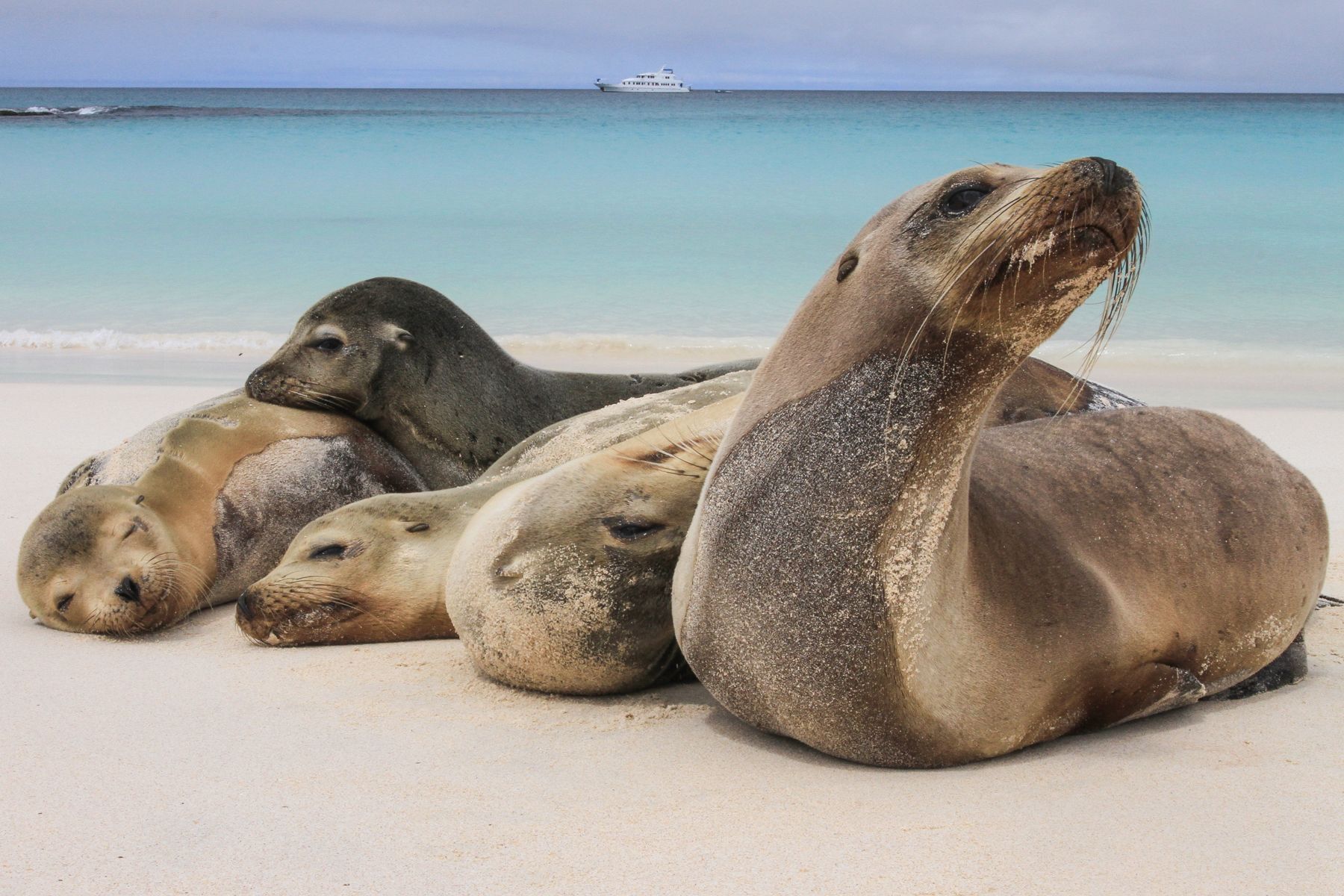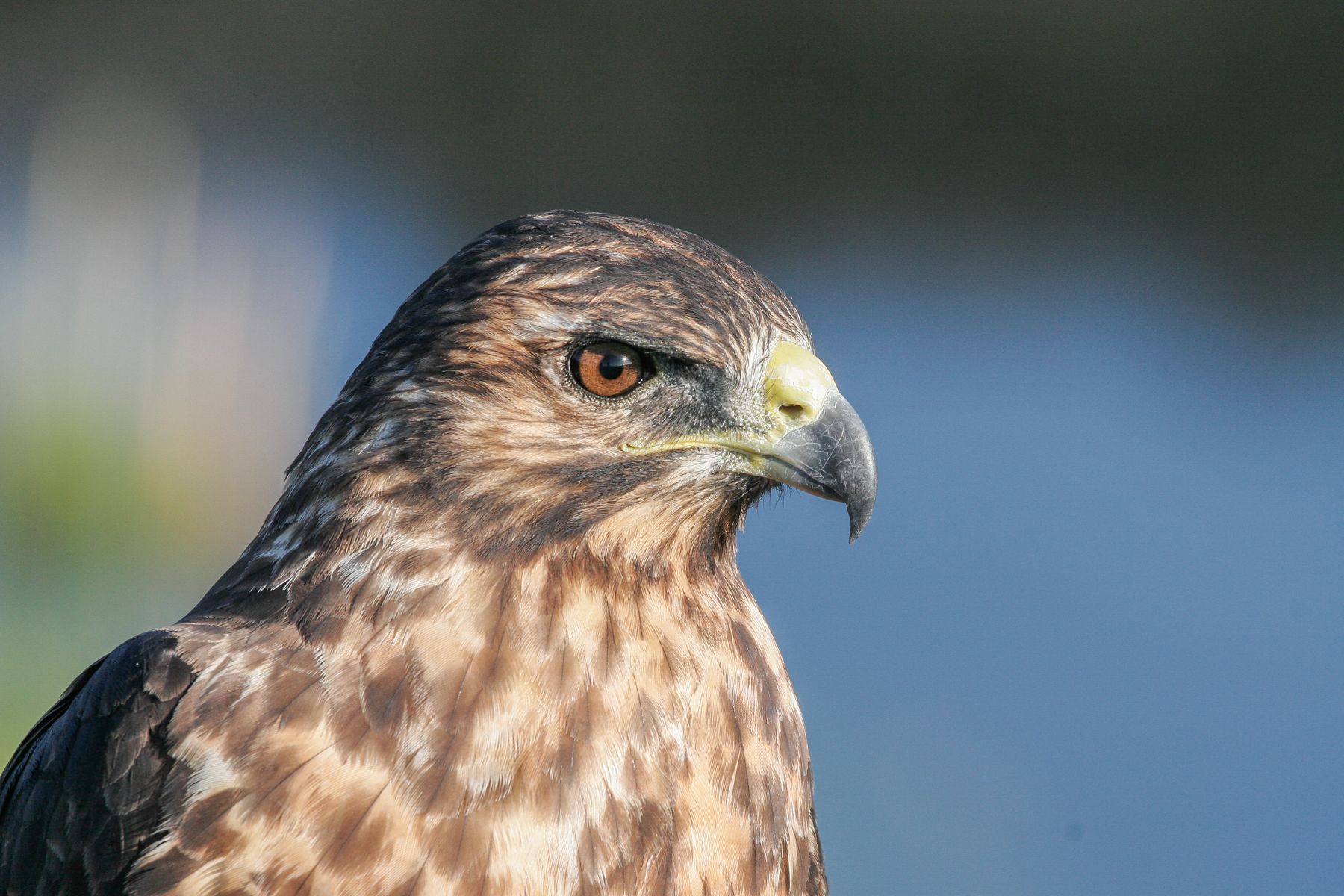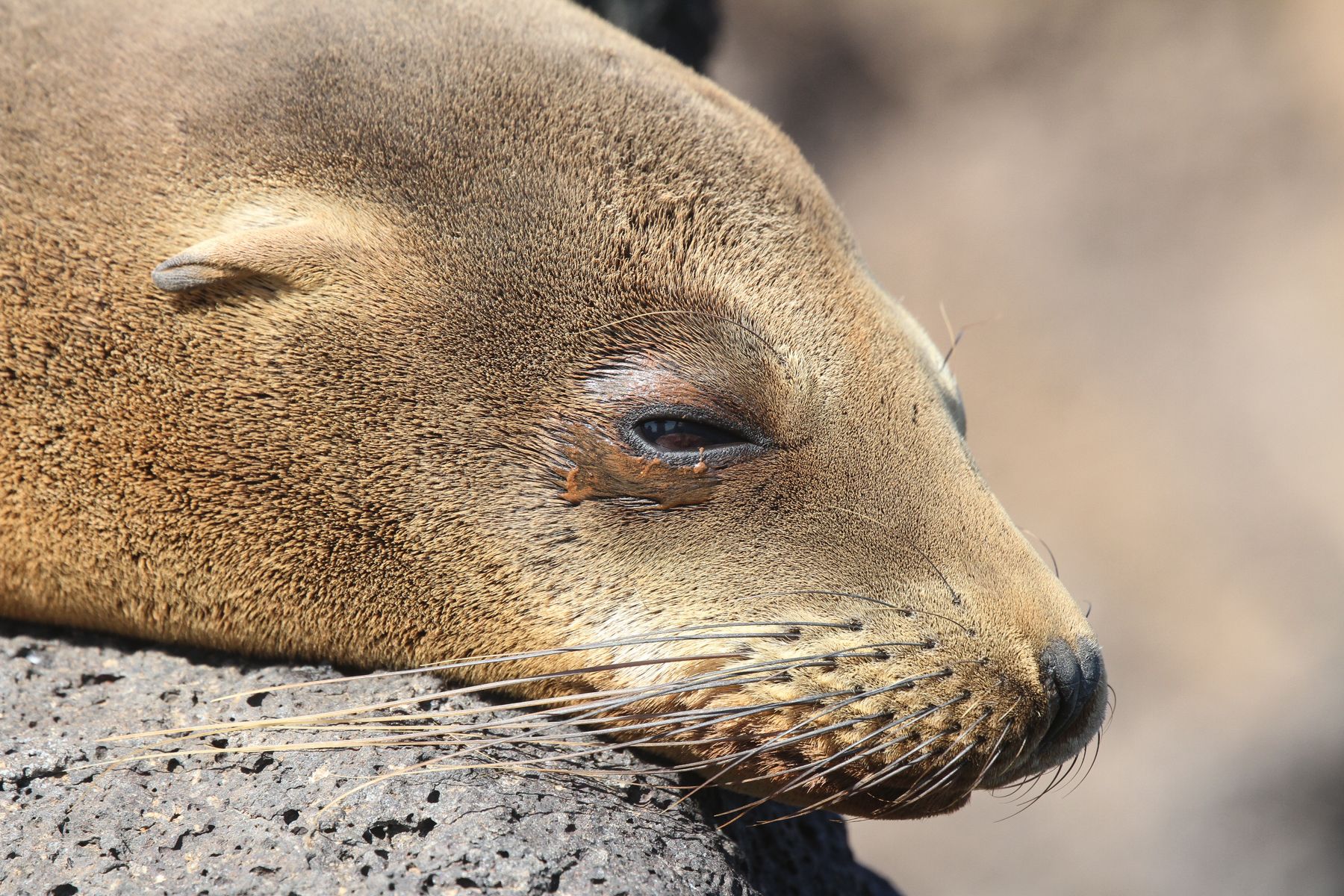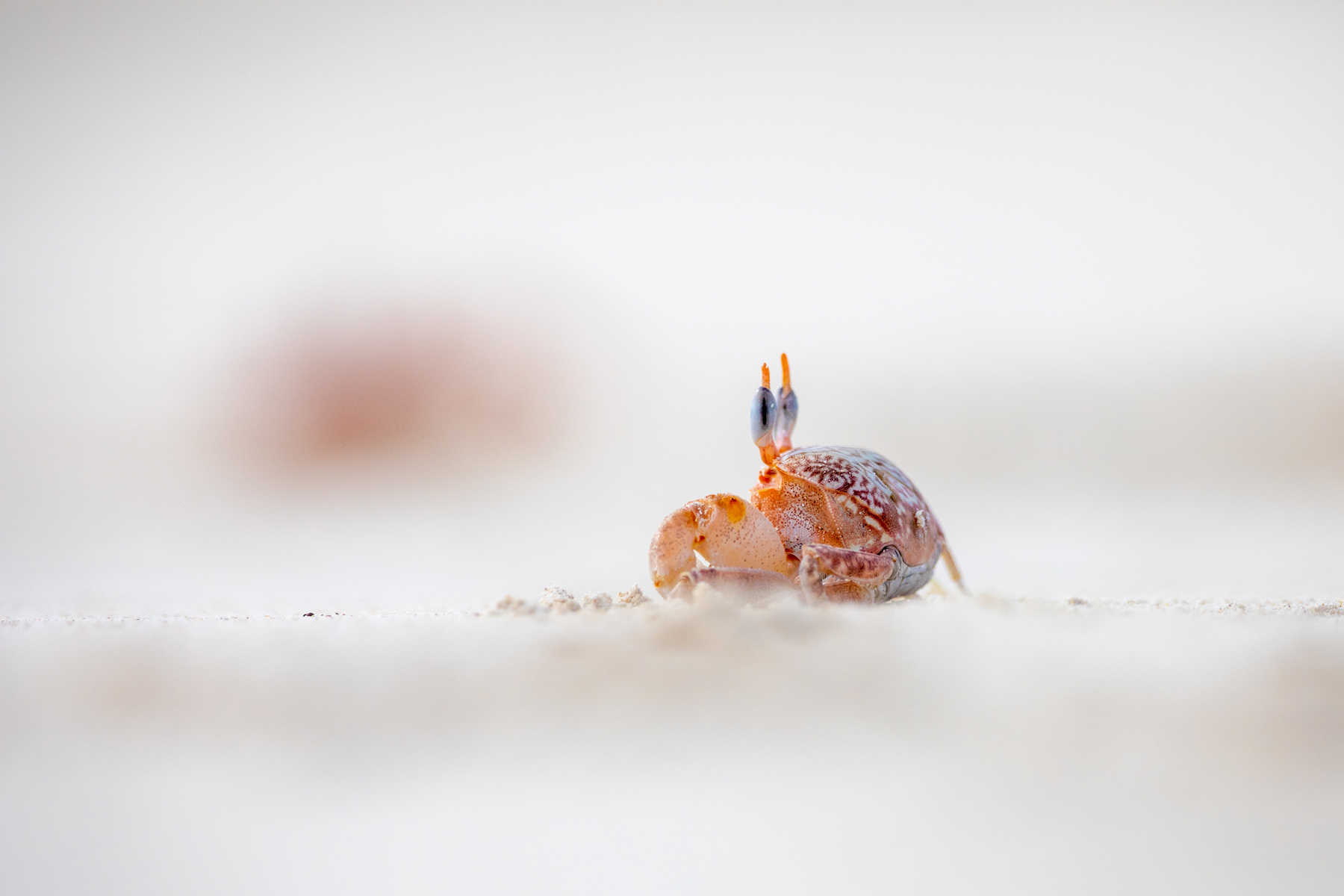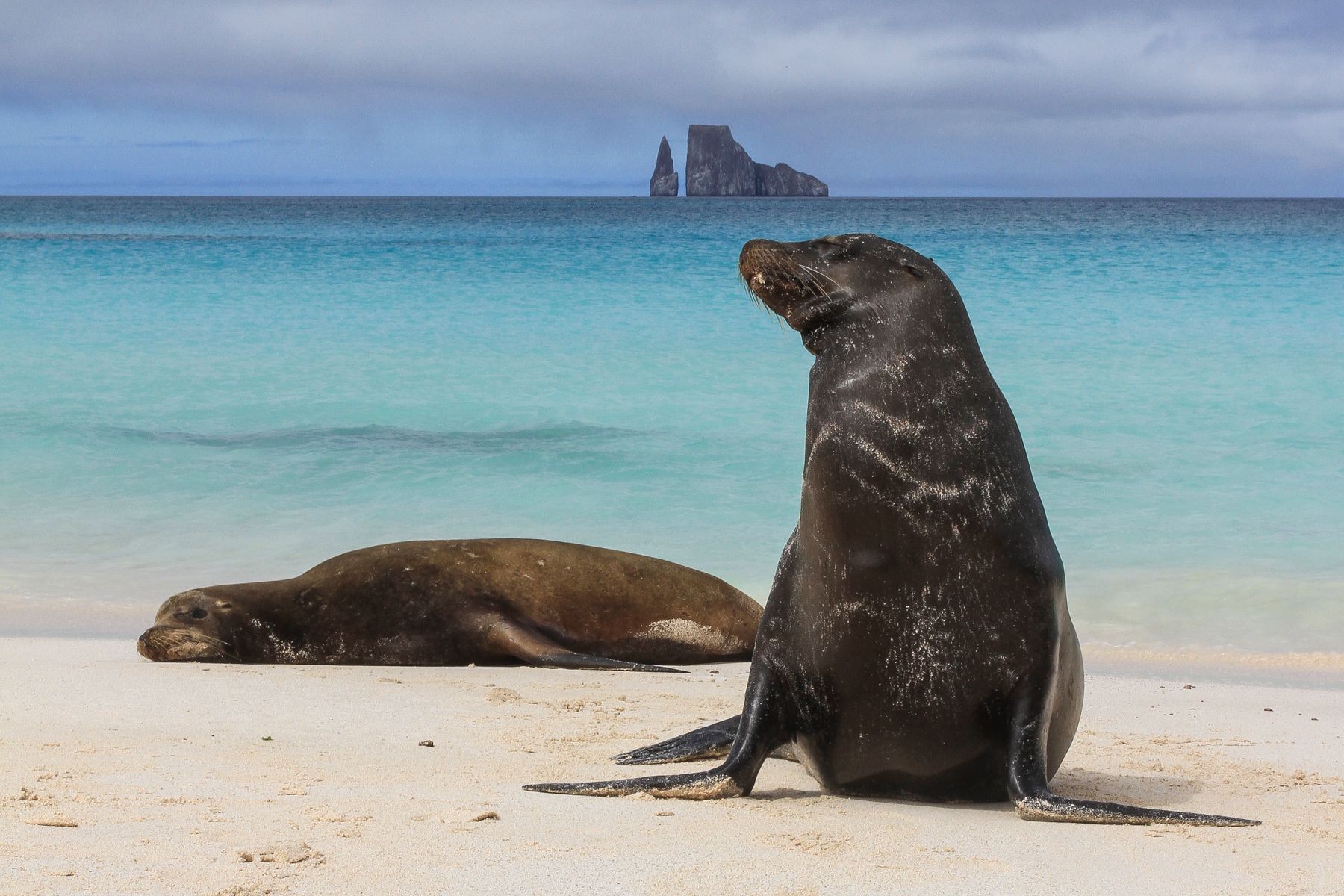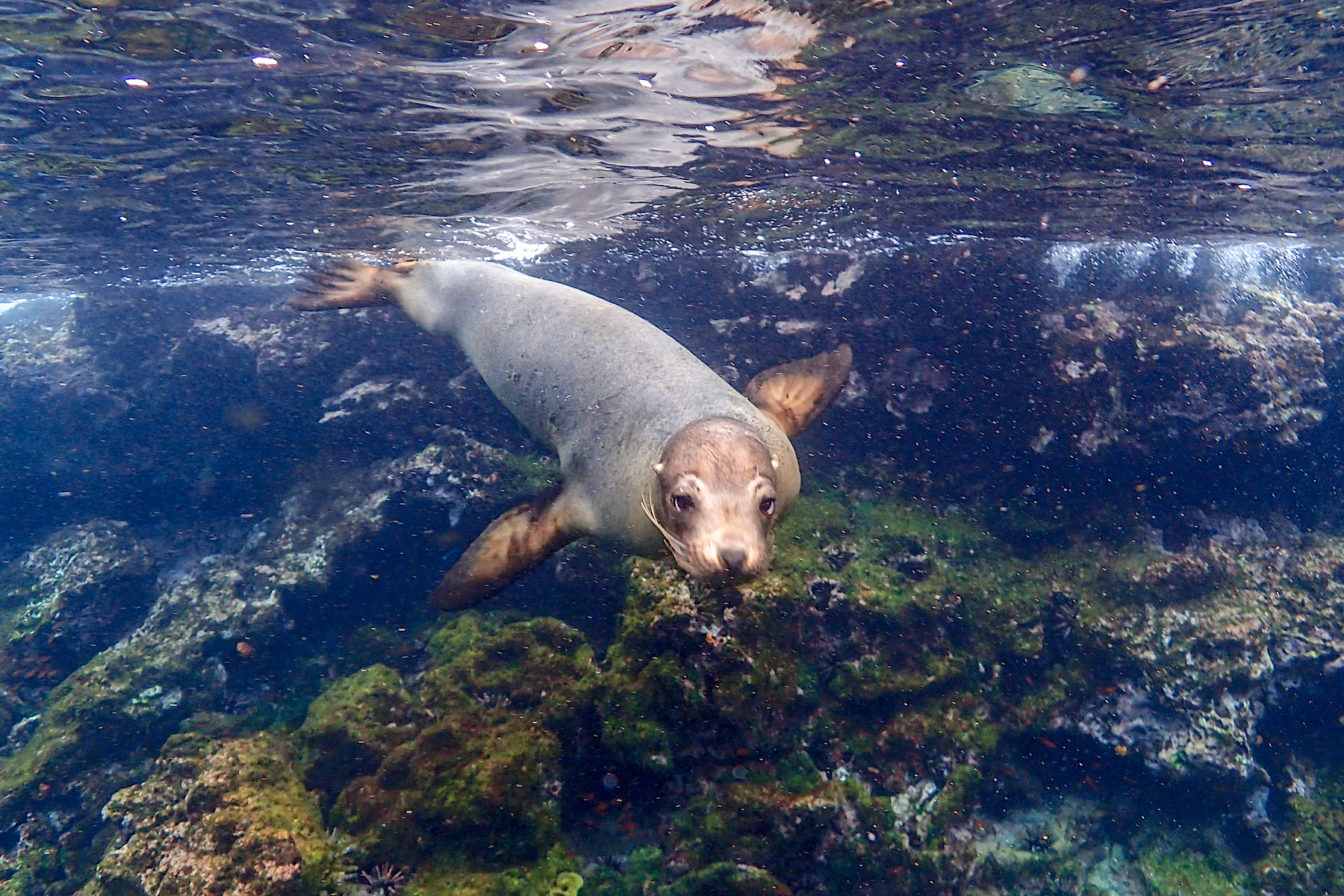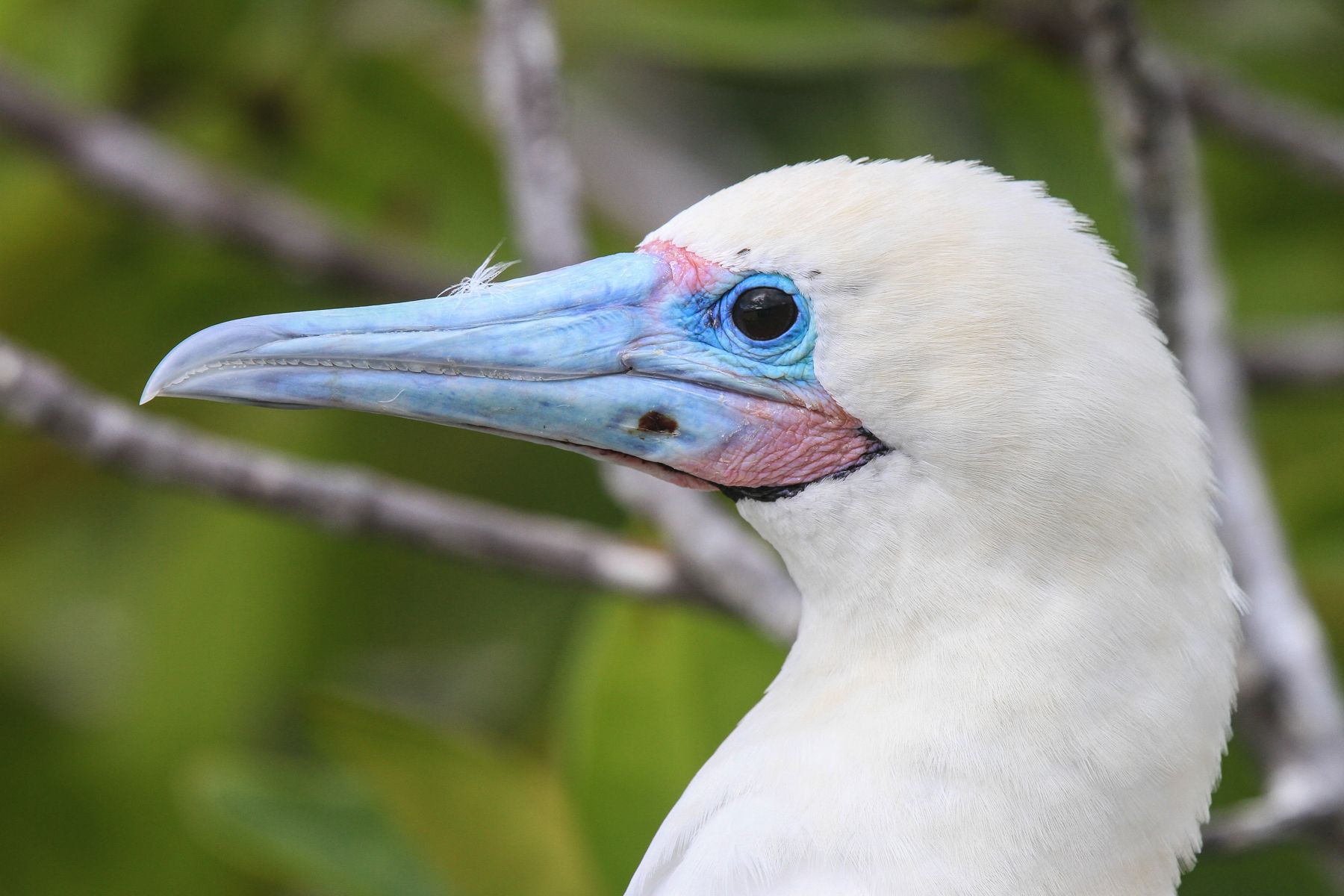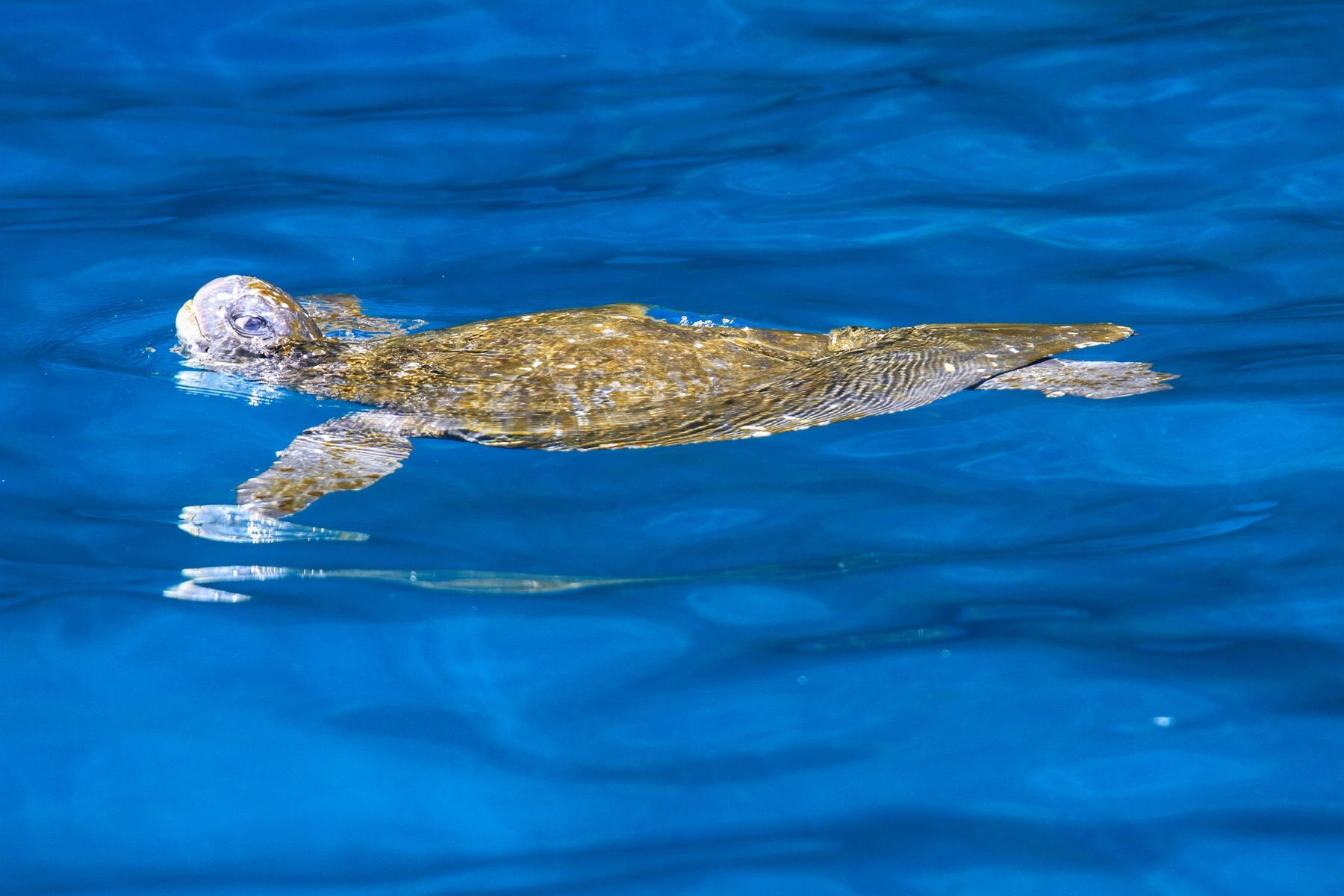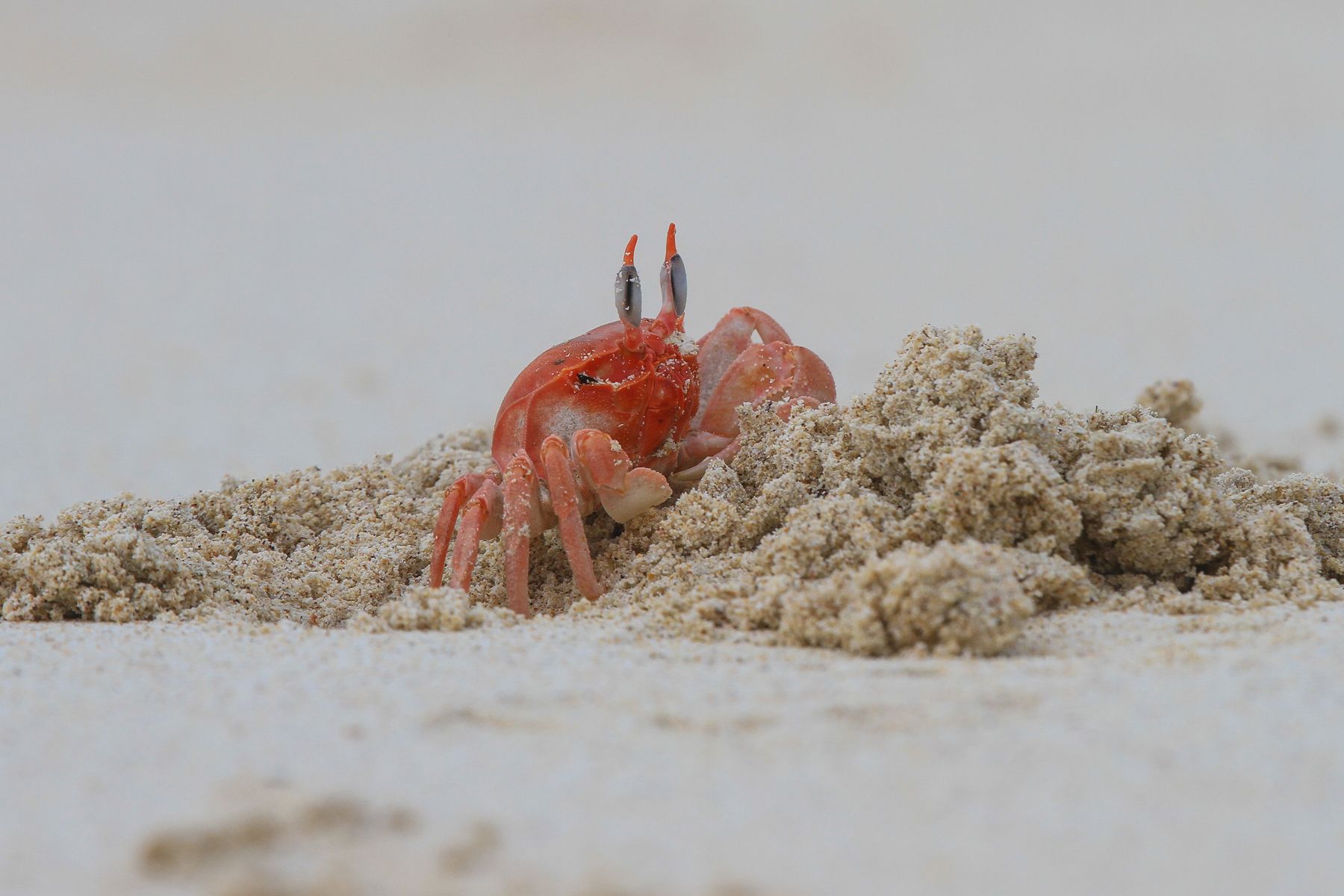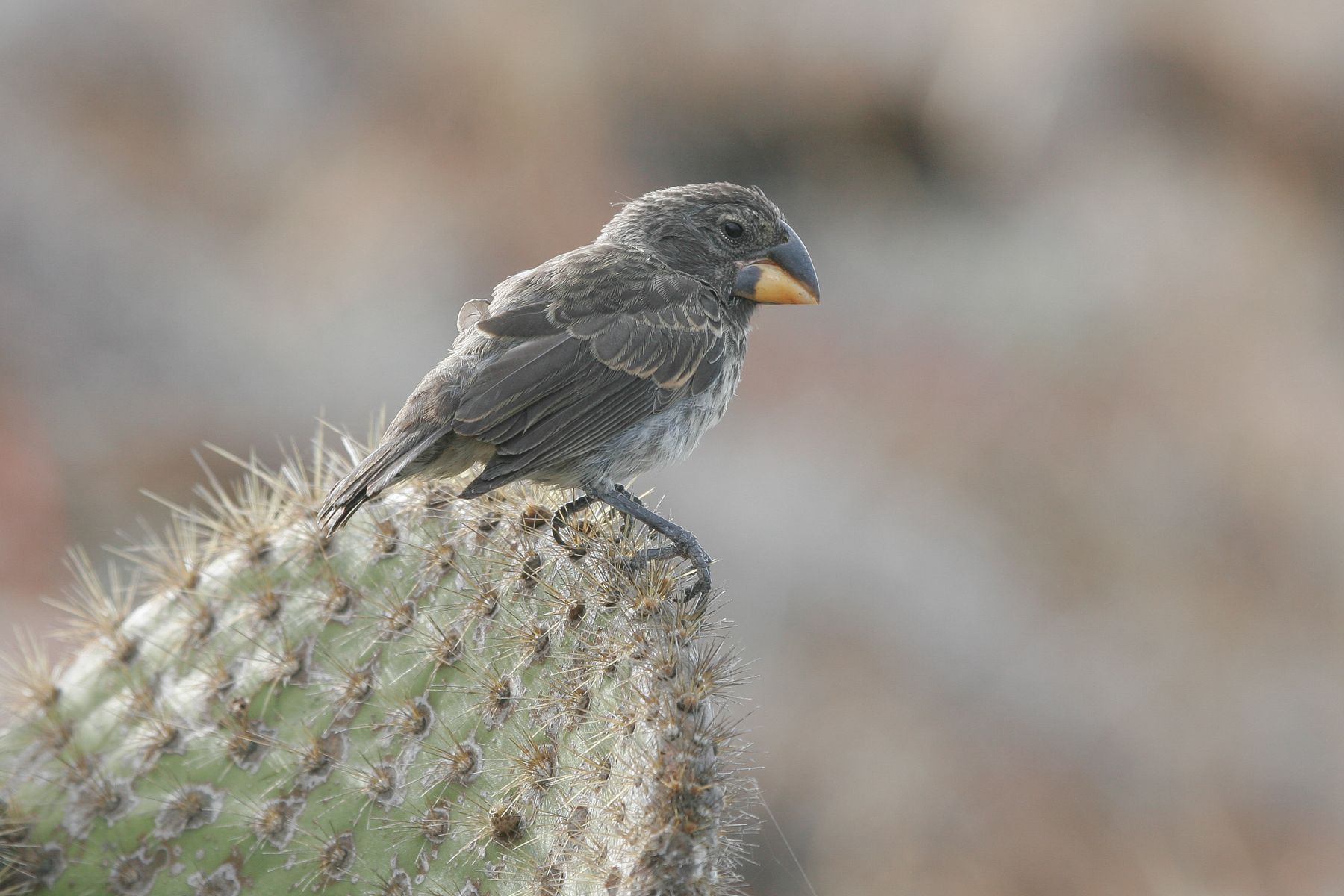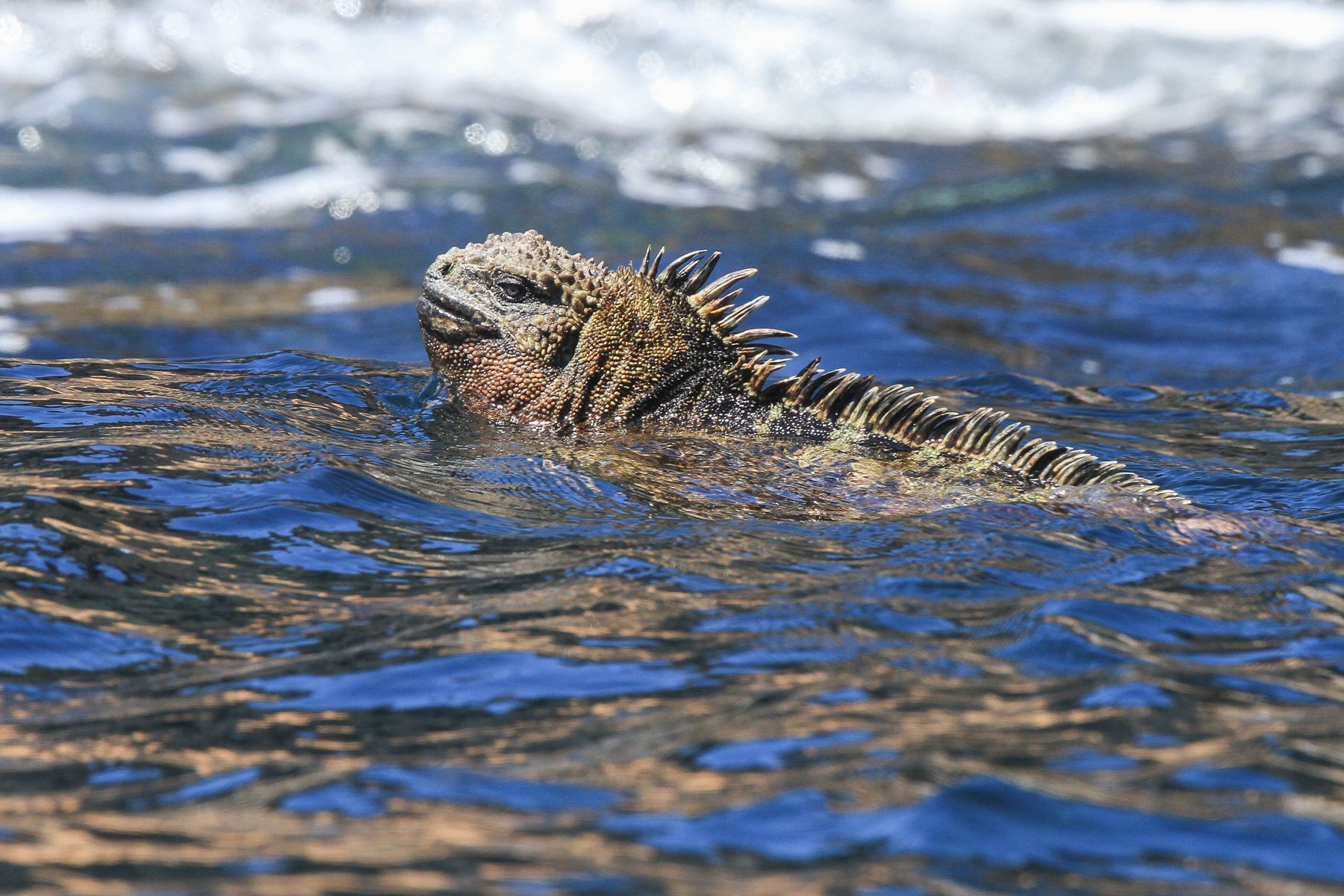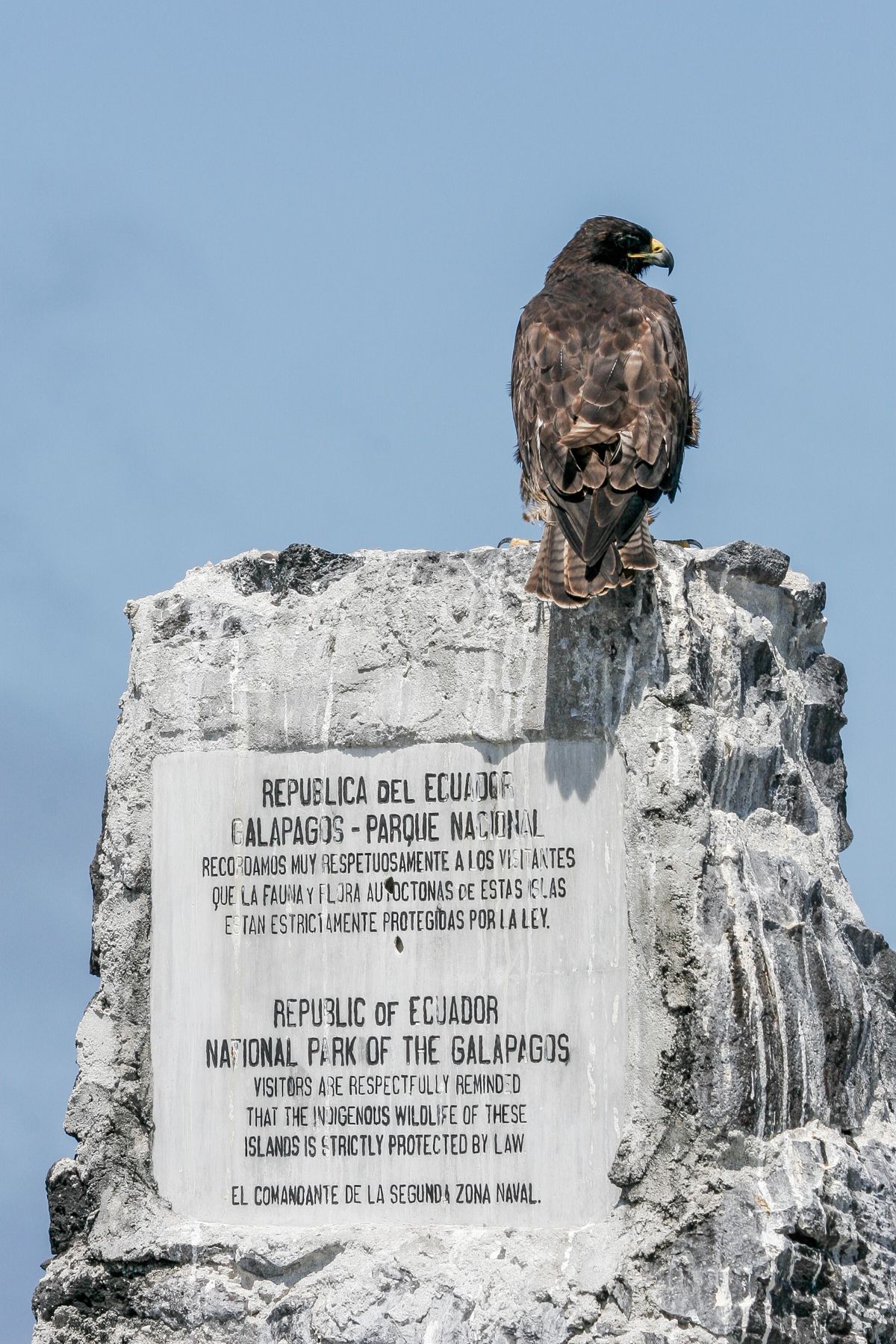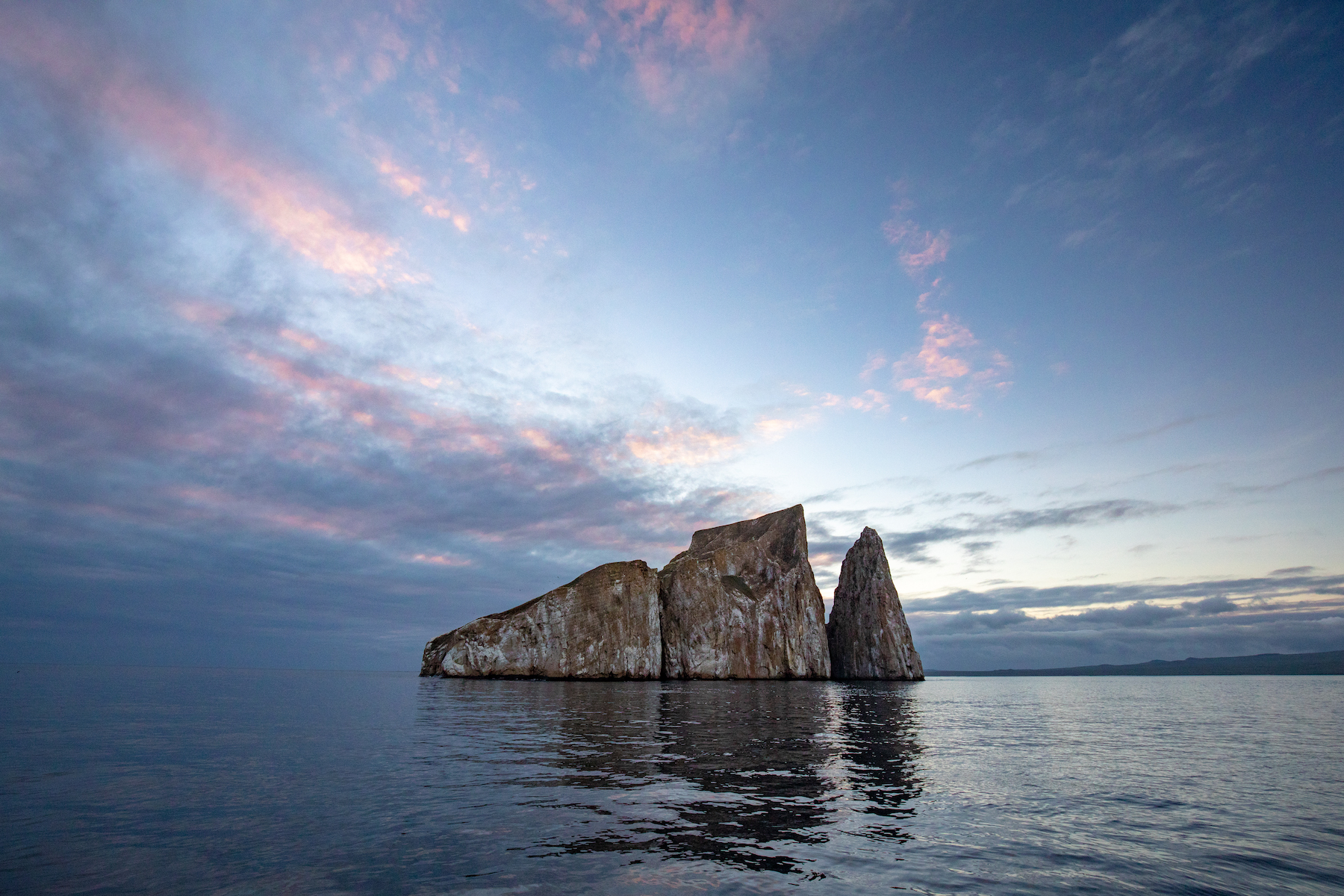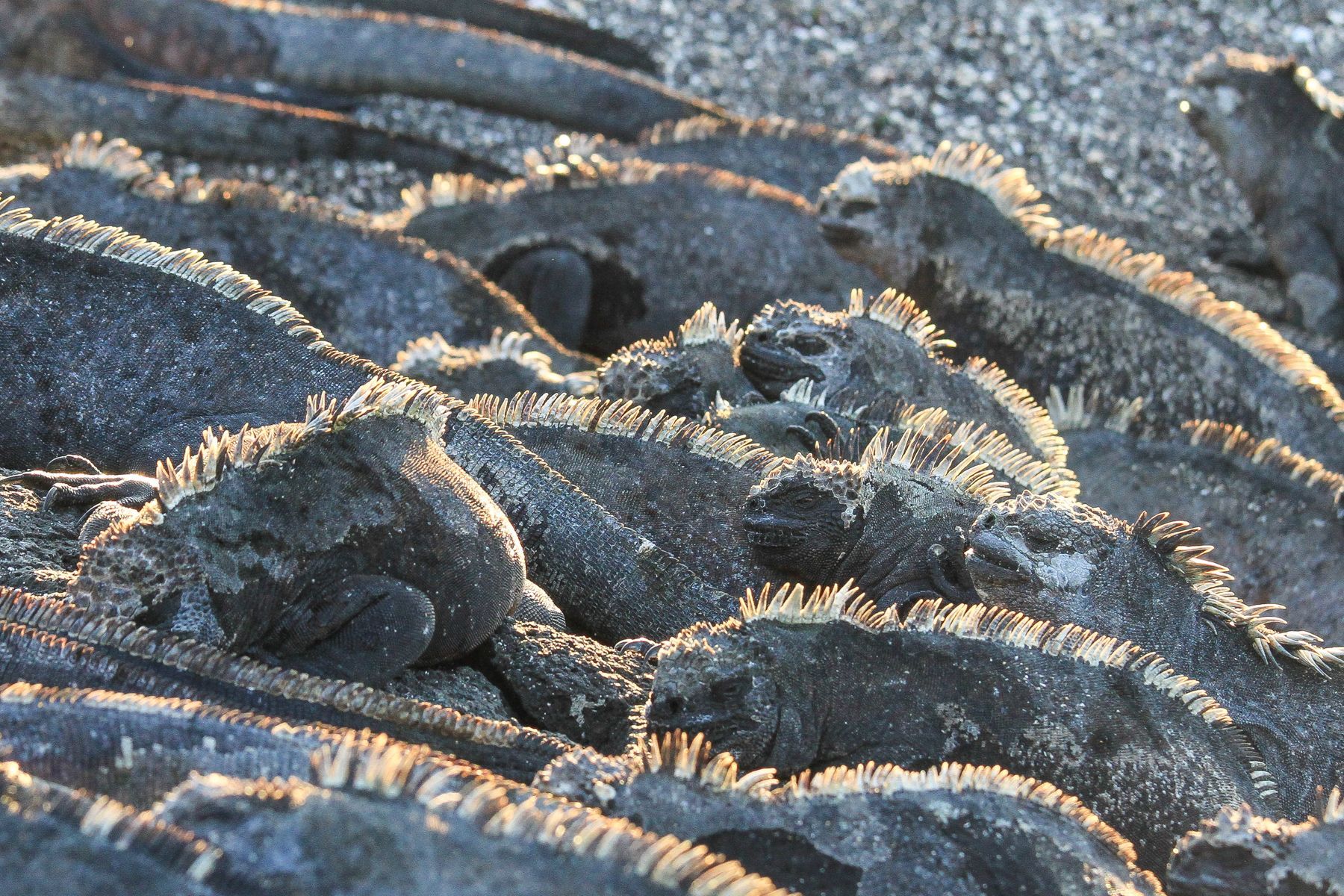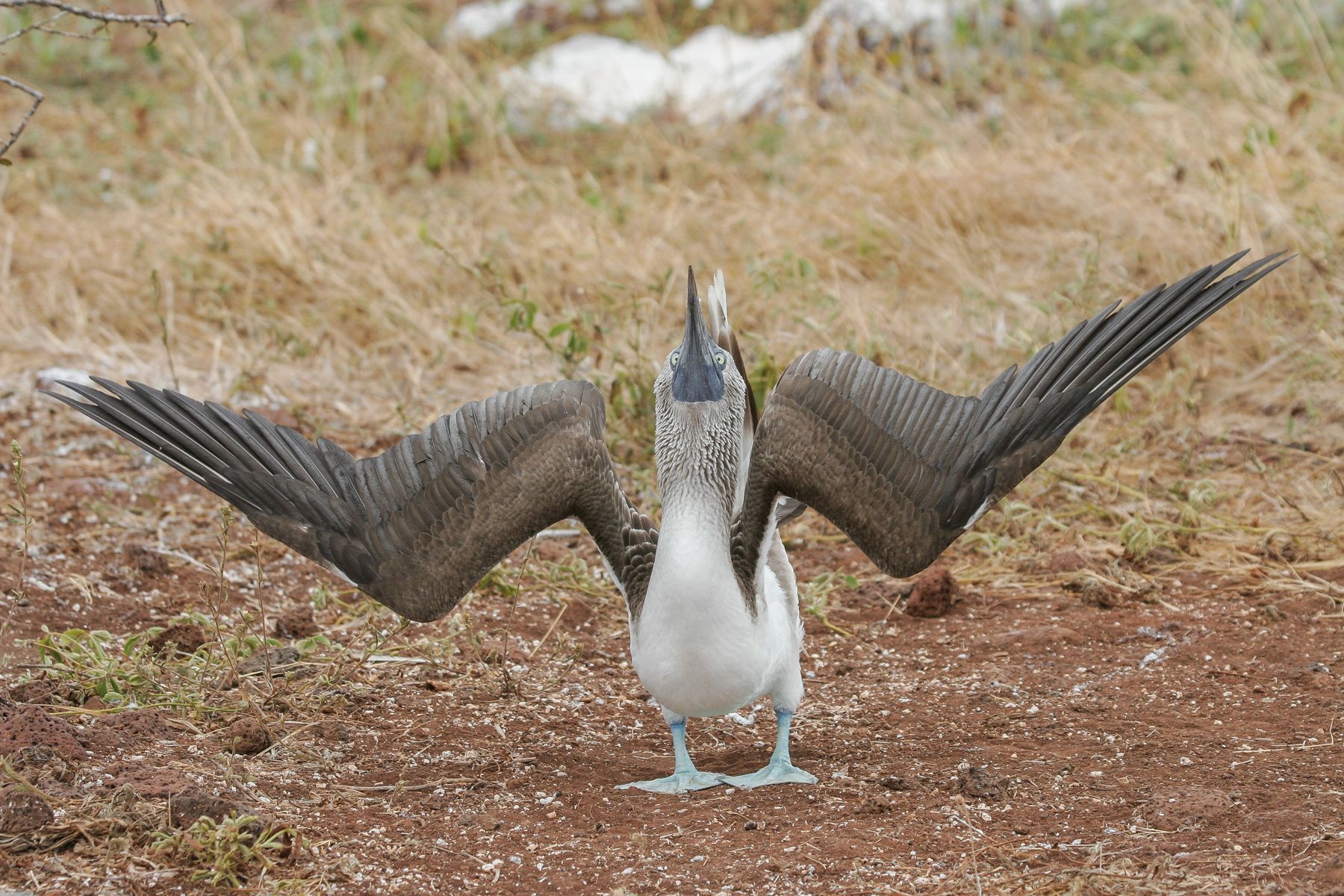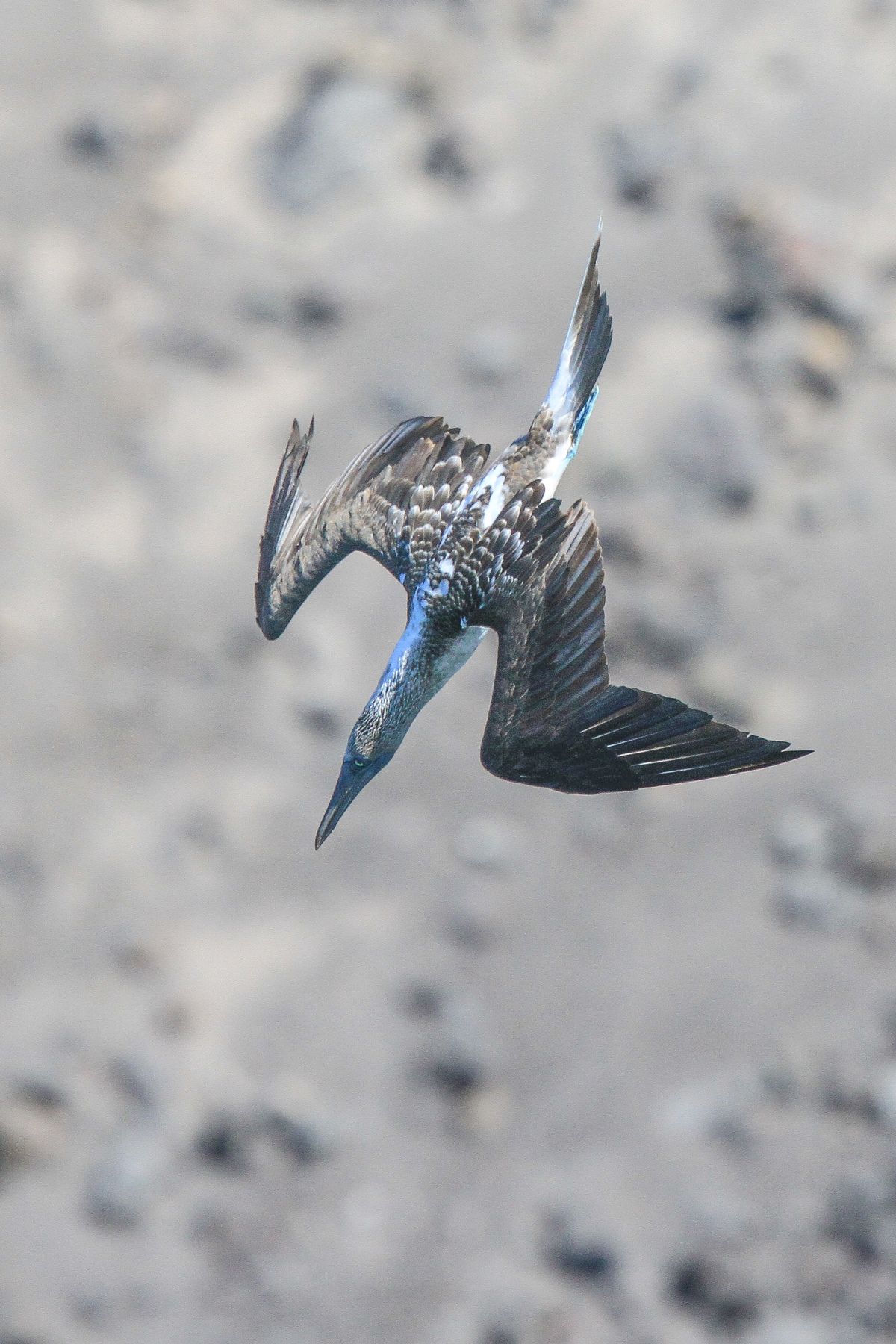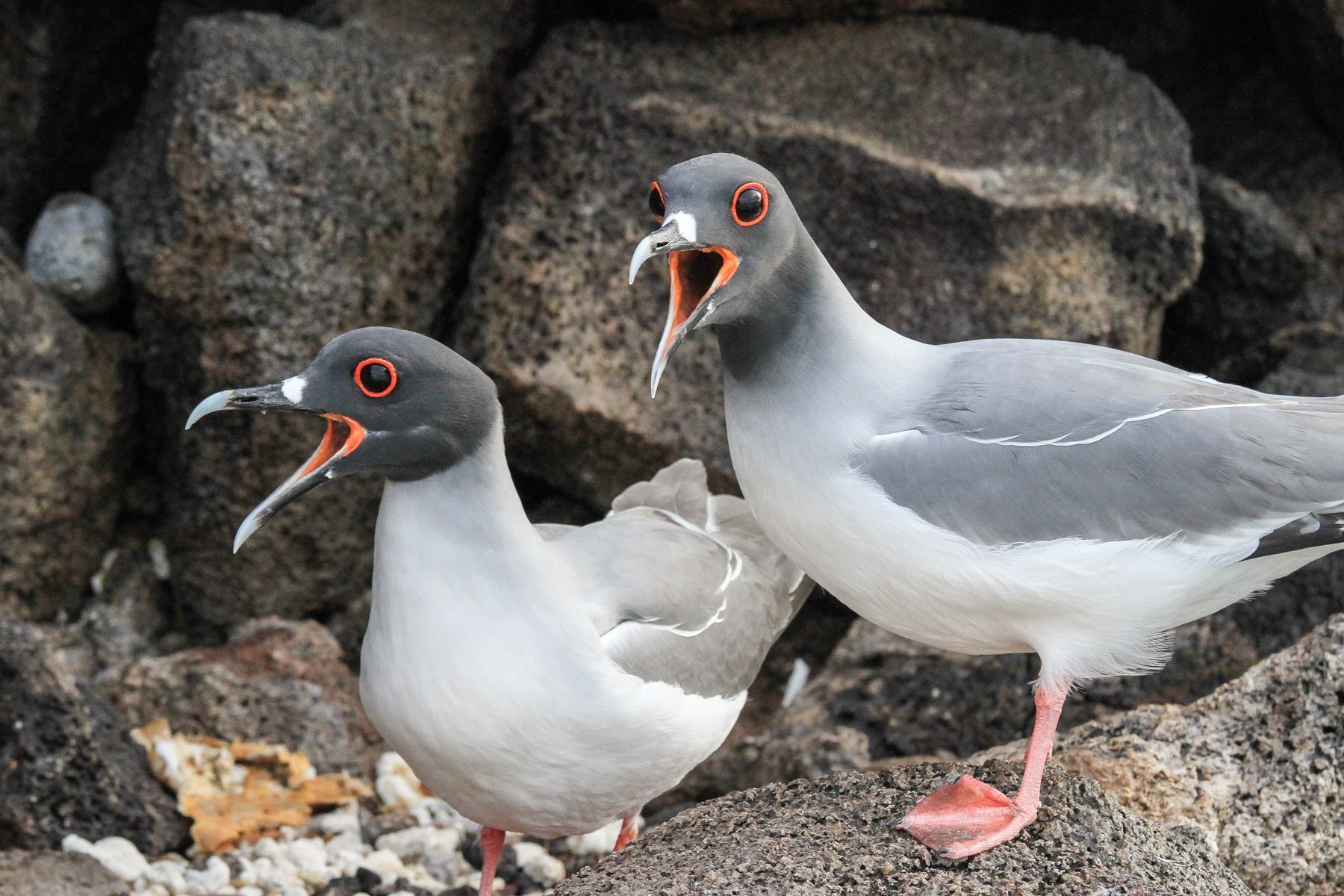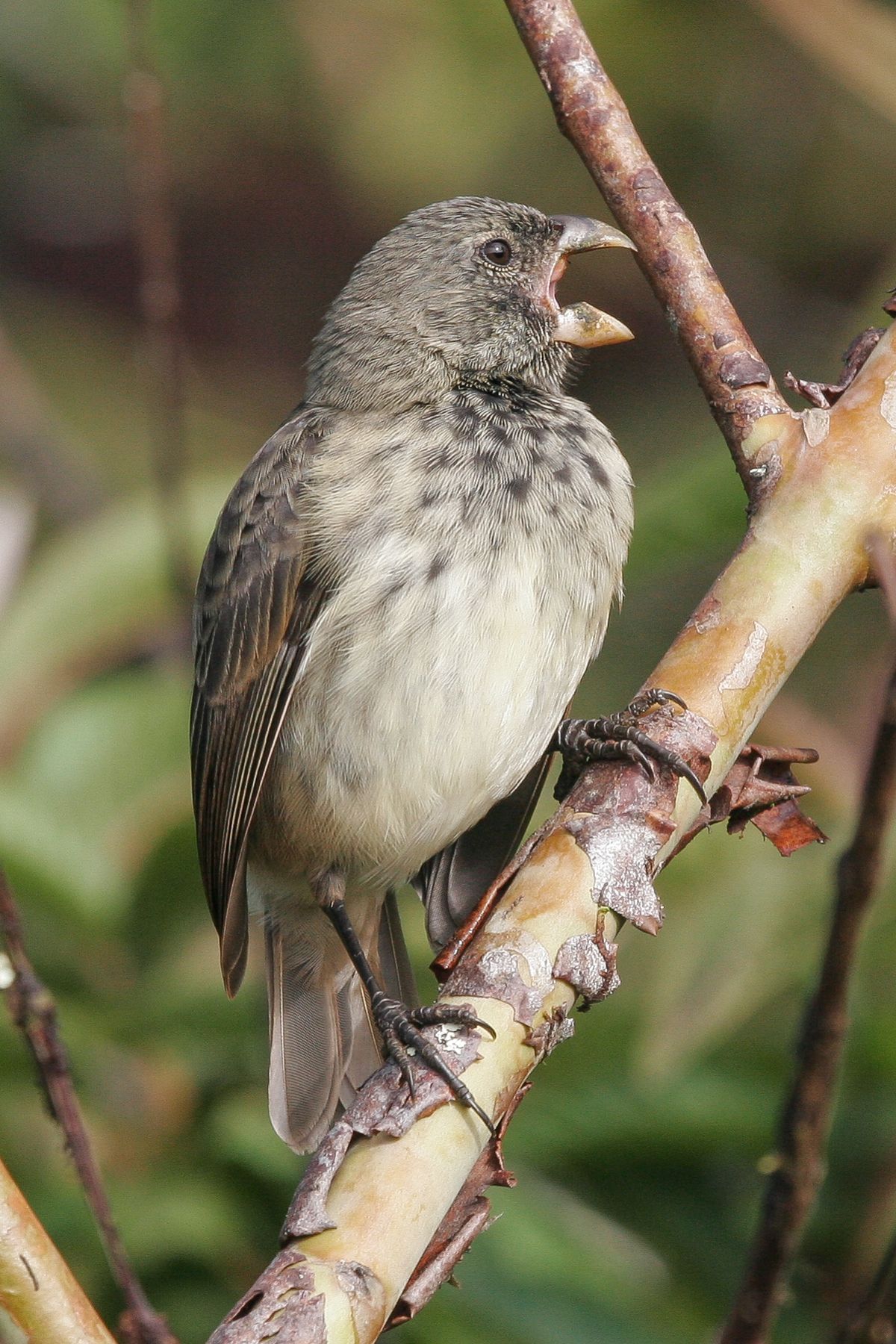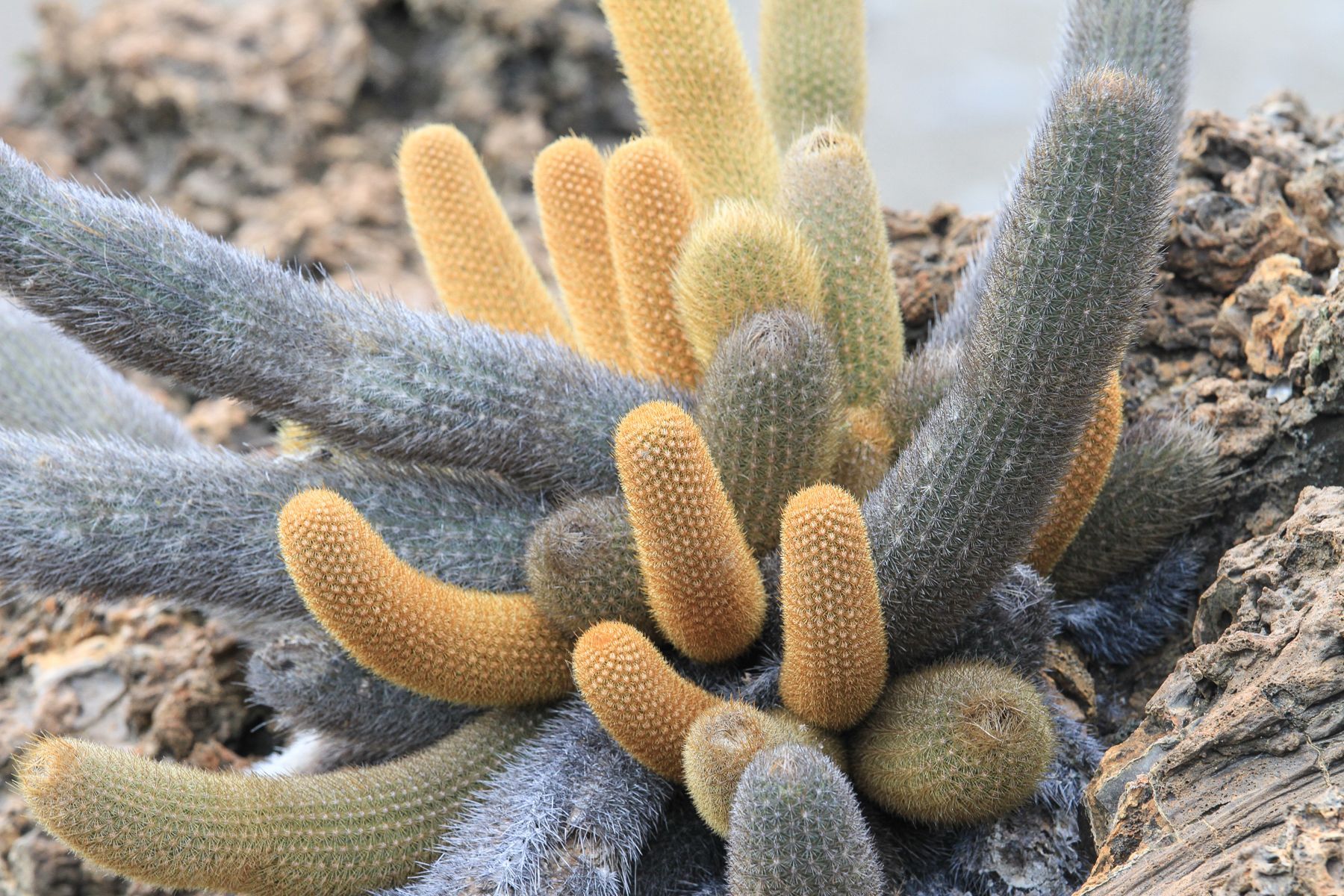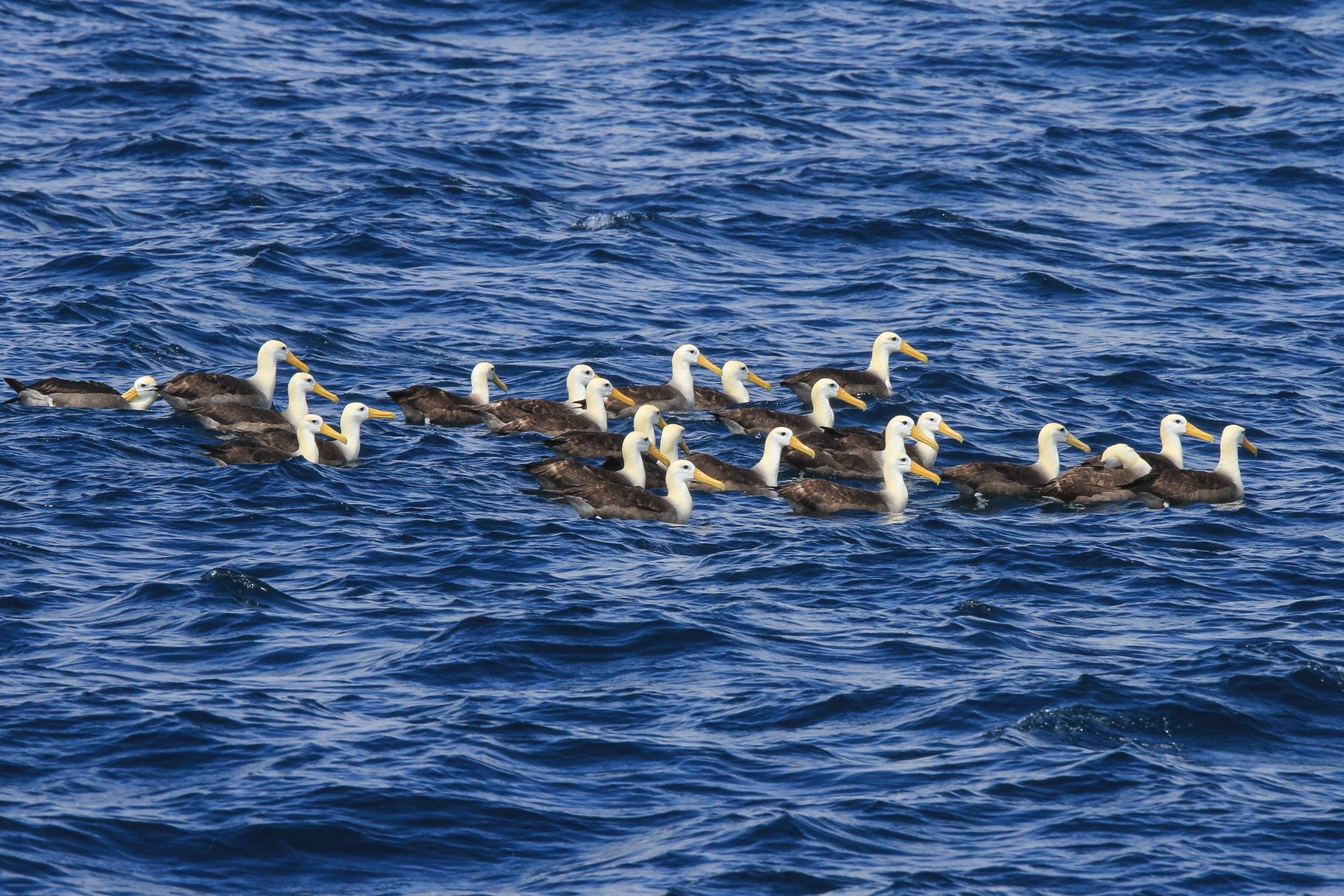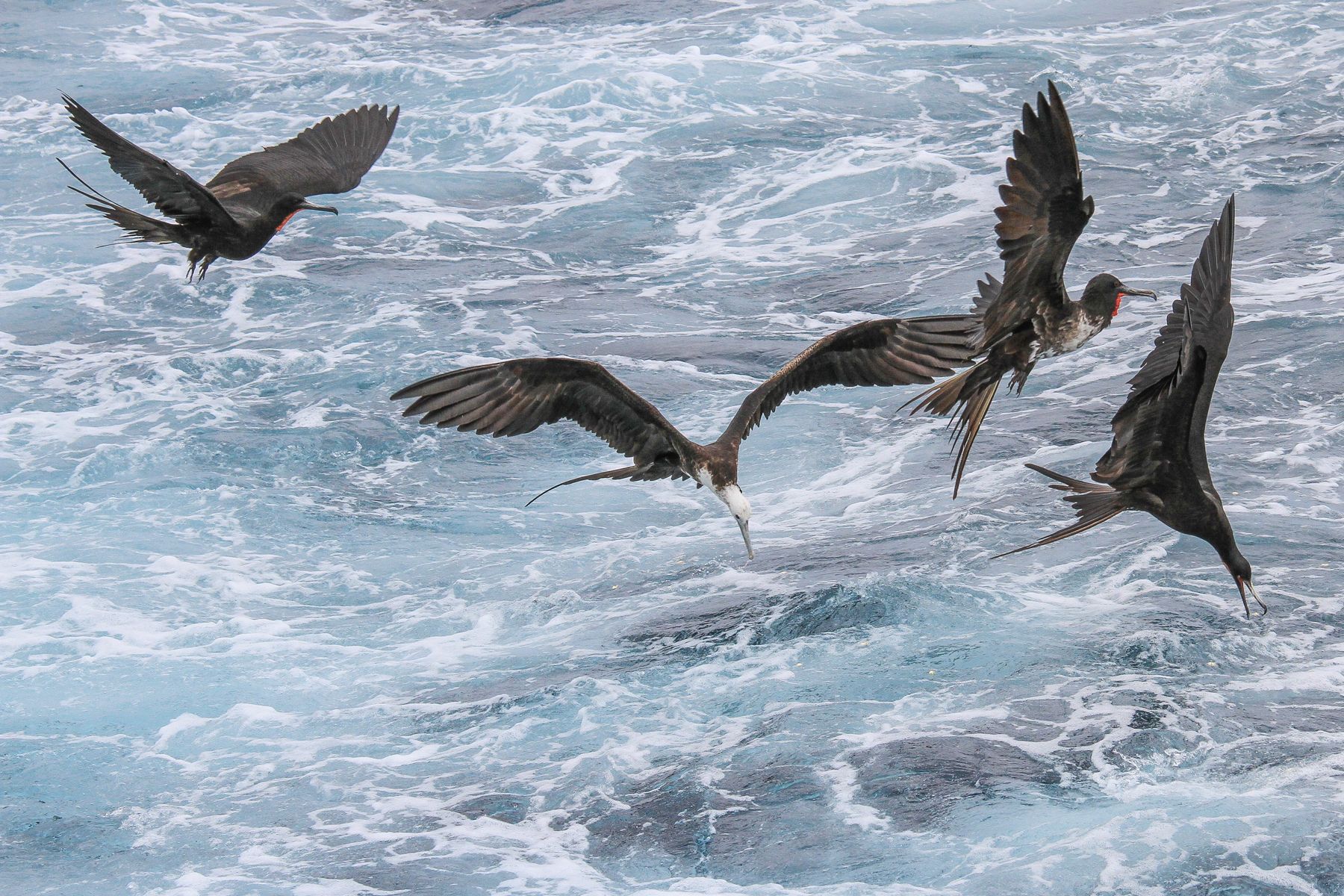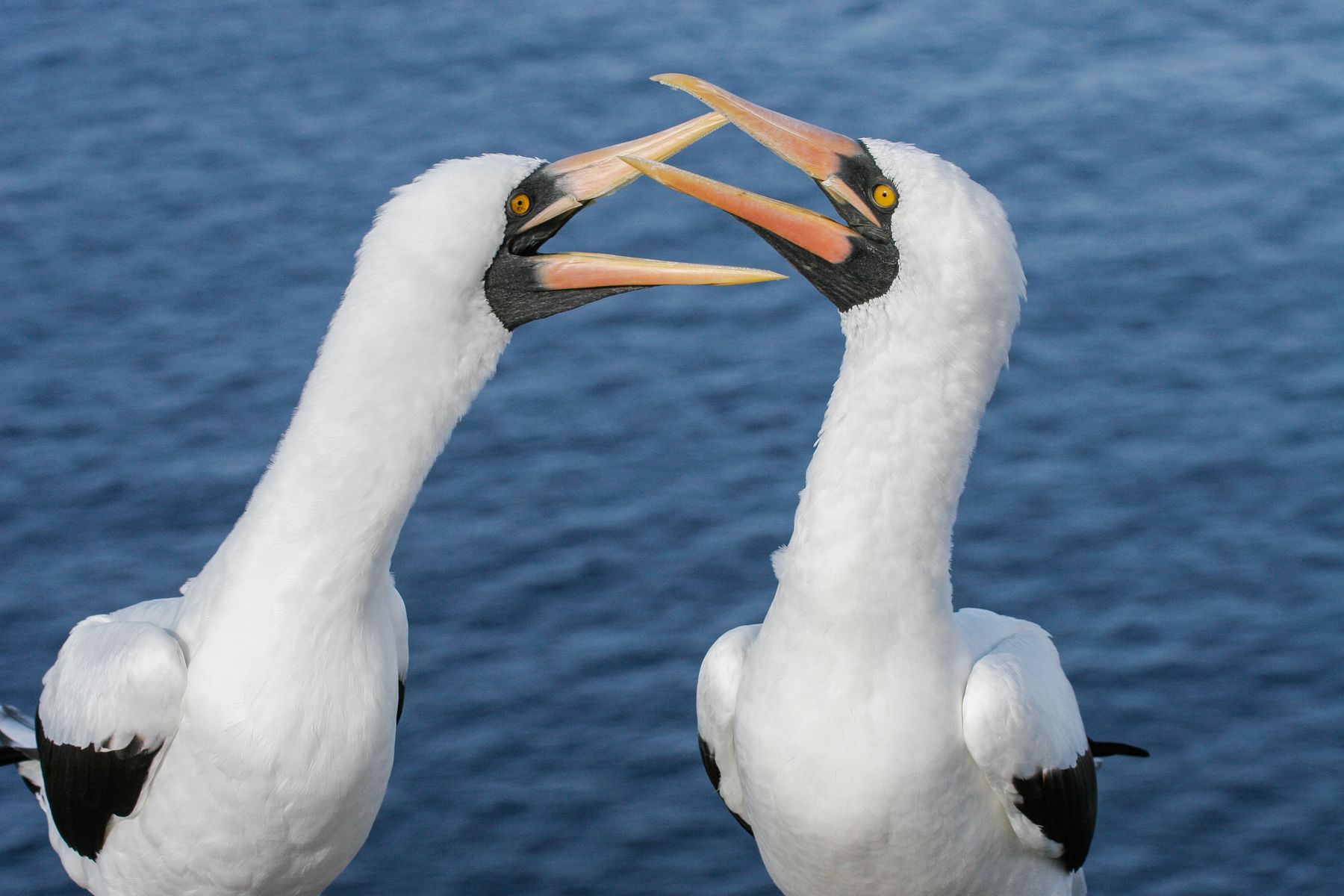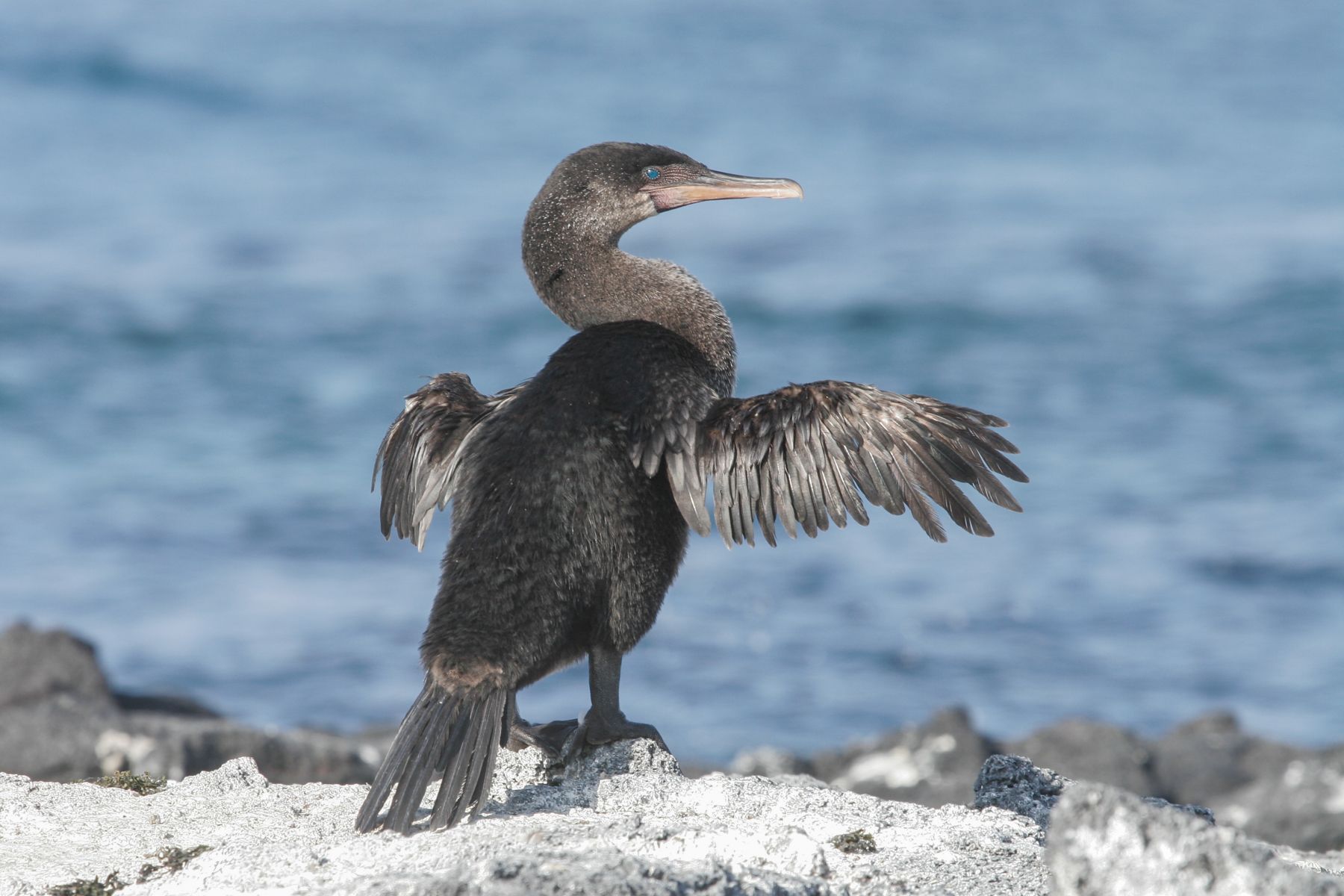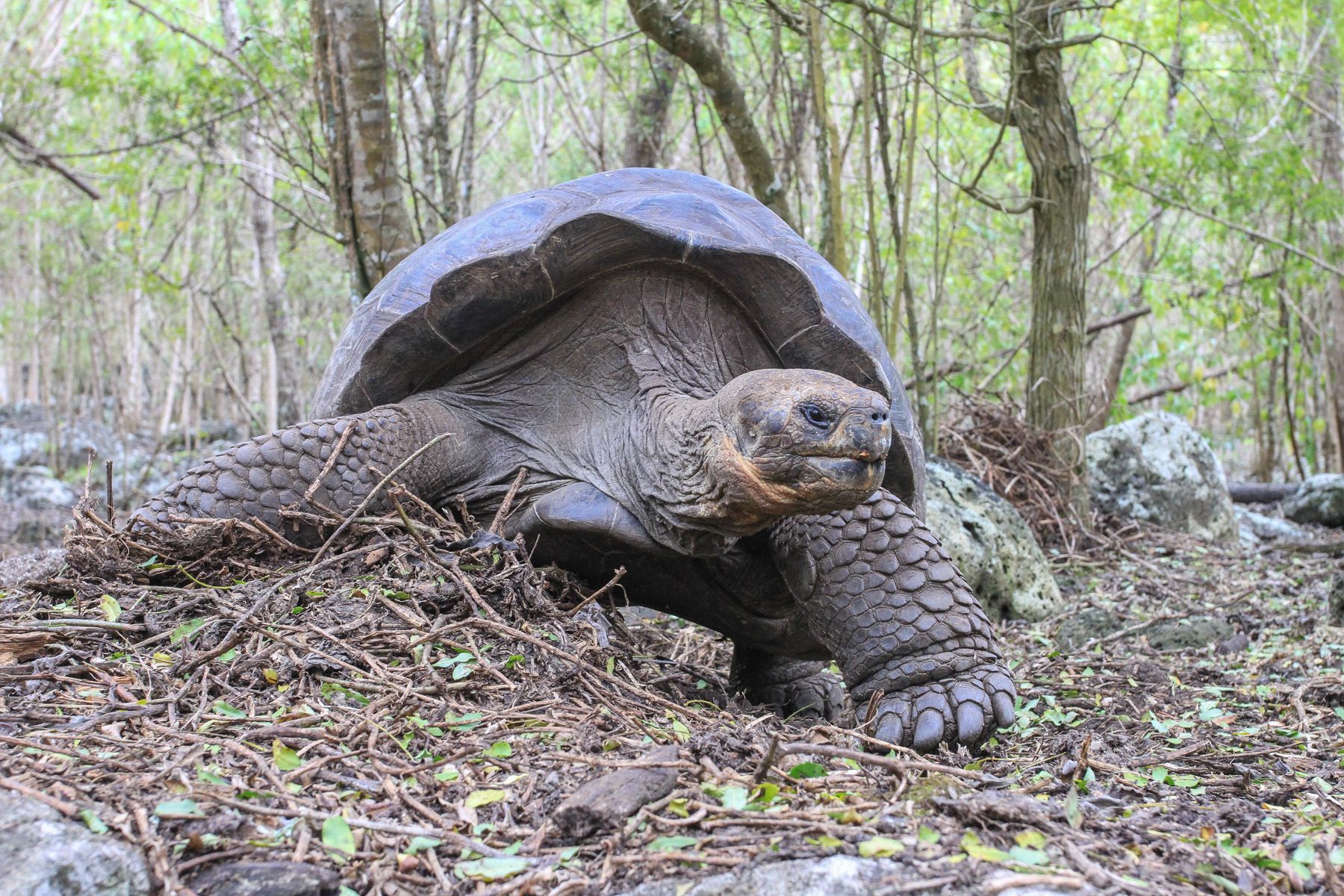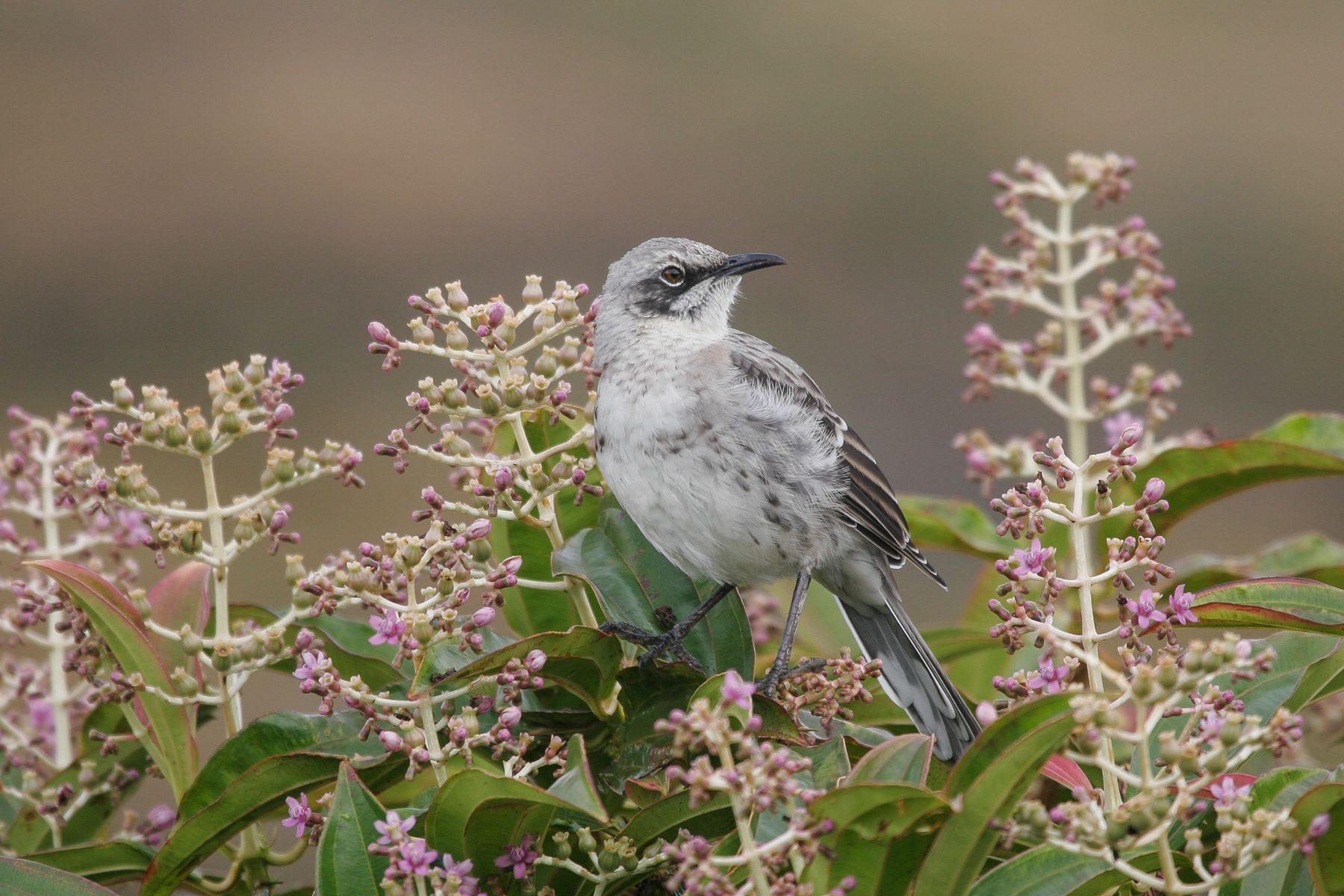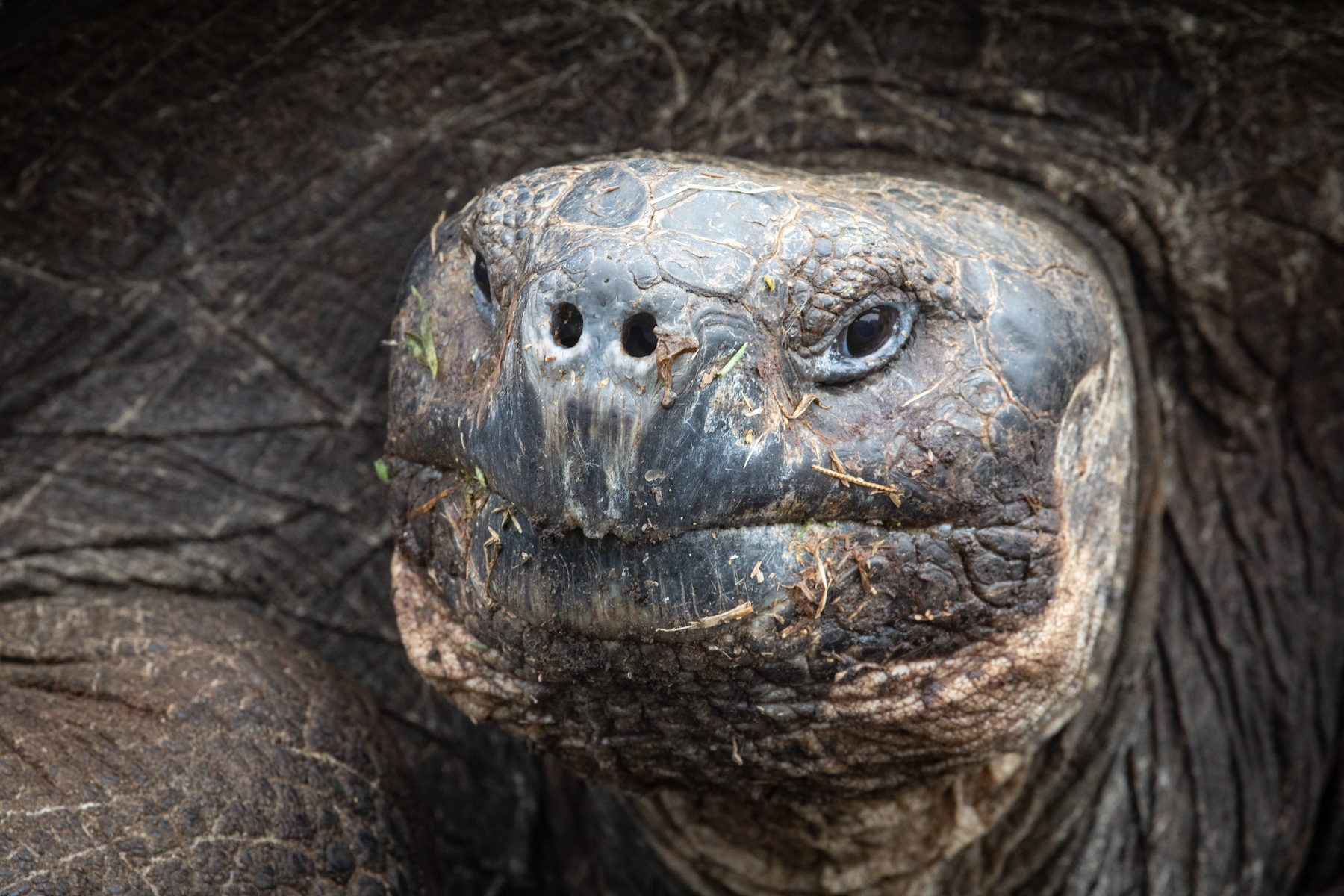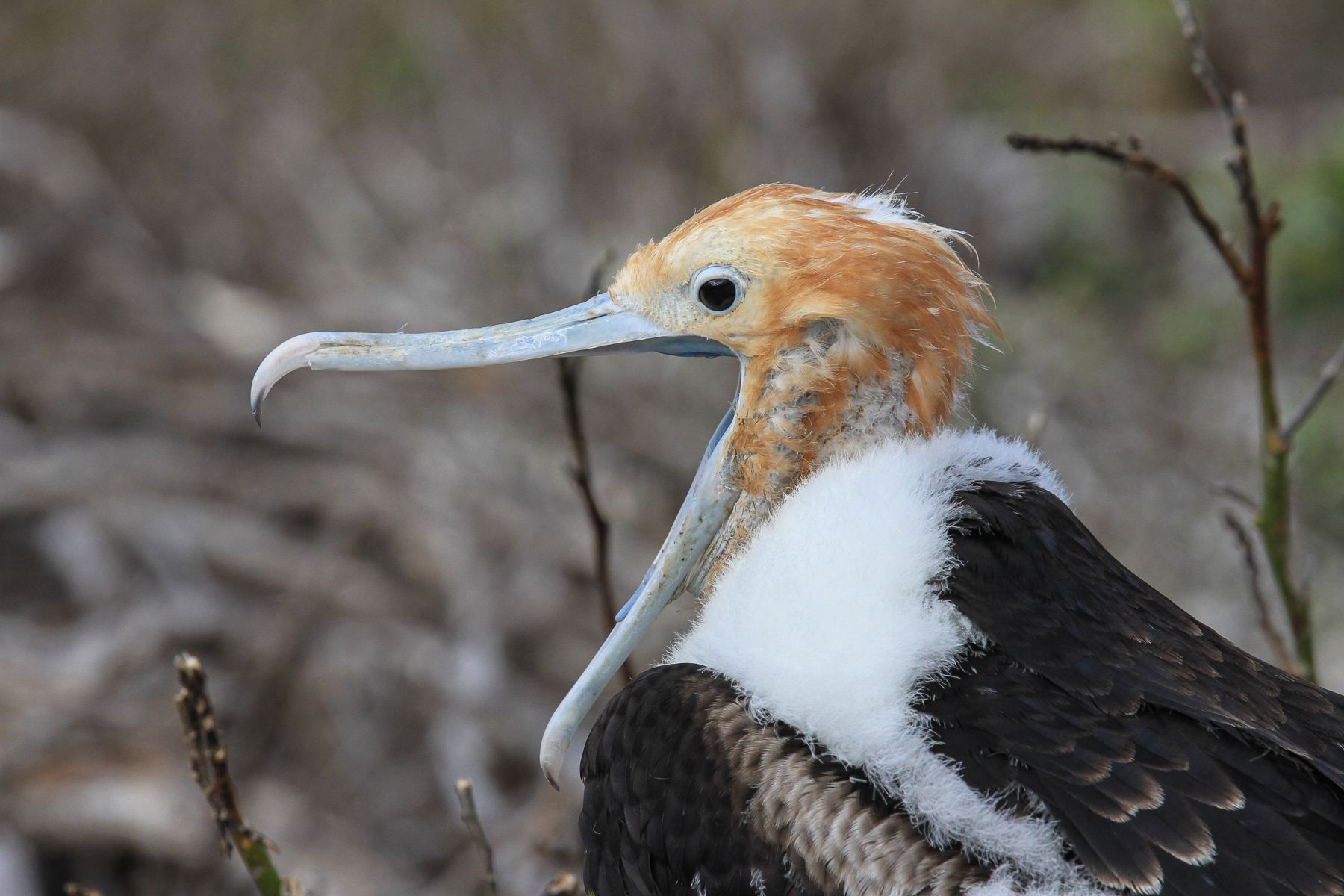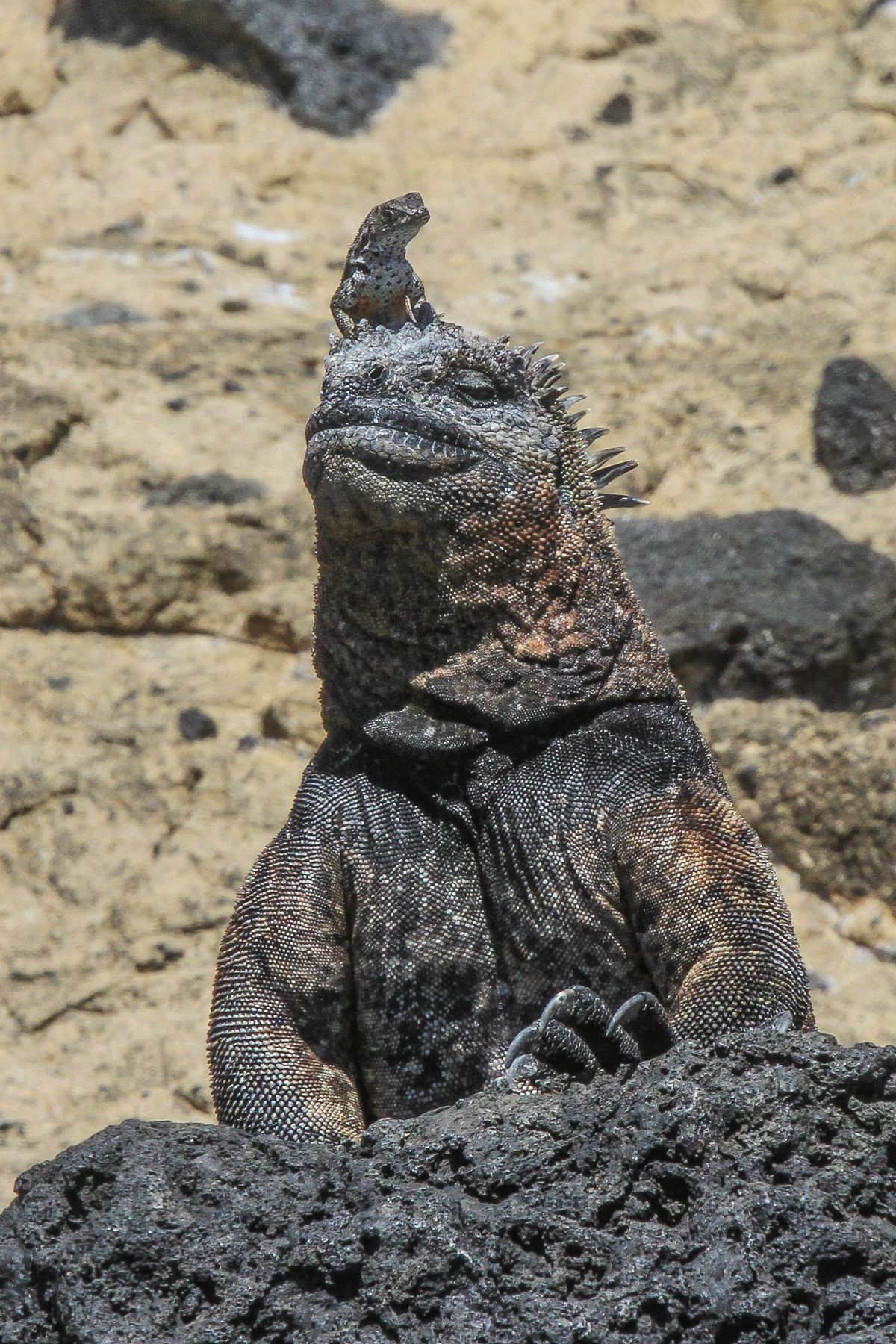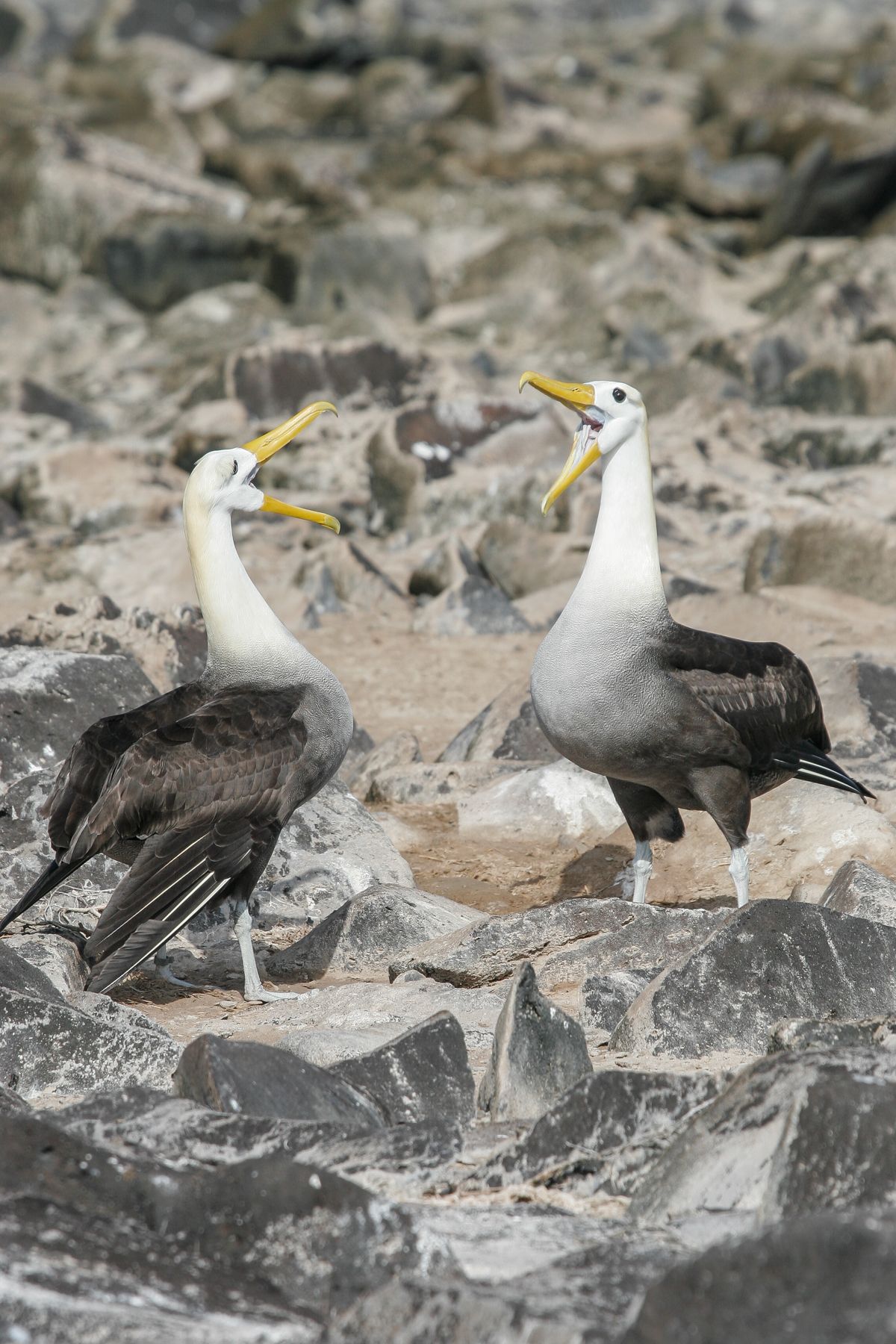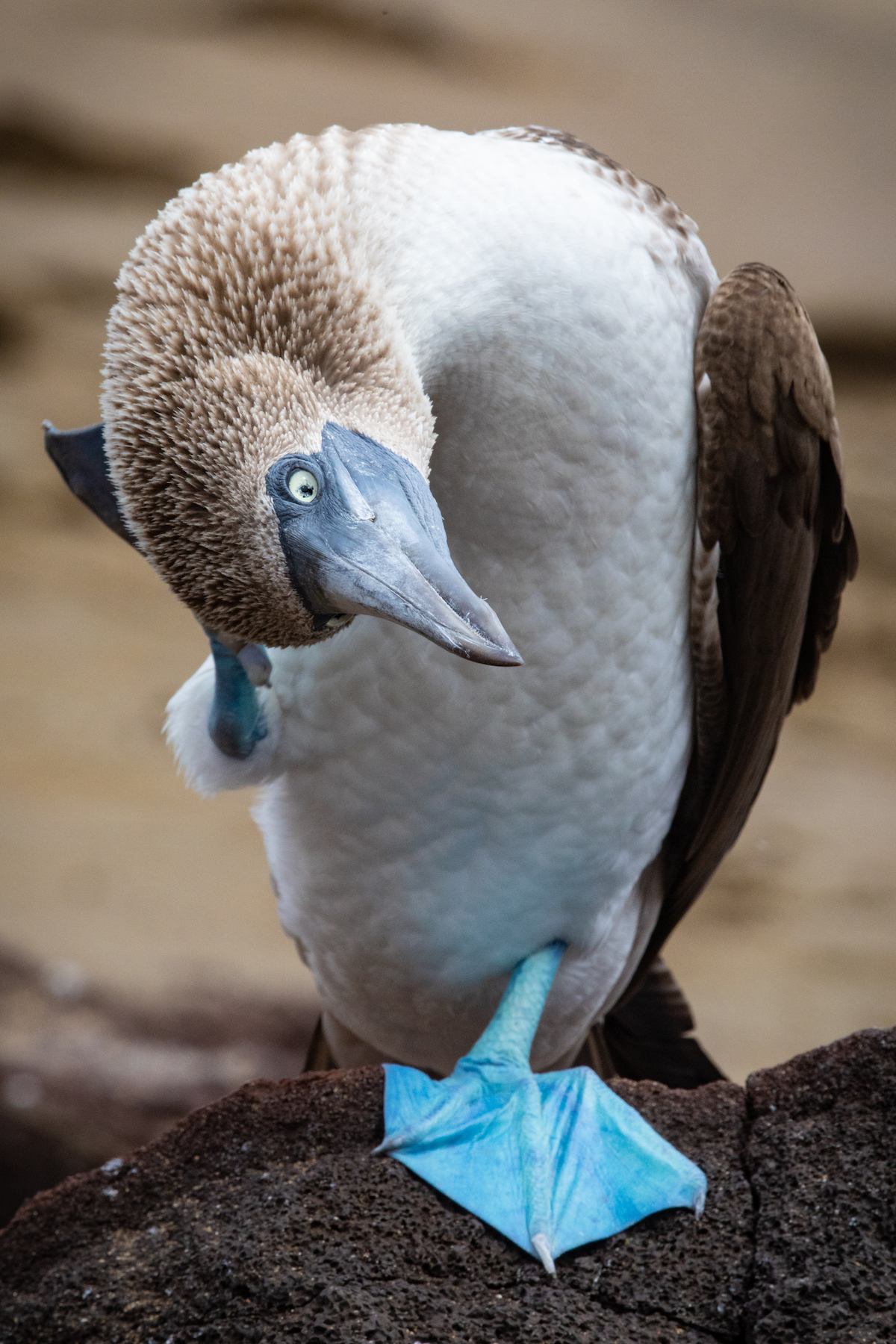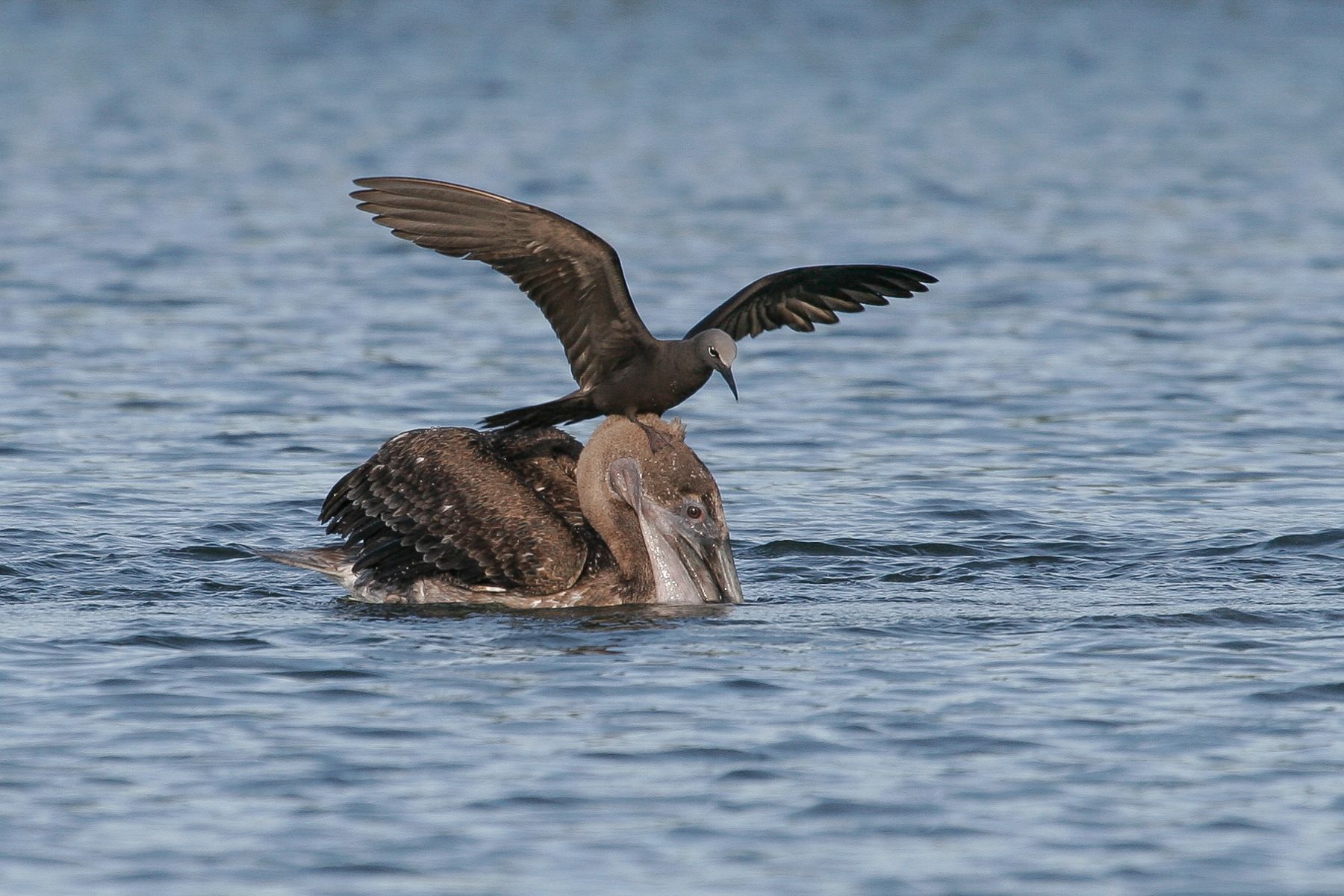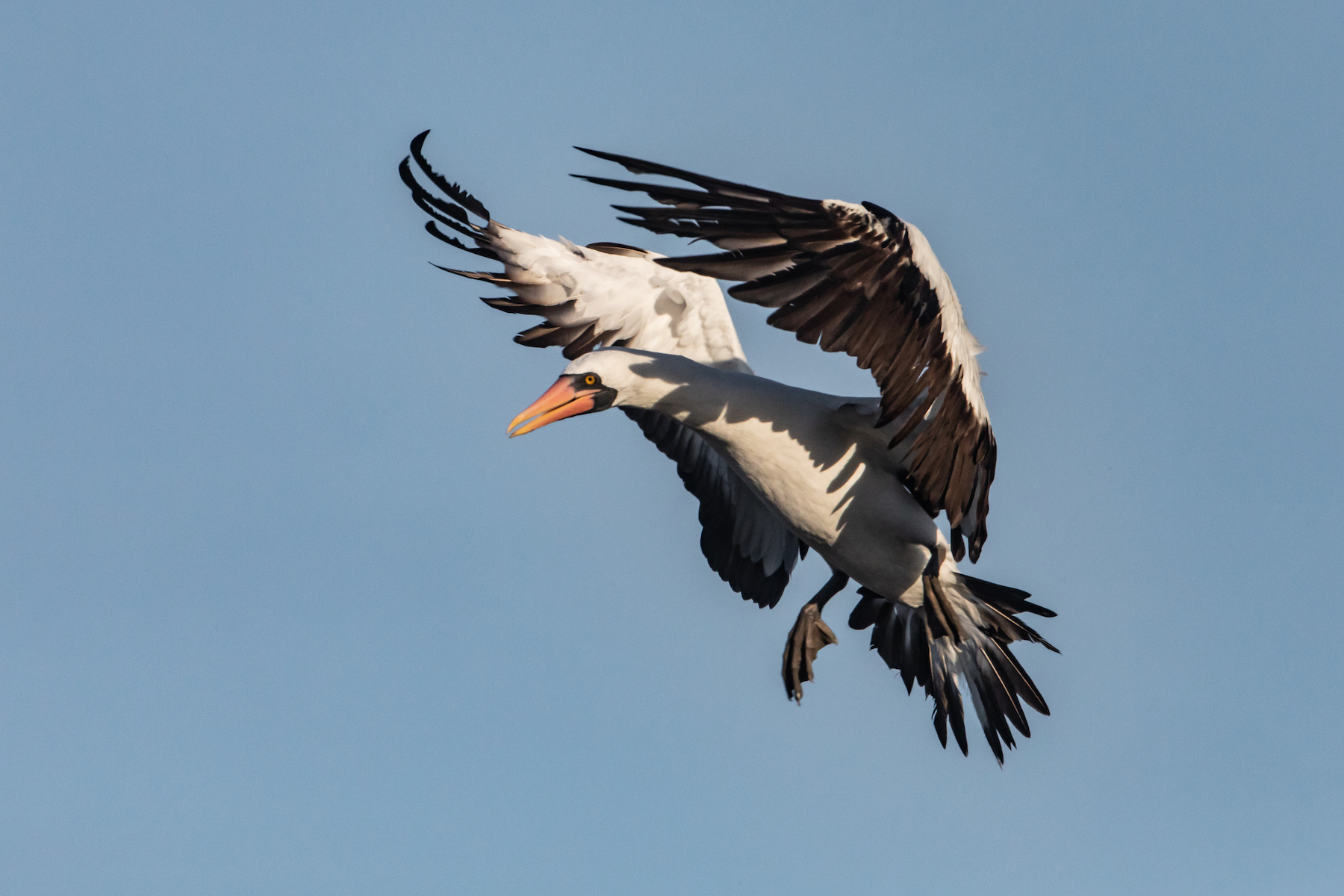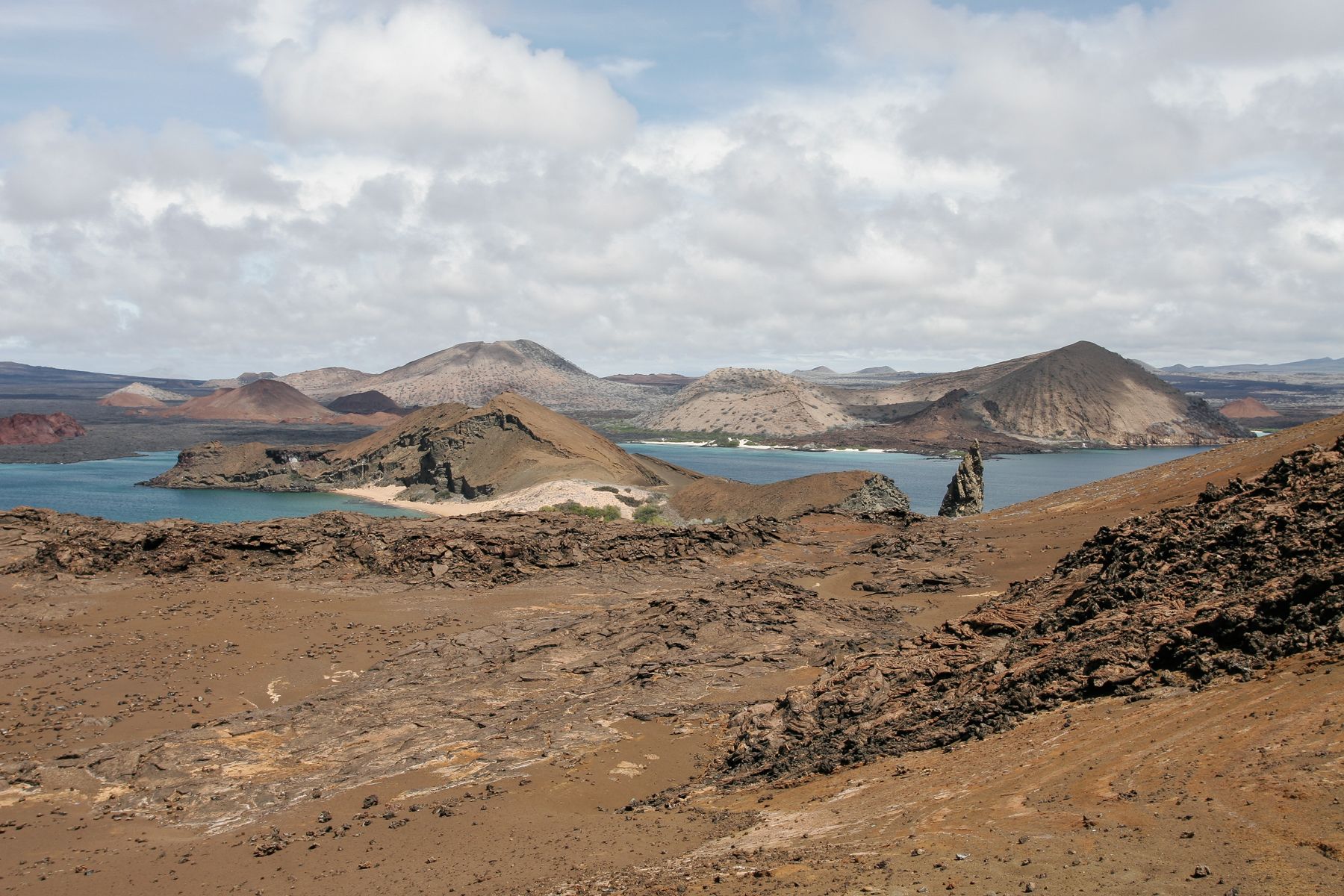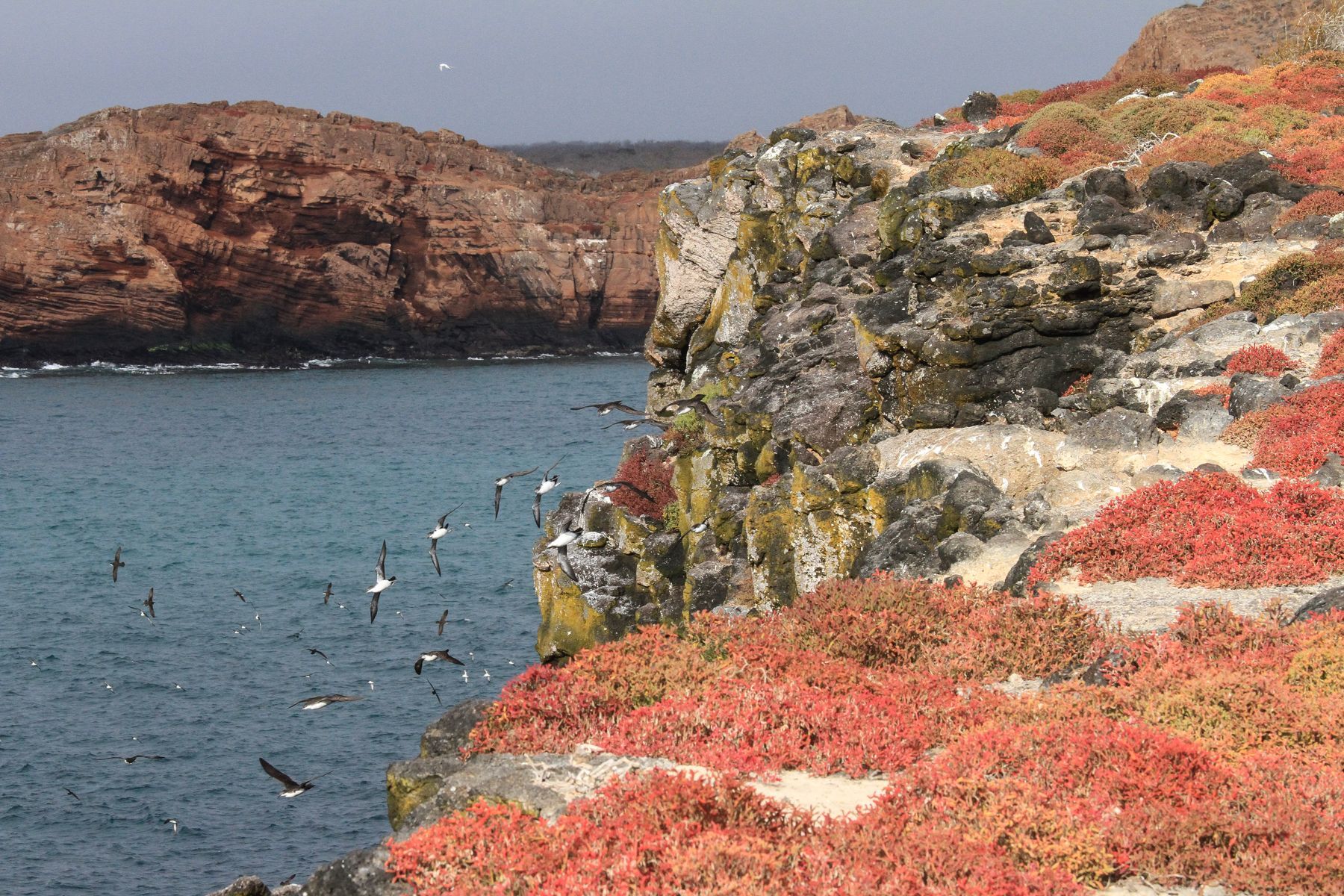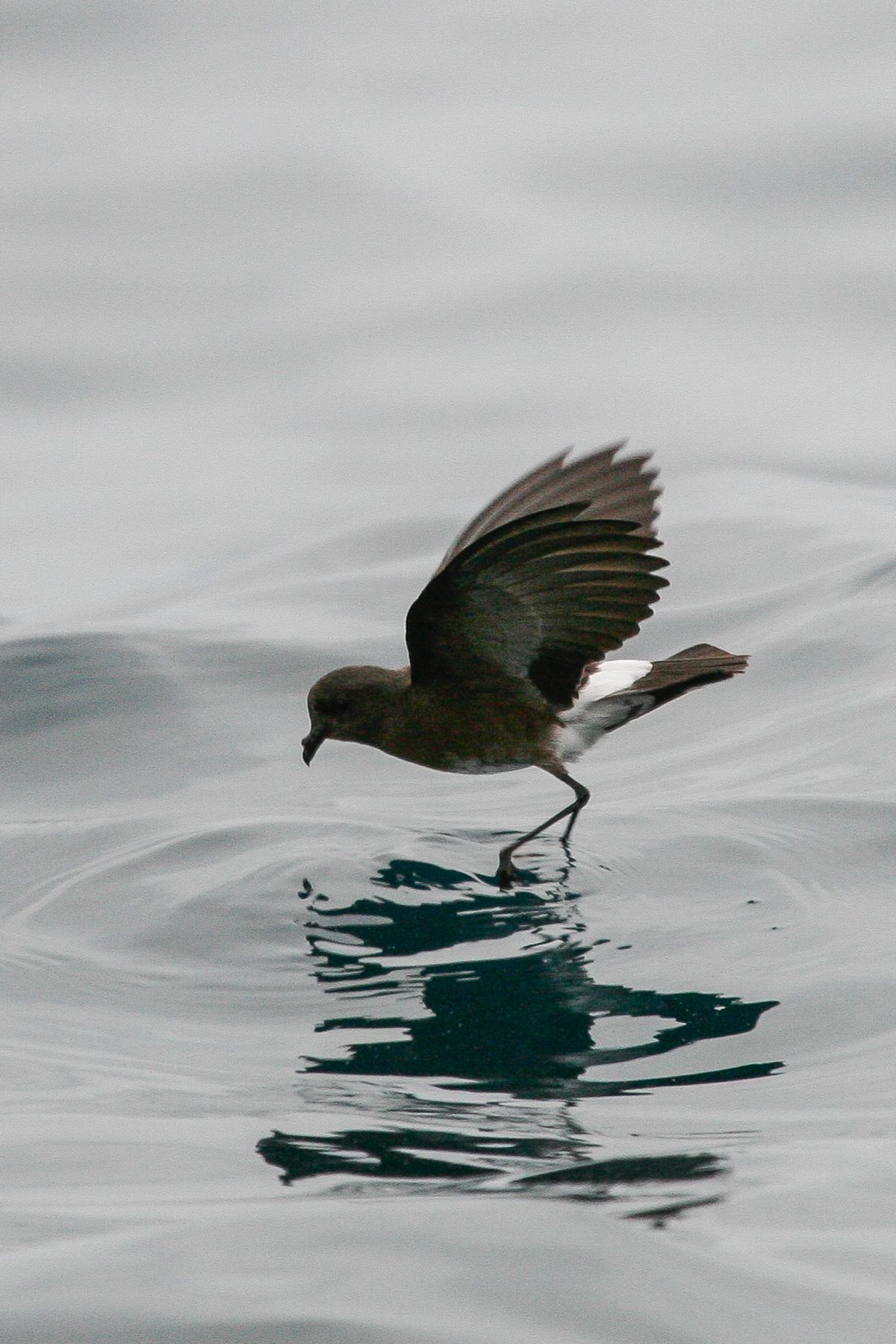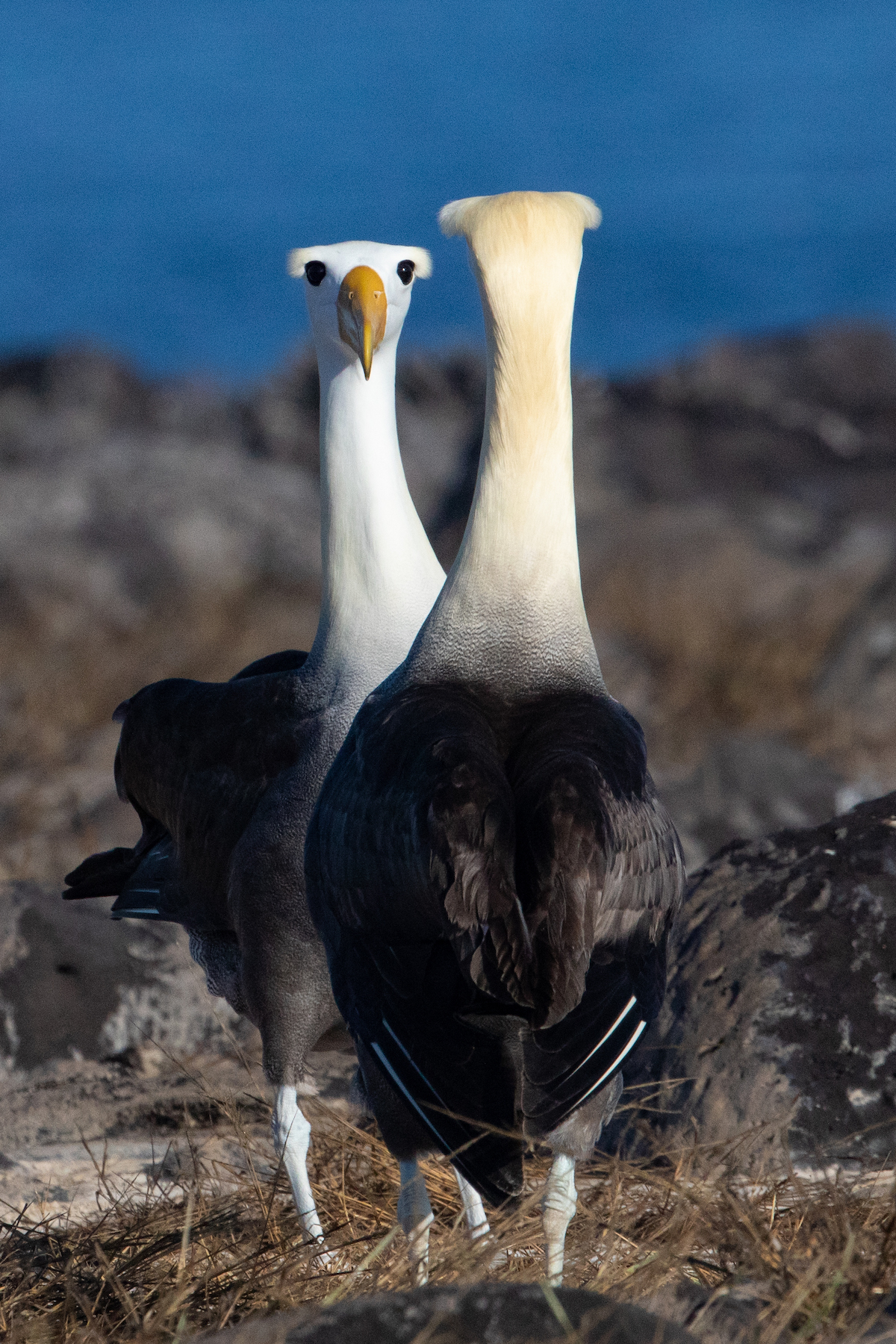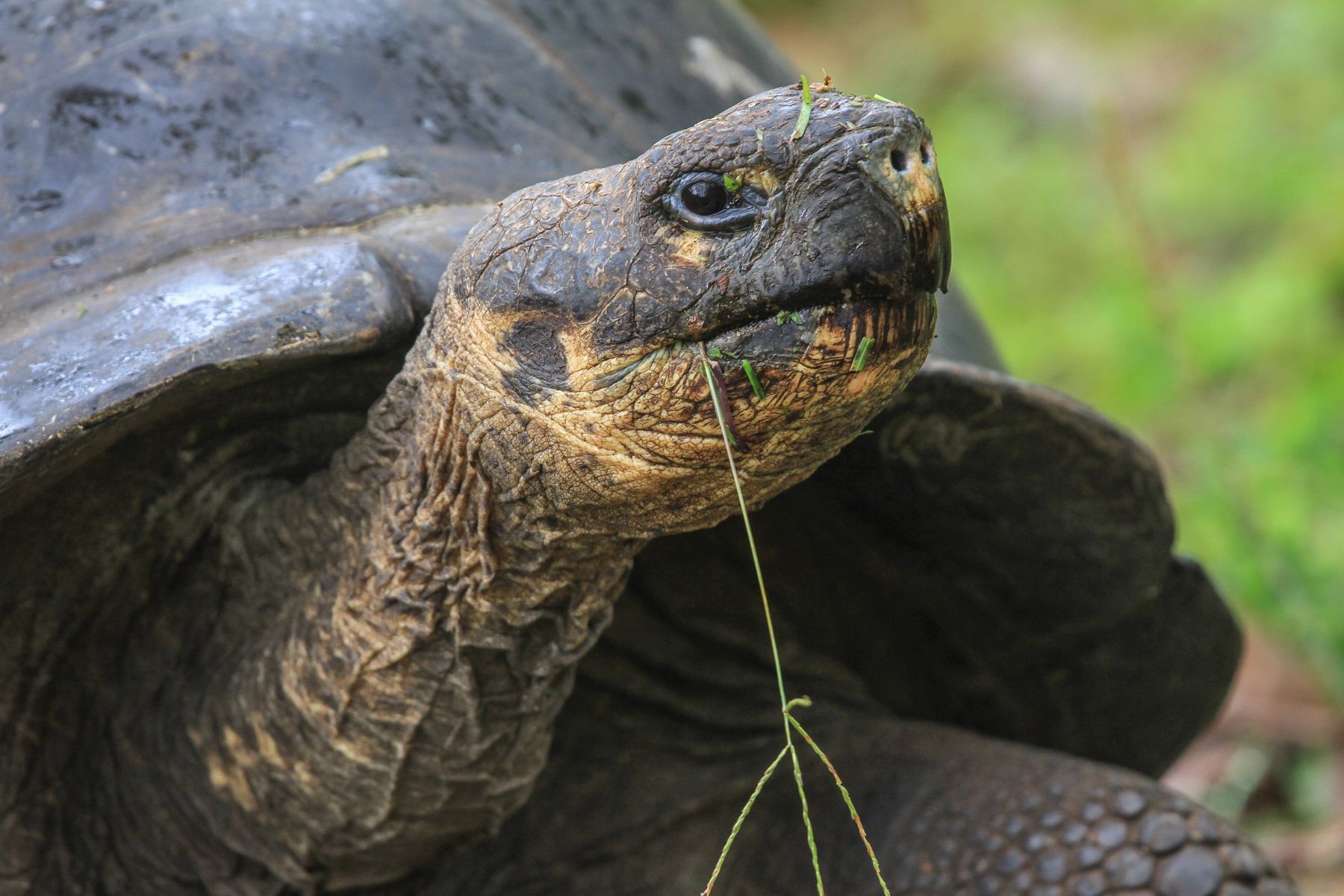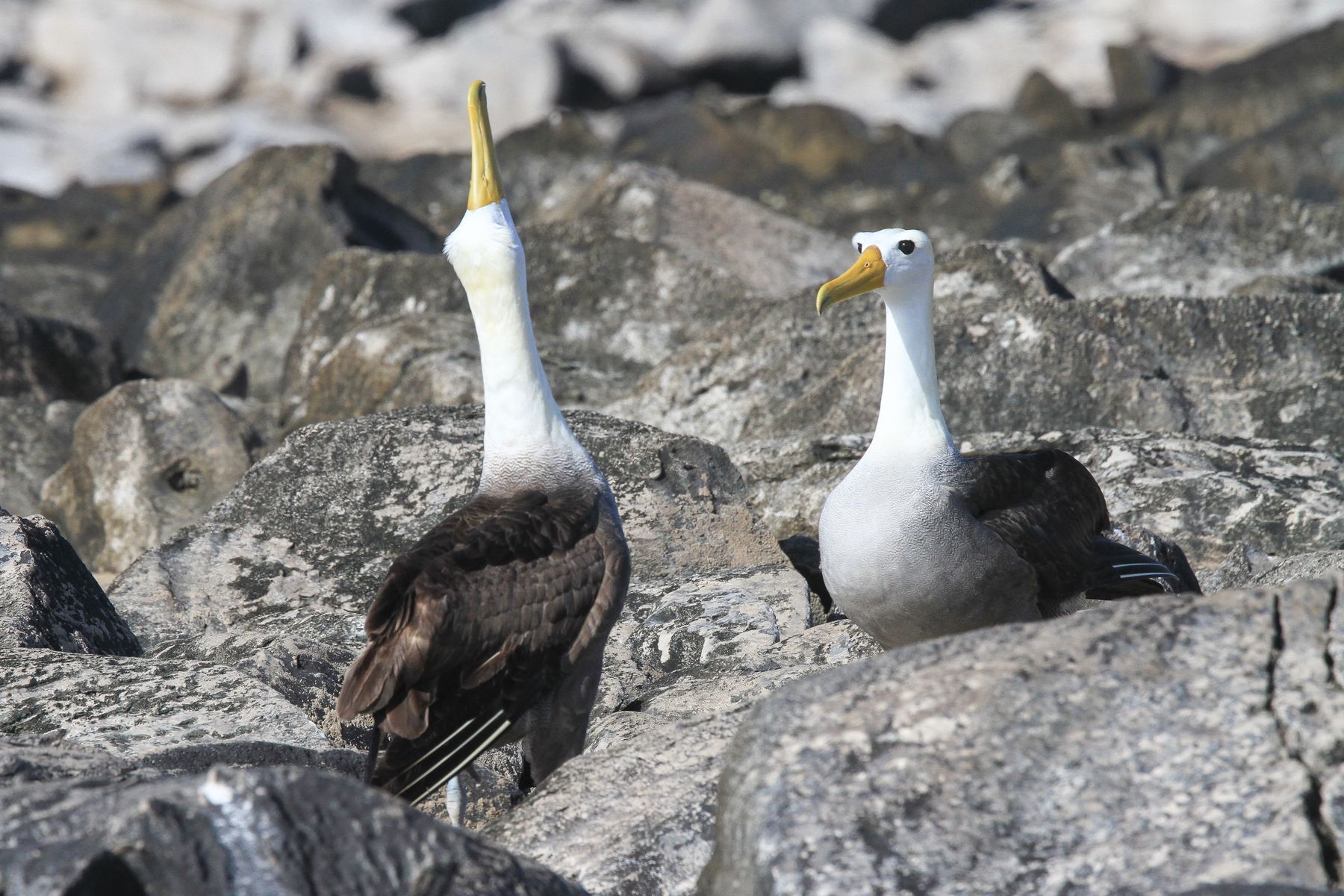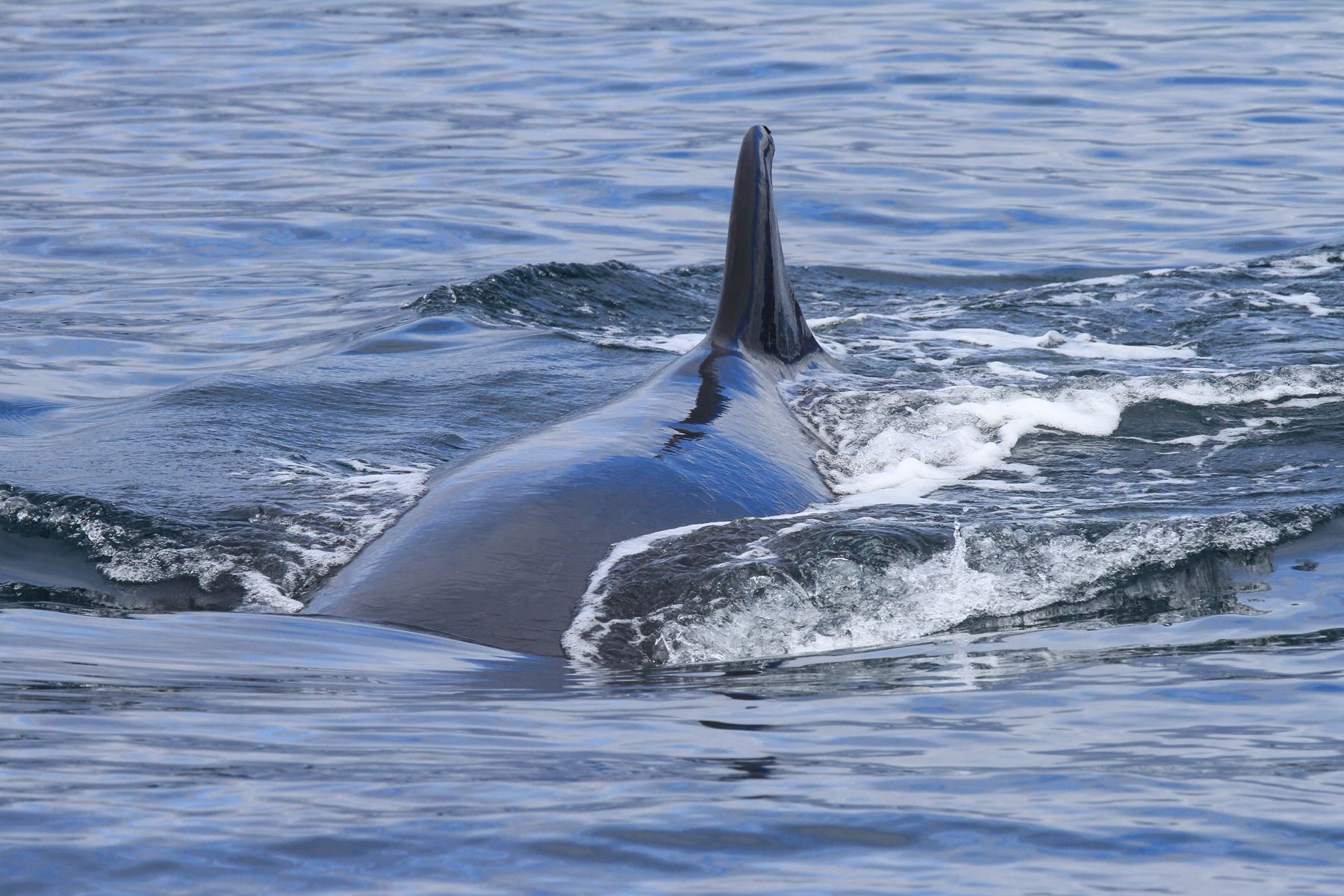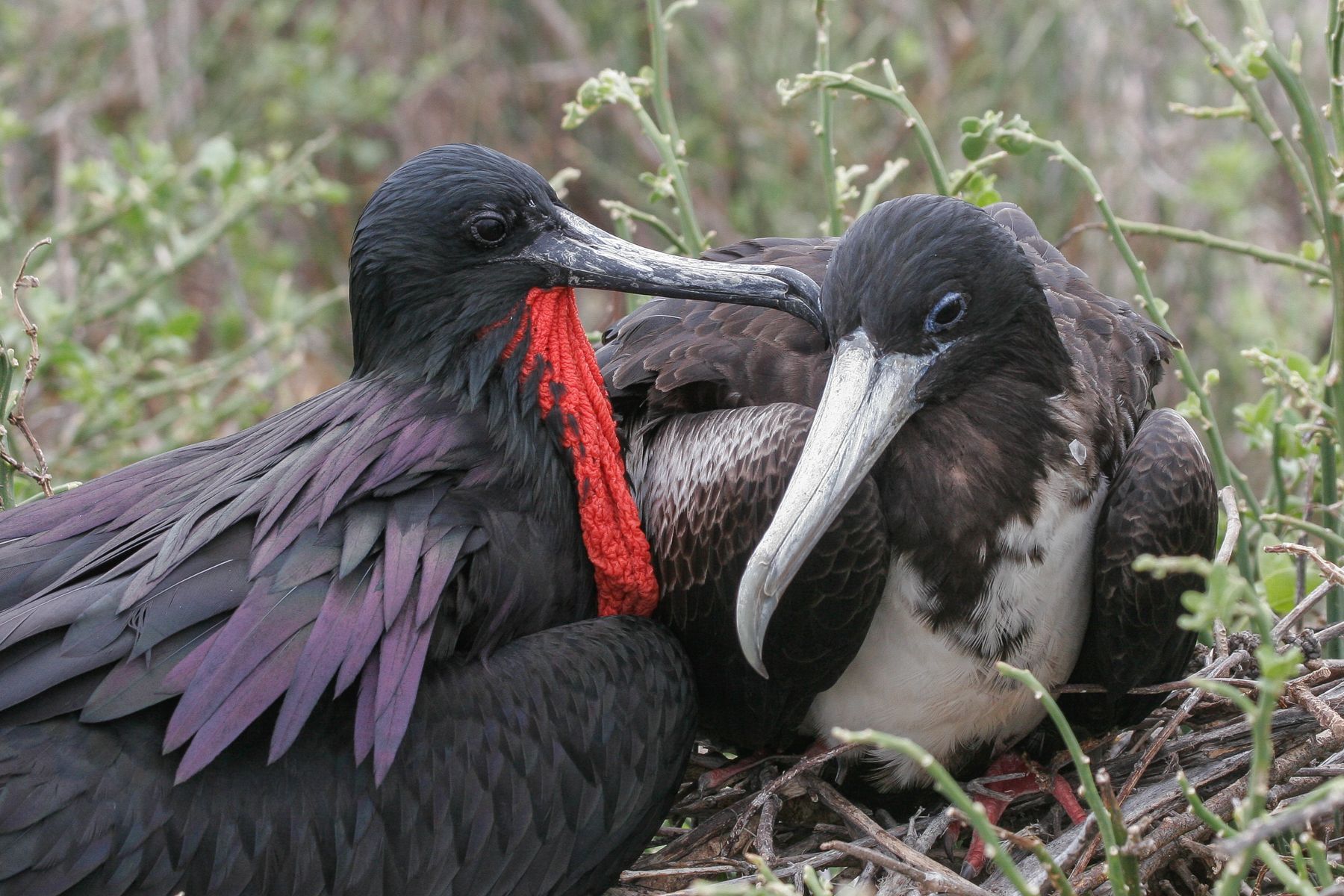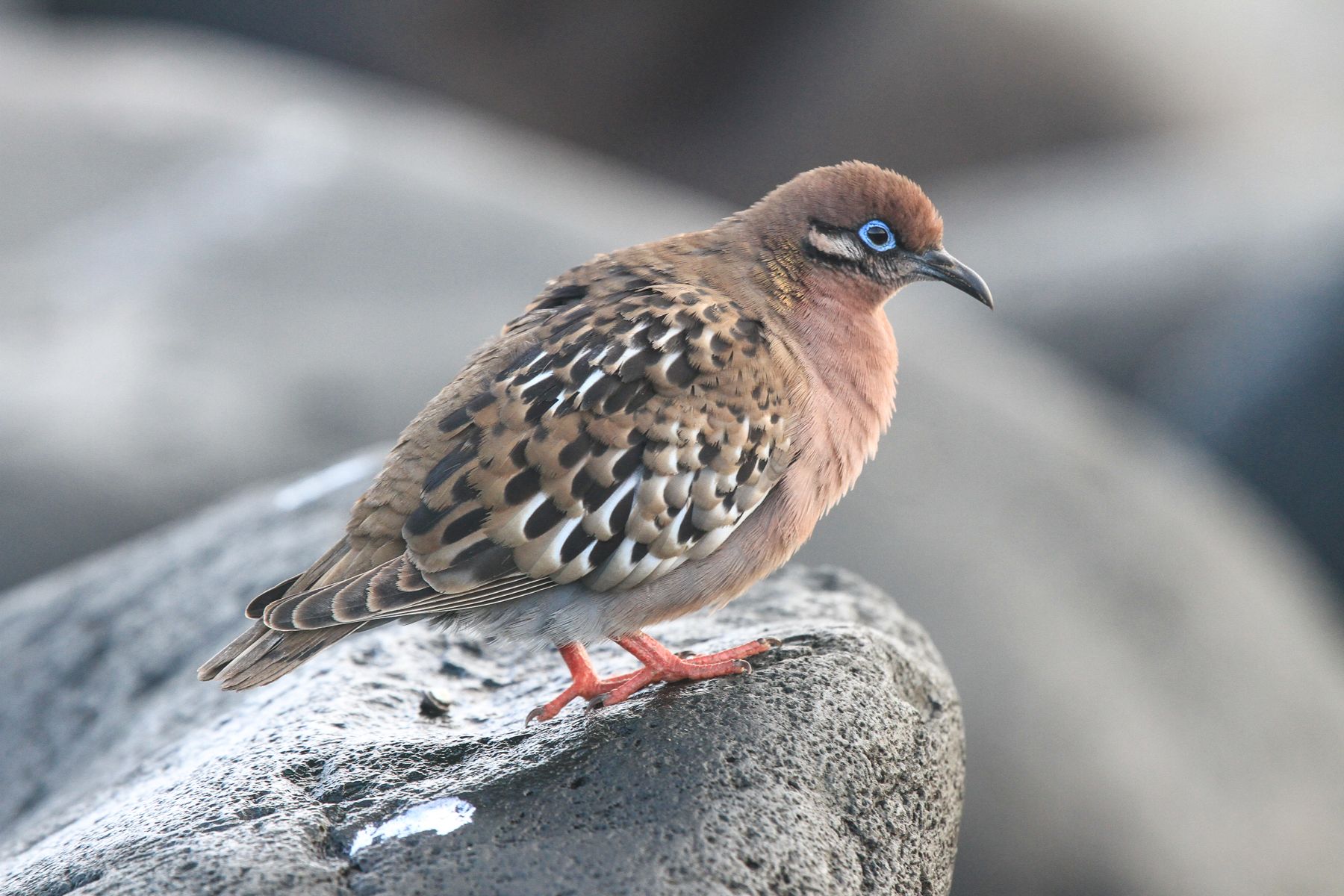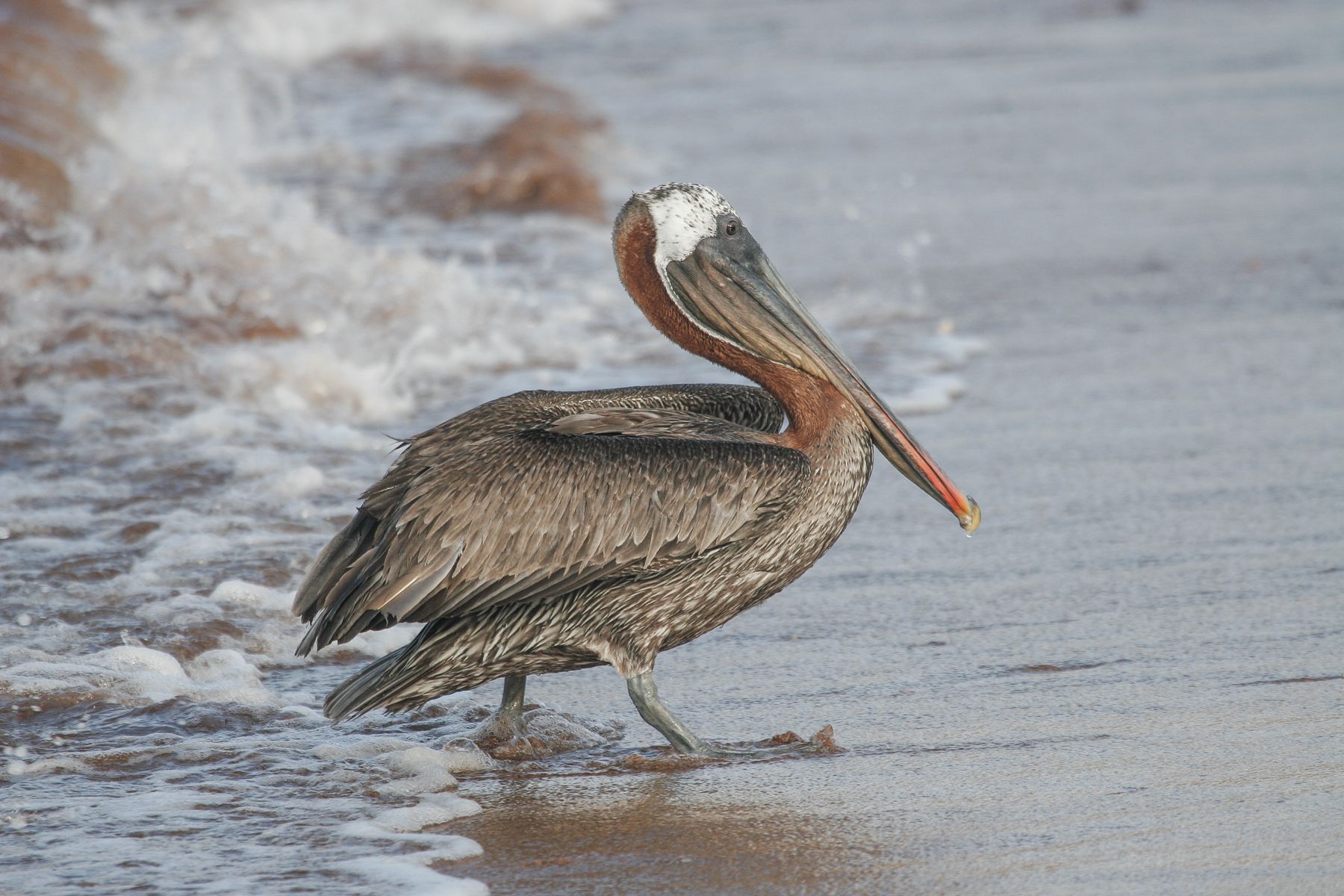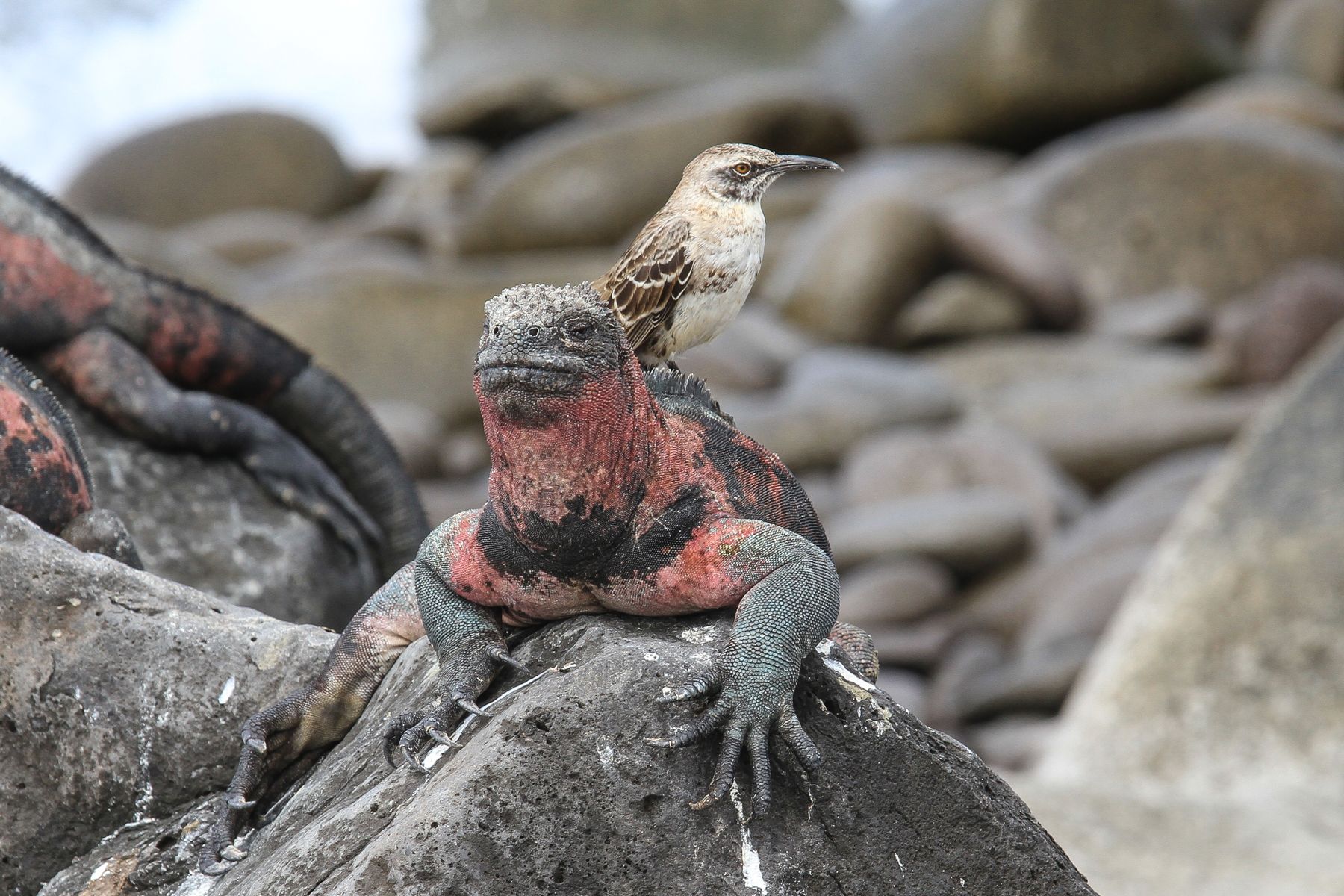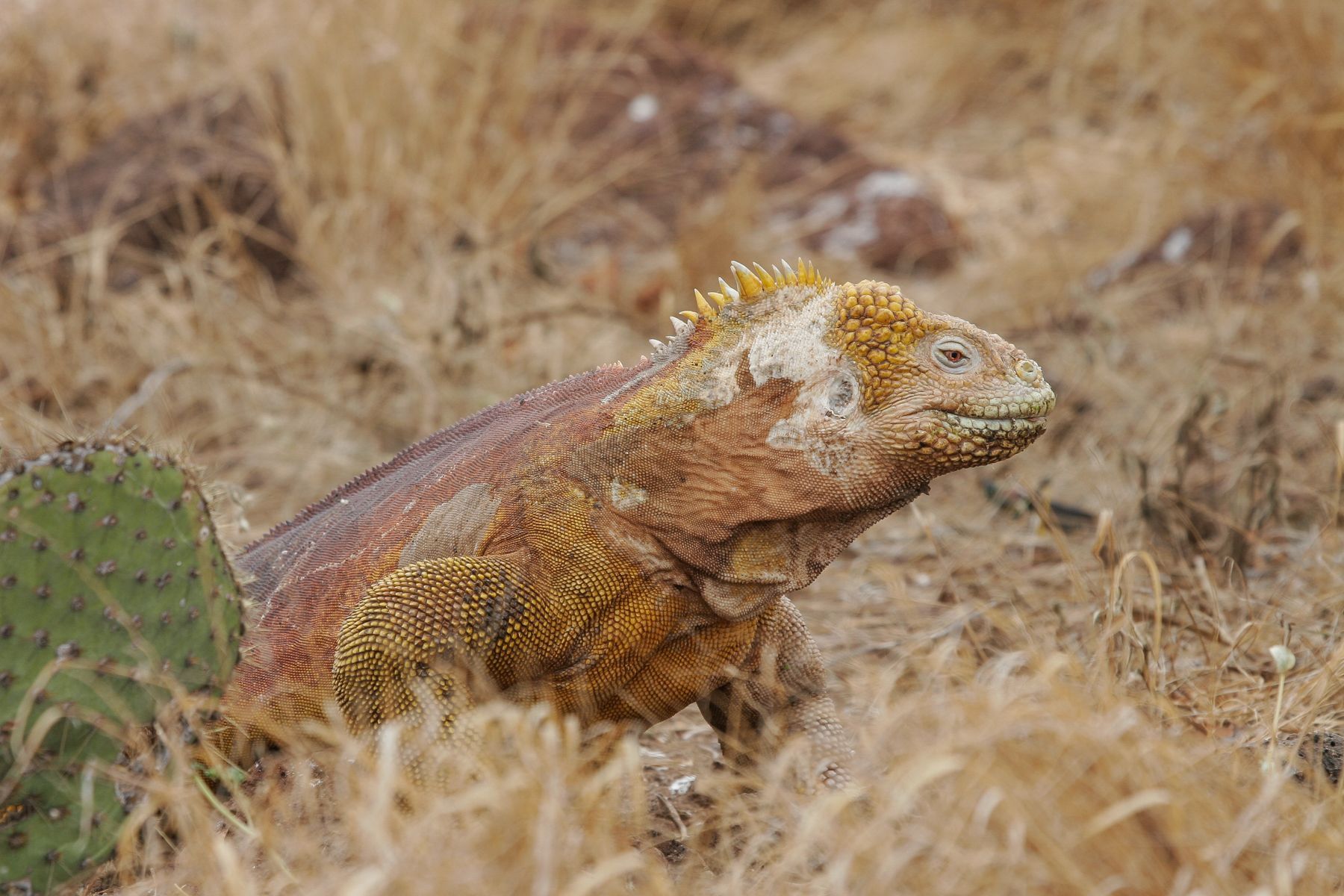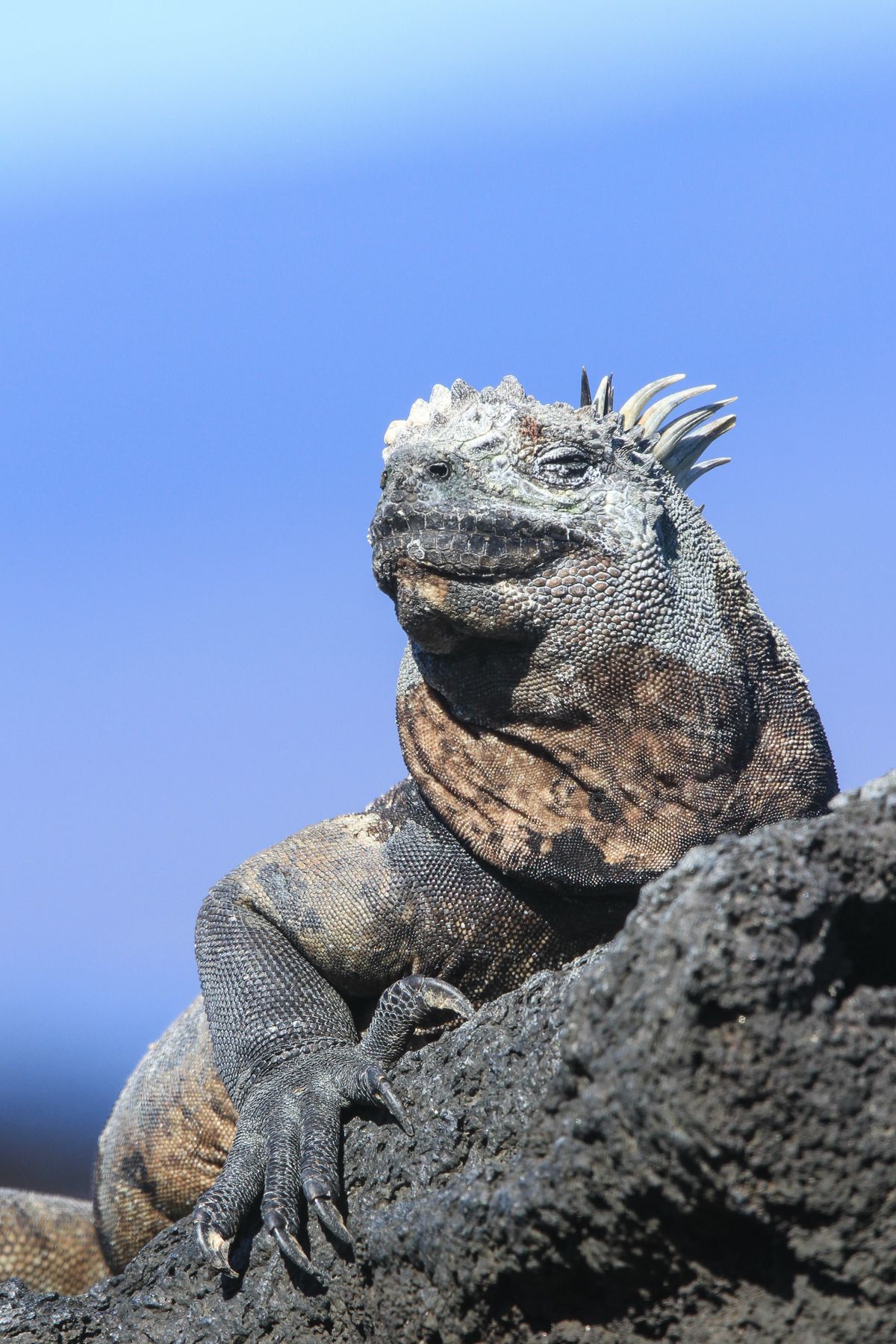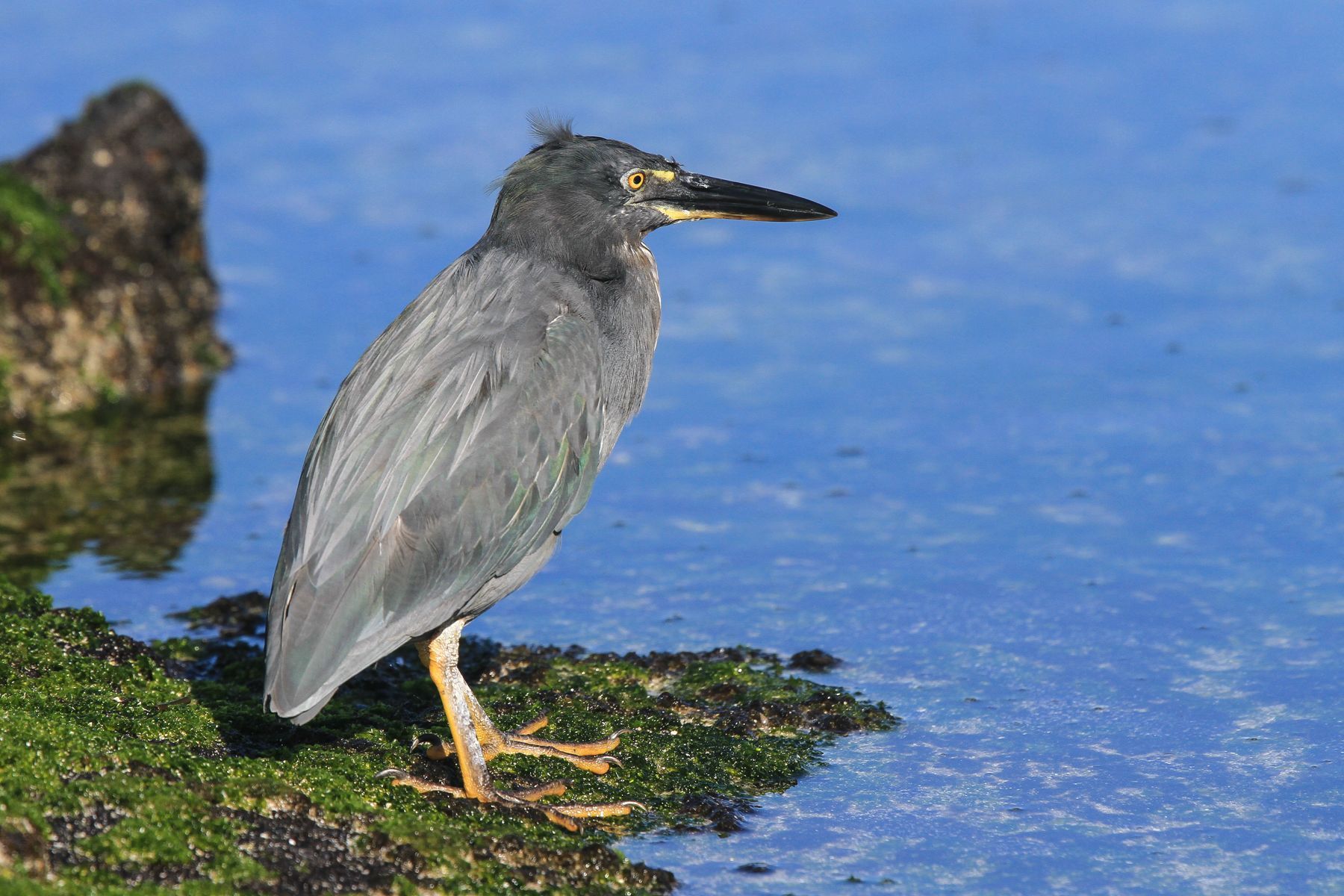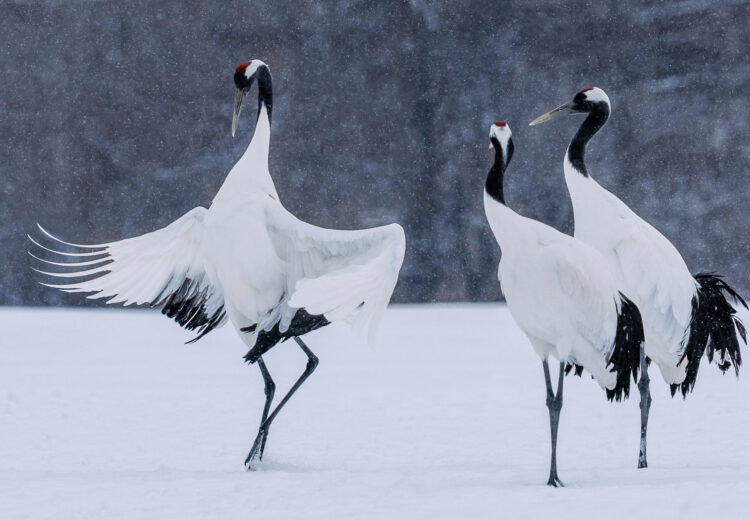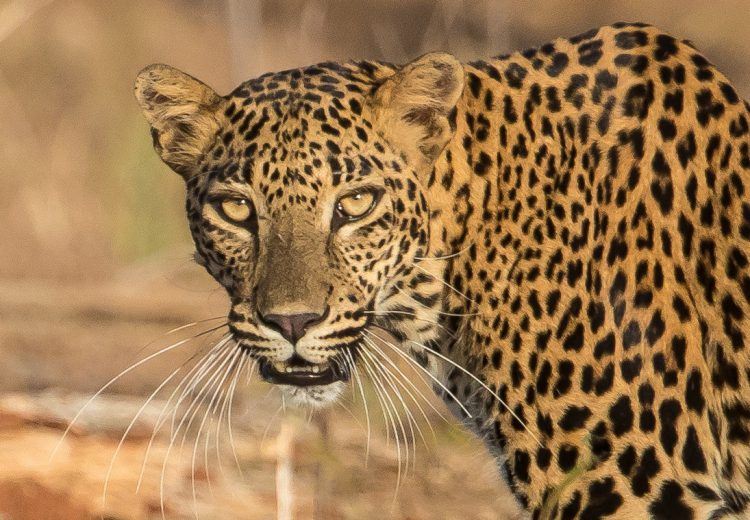South America (including Galapagos)
GALAPAGOS ISLANDS: Extraordinary wildlife photography in the footsteps of Darwin
















































































There is a wide variation in colour from black and grey... (Image by Mark Beaman)

Another much-loved Galapagos seabird is the huge Waved Albatross (Image by Mark Beaman)

Brown Noddies are common in the islands (Image by Mark Beaman)

Sunset Iguana (image by Inger Vandyke)

Nazca Booby (Image by Mark Beaman)

The rather solitary Galapagos Penguin (Image by Mark Beaman)

While colourful Sally Lightfoot Crabs scurry about the rock pools (Image by Mark Beaman)

One of the most beautiful Galapagos seabirds is the Swallow-tailed Gull (Image by Mark Beaman)

This one is bringing a small stone back to its nest site for the special egg platform (Image by Mark Beaman)

Graceful Red-billed Tropicbirds sail past the cliffs (Image by Mark Beaman)

Swimming with sealions in the Galapagos. It's hard to know if they entertain you or if it's the other way round (image by Inger Vandyke)

Once in the rocky crevice they nest in, that tail must go somewhere... (Image by Mark Beaman)

The Galapagos have many endemic plants, including a variety of prickly pears (Opuntia species) (Image by Mark Beaman)

A Galapagos Shearwater brakes with its feet as it approaches its nest site (Image by Mark Beaman)

As with all albatrosses, there are affectionate greetings between pairs (Image by Mark Beaman)

Of all the many scenic spots in the Galapagos, Kicker Rock is surely amongst the top five. You can even sail a large yacht down the narrow cleft between the rock stack and the main island! (Image by Mark Beaman)

A small flock of Galapagos Flamingos on one of our photography landings in the islands (image by Inger Vandyke)

As loud as it is goofy (Image by Mark Beaman)

The lovely Darwin's Flycatcher (Image by Mark Beaman)

Galapagos has many seabird riches, including nesting Red-footed Boobies (Image by Mark Beaman)

In flight they are even more striking (Image by Mark Beaman)

...to red and brown (Image by Mark Beaman)

The males inflate their large red gular pouches until they are as large as balloons (Image by Mark Beaman)

Waved Albatross head (Image by Mark Beaman)

Mother and pup (Image by Mark Beaman)

One of the most charismatic Galapagos seabirds is the Blue-footed Booby (Image by Mark Beaman)

A sea lion comes ashore in the evening light (image by Inger Vandyke)

A Land Iguana wanders past some remarkably red vegetation (Image by Mark Beaman)

Galapagos Hawk enjoying his Lava Lizard dinner (image by Inger Vandyke)

Galapagos Shearwater gliding above the equatorial seas (Image by Mark Beaman)

Even inhabited islands like Isabela are still wild over large areas (Image by Mark Beaman)

The most iconic creature of Galapagos must surely be the prehistoric-looking Marine Iguana (Image by Mark Beaman)

Often they loll in groups to get warm; Galapagos waters are cool (Image by Mark Beaman)

The Galapagos Hawk is incredibly tame on the uninhabited islands (Image by Mark Beaman)

Sealion portrait (Image by Mark Beaman)

Focal plain shot of a Ghost Crab (image by Inger Vandyke)

Galapagos Sealions are numerous, inhabiting just about every beach and many rocky areas (Image by Mark Beaman)

Even using a compact underwater camera, you can have a lot of fun photographing Galapagos sealions underwater (image by Inger Vandyke)

A white morph adult Red-footed Booby (Image by Mark Beaman)

A Green Turtle swims past our yacht in the crystal clear Galapagos water (Image by Mark Beaman)

Down on the beach, ghost crabs dig new burrows (Image by Mark Beaman)

A female Large Ground Finch, one of a large series of 'Darwin's Finches' species that have shown remarkable adaptive radiation on the islands (Image by Mark Beaman)

Marine Iguanas swim as well as any fish, diving to the bottom to feed on algae (Image by Mark Beaman)

Wildlife means me chaps... (Image by Mark Beaman)

The spectacular Kicker Rock at sunrise (image by Inger Vandyke)

In places heaps of them bask together, snorting the accummulated salt from their nostrils (Image by Mark Beaman)

Watching its waddling display with wings open and bill pointed to the sky is one of the best wildlife experiences in the islands (Image by Mark Beaman)

But all that clumsiness on land disappears when it plunges like a dart into the ocean in pursuit of prey (Image by Mark Beaman)

They also qualify as one of the most raucous. Note those huge eyes, ringed in red, for this species feeds mainly at night (Image by Mark Beaman)

Large Tree Finch, as the name suggests it is a forest critter (Image by Mark Beaman)

On some islands colourful endemic Brachycereus cacti are to be found (Image by Mark Beaman)

The birds raft offshore before visiting their breeding colonies (Image by Mark Beaman)

Frigatebirds are well-known for stealing food from other seabirds, but in Galapagos they often hunt for themselves (Image by Mark Beaman)

It is hard to tell if Nazca Boobies in Galapagos are being affectionate or squabbling... (Image by Mark Beaman)

Even if you are a Flightless Cormorant, those stumpy little wings still have to be dried (Image by Mark Beaman)

The Spanish name for the islands, Galápagos, means riding saddle and probably derived from the appearance of some of the endemic Giant Tortoises (Image by Mark Beaman)

The uncommon San Cristobal Mockingbird (Image by Mark Beaman)

One of the finer older gents of the Galapagos. Portrait of an elderly Galapagos Tortoise (image by Inger Vandyke)

A young Great Frigatebird yawns during the long wait for its next meal (Image by Mark Beaman)

Or one of those creepy little lava lizards wants to play 'king of the castle' (Image by Mark Beaman)

There is much displaying going on, with loud calling (Image by Mark Beaman)

Blue-footed Booby satisfying an itch (image by Inger Vandyke)

They have developed an unusual habit in the Galapagos; perching on pelicans' heads hoping to snatch a tidbit or two (Image by Mark Beaman)

Nazca Booby in flight (image by Inger Vandyke)

The dramatic volcanic scenery of the Galapagos Islands (Image by Mark Beaman)

Galapagos Shearwaters stream along the red cliff edges (Image by Mark Beaman)

An Elliot's Storm Petrel 'dances' on the water as it feeds (Image by Mark Beaman)

The dance of Waved Albatross during their courtship display (image by Inger Vandyke)

These ponderous leviathans still survive on some of the islands (Image by Mark Beaman)

and sky-pointing (Image by Mark Beaman)

Cetaceans are quite common in Galapagos, but not easy to photograph. This is a Bryde's Whale (Image Mark Beaman)

Magnificent Frigatebirds are nesting everywhere (Image by Mark Beaman)

The pretty Galapagos Dove (Image by Mark Beaman)

Brown Pelicans are the largest fish-eaters in the islands (Image by Mark Beaman)

Everything is fine in Galapagos until one of those damn Espanola Mockingbirds climbs on your back! (Image by Mark Beaman)

Land Iguanas like to eat the prickly pears (Image by Mark Beaman)

Just when you think you are having a nice sleep in the sun... (Image by Mark Beaman)

The Galapagagos Islands have no fewer than 30 endemic bird species, most of which, like this Lava Heron, are not seabirds (Image by Mark Beaman)
|
Saturday 17th May –
Tuesday 27th May 2025 Leaders: Mike Watson and an experienced Galapagos National Park naturalist guide |
11 Days | Group Size Limit 14 (full) |
|
Saturday 15th May –
Tuesday 25th May 2027 Leaders: Wild Images leader to be announced and an experienced Galapagos National Park naturalist guide |
11 Days | Group Size Limit 14 |
GALAPAGOS ISLANDS PHOTOGRAPHY TOURS WITH WILD IMAGES
The Galapagos archipelago is an outstanding place to visit for wildlife photography, being special in so many ways. Dedicated Galapagos photography tours are the best way for photographers to explore the islands. The Galapagos Islands have one of the highest rates of endemism of any island group in the world and harbour many unique creatures, including several forms of Giant Tortoise, the strange but wonderful Marine Iguana and no fewer than 30 endemic species of birds, not to mention a huge array of other endemic wildlife and plants and photogenic creatures of wider distribution. The Galapagos, even today, is largely unspoilt by development, its ecology has not been extensively disrupted or even destroyed by harmful introductions of alien species and it is renowned for the total fearlessness of its wildlife, allowing extremely close yet harmless approach and thus some of the best wildlife photography opportunities on earth. Moreover, it is a starkly beautiful group of islands with some truly superb landscapes.
The islands are also justly famous as the birthplace of Charles Darwin’s theories of evolution through natural selection and the inspiration for his book The Origin of Species, formulated after his visit in 1835. This world in microcosm is situated on the Equator some 1000 kilometres (600 miles) out into the Pacific Ocean off Ecuador. Here Darwin found a raw, active volcanic world that was geologically young and had never been joined to the continents. He found it inhabited by a strange, almost random, selection of plants, reptiles, birds and mammals – all of which had apparently reached the islands by chance and were in the process of ‘coming to terms’ with their new-found environment, slowly evolving into new species that would be adapted to an often harsh and demanding habitat.
Thanks to the isolation of the archipelago, its general inhospitability to man and the generations of zoologists who followed Darwin and made the world aware of the unique phenomenon that is the Galapagos, many of the islands can still be seen in a fairly similar condition to that which Darwin viewed them in 1835. Although depredations by whalers, sealers, settlers and passing mariners took their toll on the wildlife in the past, the Ecuadorian government declared most of the 8000 square kilometres (nearly 3100 square miles) of the archipelago, which consists of over 50 islands, a national park in 1959. Most of the archipelago and its important wildlife is now carefully protected as one of the most precious of the world’s natural showpieces. Thanks to this foresight, the Galapagos now attracts wildlife photographers from around the world who want to get up close and personal with its extraordinary, utterly tame inhabitants.
On some of the flatter Galapagos islands, recent lava flows, some smooth and rope-like, others jagged and clinker-like, still await their first covering of vegetation, while older flows nearby are already thick with cacti, spiky shrubbery and white-barked Palo Santo trees adapted to the arid climate. The volcanic peaks rise to over 1700m (5578ft) and the scant upland soils support a thicker, lusher vegetation that benefits from a more humid climate. Along the coasts, beautiful white, black and red sand beaches contrast with mangrove-fringed lagoons and tall cliffs of volcanic cinders. Isabela, one of the more recently formed islands, is the largest in the archipelago at over 100 kilometres (60 miles) long, and at the other extreme are tiny eroded islets, remnants of old volcanic cones, that now support large and spectacular seabird colonies. This variety of terrestrial habitats combined with surrounding cold oceanic currents with their abundant marine life makes for a rich pattern of wildlife. The isolation of the Galapagos has of course stimulated the evolution of endemic plants and animals – many confined to single islands within the archipelago. This will make every day of our Galapagos wildlife photography tour a unique experience in itself, as we sail from island to island finding new sights and new species at each.
A visit to the Galapagos provides an unforgettable, absolutely fantastic wildlife photography experience for every type of natural history enthusiast. Our tour has been specially designed to be the ultimate in wildlife photography tours to the Galapagos, aiming to provide opportunities to have extended landings on all of the most interesting islands from a photography stand point. Being part of a dedicated natural history and wildlife photography group charter on a 15-passenger first-class yacht makes it possible for our Wild Images participants to experience the Galapagos in a way that is simply not possible on the large cruise ships, which take up to 100 or more passengers (many with little interest in wildlife), whose much shorter periods ashore inevitably make for a rushed and incomplete experience.
We shall be travelling on a very comfortable motor yacht, allowing us to visit areas only accessible to smaller boats (and get there without spending too much time over it). Our special Galapagos itinerary has been carefully worked out to ensure that we visit all the key sites and that we have plenty of time at each place we go ashore to see the wildlife and to appreciate it in our own way. Our special Wild Images itinerary will give us the chance to find and photograph all of the islands’ accessible endemic birds, a number of more widespread seabirds (including the wonderful boobies and Waved Albatrosses) and many of the endemic reptiles, including both Marine and Land Iguanas, and the famous Giant Tortoises that gave their name to the archipelago (galápagos means ‘riding saddle’ in Spanish and is probably a reference to the shell shape of some of the endemic forms).
During our wildlife photography voyage through this magical archipelago we plan to visit Seymour (or North Seymour), Genovesa (or Tower), Isabela (or Albemarle), Fernandina (or Narborough), Floreana (or Charles), Española (or Hood), Santa Cruz (or Indefatigable) and San Cristóbal (or Chatham). Cruising amongst the islands is an intensely exciting experience, yet at the same time wonderfully relaxing, with time between landfalls to watch this strange world pass by (and admire the local cetaceans and seabirds), and whilst at anchor, get into the water and snorkel amongst beautiful tropical fish and ever-curious sealions. Of all the wildlife photography journeys we make on this marvellous but threatened planet of ours, we rate our Galapagos voyages amongst the most amazing and most memorable experiences.
Our handsome, first-class motor yacht, the Nemo III, has 8 cabins available for either twin or single occupancy and comfortably takes up to 14 passengers. Five cabins have two single berths and three have a double berth for couples. The pleasant cabins are air-conditioned, have ample storage space, a private bathroom with hot shower, and 110v AC electrical outlets (with USA-type sockets). On-board instrumentation includes satellite navigation, radar, sonar, single sideband radio and cellular phone. Being a catamaran, Nemo III is a very stable boat (so there is minimal chance of seasickness unless you are unusually prone, or there is atypical weather for this time of year!) and is spacious overall, with a large outdoor viewing/lounging area, and a spacious inside dining and lounge/bar area. The boat carries a crew of seven plus a university-level naturalist-guide.
If you want a very special Galapagos wildlife photography adventure, Nemo III can surely provide it. For full details and images of Nemo III, one of the best modern yachts available in the Galapagos, have a look at http://nemogalapagoscruises.com
For anyone with a keen interest in wildlife photography, it is vital to select a yacht which has an authorized itinerary that includes all the key islands, and in particular both Genovesa (or Tower) and Española (or Hood), deservedly renowned as the very best of the Galapagos ‘enchanted islands’! Our special charter itinerary on Nemo III has the necessary permissions to achieve the perfect itinerary for keen wildlife photographers.
We have operated Galapagos Islands photography tours since 1989.
Accommodation & Road Transport
For our wildlife photography cruise in the Galapagos Islands we shall be based on Nemo III, our first class motor catamaran (a twin-hulled yacht) with twin or double berth cabins (available for either twin or single occupancy) with private bathroom. The hotel near Quito airport is of good standard. The few roads in the islands are of variable quality, as are those in the Quito region. Road transport will be by small coach or minibus (and ‘truck-bus’ on Floreana).
Walking
The walking effort in the Galapagos Islands is mostly easy, but some nature trails on the islands are over rougher terrain where a little agility, or a stick, are required.
Climate
From sea-level to moderate altitudes in Galapagos it is predominantly warm or hot all year. Sunny and overcast conditions tend to alternate (but rain is only likely at these elevations between January and April, when the humidity is rather high). Conditions in the highlands are similar but cooler and there can be rain showers at any time of year (with frequent rainfall between January and April). From May to December, low cloud often shrouds the highlands, but the lowlands are usually sunny.
Wildlife Photography
Opportunities for wildlife photography in the Galapagos Islands are simply outstanding (there are few if any places in this world that are better!). Landings on our photography tour are of longer duration than those made by most visitors (we start earlier and end later than they do), thus maximising opportunities for our group members. Early in the morning, we often have landing sites to ourselves, and with the best light!
Photographic Equipment
If you use a DSLR for wildlife photography you should bring telephotos (and converters) that will (with a full-frame body) cover the range 200-500mm or 600mm or more. Even a short telephoto of around 100-135mm can be great in certain circumstances in Galapagos, as so much wildlife is fearless. You will also find a wide angle lens good for landscapes and close up photography of boobies and some other birds. There will be quite a few opportunities to use a macro lens. If you bring a good quality bridge camera instead of a DSLR (and this is a perfectly good option in the Galapagos Islands, where so much wildlife photography involves close encounters) it will be best if it has an optical zoom of 18-20x or more, combined with a reasonable wide-angle at the other end of the zoom range. Be sure to bring plenty of spare battery power. If you would like to talk over suitable equipment, please contact our office. We will be happy to advise.
Photographic Highlights
- Our Galapagos expedition uses a comfortable, first class catamaran that takes only 14 passengers and so is allowed to make landings at prime photography sites that are off-limits to larger vessels
- Awesome close-up encounters with all kinds of wildlife
- Boobies displaying virtually at your feet and nesting just as close
- Frigatebirds nesting and displaying at eye-level
- Heaps of Marine Iguanas sunning themselves
- Strange little Darwin’s Finches hopping everywhere and showing adaptive radiation, something that helped Darwin formulate his evolutionary theories
- Crazily tame mockingbirds perching on lenses or your feet
- The wonderful courtship displays of the Waved Albatross
- Beautiful Red-billed Tropicbirds and Swallow-tailed Gulls along the cliffs
- Wild volcanic landscapes
- Sealions up close and personal and retiring fur seals
- Lurid Sally Lightfoot Crabs and fast moving Ghost Crabs
OUTLINE ITINERARY
- Day 1: Evening tour start at Quito.
- Day 2: Morning flight to Baltra in the Galapagos. Board Nemo III and depart.
- Days 3-8: Exploring the Galapagos, including Genovesa, Isabela, Fernandina, Floreana, Española and San Cristóbal.
- Day 9: Return to Baltra, disembark and transfer to Puerto Ayora on Santa Cruz, exploring the highlands en route.
- Day 10: Santa Cruz, then return to Baltra and fly back to Quito.
- Day 11: Morning tour end at Quito.
To see a larger map, click on the square-like ‘enlarge’ icon in the upper right of the map box.
To see (or hide) the ‘map legend’, click on the icon with an arrow in the upper left of the map box.
To change to a satellite view, which is great for seeing the physical terrain (and for seeing really fine details by repetitive use of the + button), click on the square ‘map view’ icon in the lower left corner of the ‘map legend’.
PRICE INFORMATION
Wild Images Inclusions: Our tour prices include surface transportation, accommodations and meals.
Our tour prices also include these flights: Quito-Baltra (Galapagos)-Quito.
Our tour prices also include all tips for local drivers and accommodation/restaurant staff in Quito and while ashore on inhabited islands in Galapagos.
Galapagos national park fees of US$200 (subject to change) are payable by the individual passenger at passport control in the Galapagos, or before boarding the flight to Galapagos at Quioto, and are not included in the tour price.
Gratuities on board the yacht for the naturalist-guide and crew are not included in the tour price. The staff work very long hours to make such cruises a success, including a great deal of night sailing, and each passenger usually gives gratuities totalling around US$200 at the end of the cruise.
Deposit: 30% of the total tour price. Our office will let you know what deposit amount is due, in order to confirm your booking, following receipt of your online booking form.
Tour Invoice and Cancellation Charges: For this tour, as it involves a special yacht charter, the tour invoices are sent out five months before the tour start. The cancellation charge for cancellations made 6 months or less before the tour start date is 100% of the total tour price.
TO BOOK THIS TOUR: Click here (you will need the tour dates)
2025: confirmed price £6710, $8550, €8160, AUD13590. Quito/Quito.
2027: confirmed price £6940, $8850, €8450, AUD14070. Quito/Quito.
Single Supplement: 2025: £190, $250, €230, AUD390.
Single Supplement: 2027: £200, $260, €240, AUD410.
Reduced Rate Cabins: Cabins 7 and 8 are smaller than the other cabins. Cabin 7 has twin beds and Cabin 8 has one smaller double bed. These cabins are accessed off Nemo’s dining area by sliding hatches rather than conventional hinged doors. They are also a bit noisier than the other cabins. These cabins are available for twin or double occupancy at a reduced rate of 80% of the standard twin/double-share tour price per person.
Single Occupancy: The single supplement quoted above only applies to the nights ashore in Quito and Santa Cruz.
If you would like guaranteed single occupancy of a cabin onboard the boat, there are two cabins available for single occupancy. Cabins 7 and 8. Please see details above. These cabins are available for single occupancy at an additional charge of 25% over and above the twin/double-share tour price. [Single occupancy of any other cabin can also be arranged but the additional charge will be 90% of the twin/double-share price.]
Please note that if you opt to share a cabin you will not have to pay the single occupancy cabin supplement even if you do not end up with a cabin-mate.
This tour is priced in US Dollars. Amounts shown in other currencies are indicative.
Air Travel To & From The Tour: Our in-house IATA ticket agency will be pleased to arrange your air travel on request, or you may arrange this yourself if you prefer.
GALAPAGOS ISLANDS WILDLIFE PHOTOGRAPHY TOUR: DETAILED ITINERARY
Day 1
Our Galapagos wildlife photography tour begins in the evening at Quito, the capital of Ecuador, where we will stay overnight.
Day 2
This morning we will take a flight to the island of Baltra (which lies just off the northern coast of the much larger island of Santa Cruz (or Indefatigable: most islands in the Galapagos having both Spanish and English names). Here we will board the yacht Nemo III, our home for the next seven nights. During this period we shall cruise amongst the ‘Islas Encantadas’ or ‘Enchanted Islands’ as the Galapagos are known, for much of the time leaving the inhabited and greatly transformed larger islands behind and exploring the natural wildlife paradise that still survives on the smaller islands. Much of our travelling will be done at night so that we can maximize our time for photography ashore, but even daylight hours at sea are not wasted as we can enjoy encounters with pelagic seabirds such as the critically endangered Galapagos Petrel, which breeds in just a few colonies in the highlands of the Galapagos, and cetaceans such as Bryde’s Whale and Common Bottle-nosed Dolphin.
This afternoon we may make our first landing at nearby Seymour (or North Seymour), a small island that epitomizes the abundance and fearlessness of the local wildlife. Within minutes of landing we shall be stepping over and around nesting Blue-footed Boobies. Whilst we have to adhere to designated footpaths to minimize damage to the environment, the boobies know no such rules and are content to raise their comical looking chicks in the centre of the main thoroughfare. In low Cryptocarpus (saltbush), both Magnificent and Great Frigatebirds nest at eye-level and within arm’s reach. Here we should be able to enjoy watching and photographing the spectacle of the males waggling their grossly inflated red throat pouches and see the ungainly young on the tiny stick nests awaiting the next instalment of fish stolen by their parents from the hapless boobies. We should also come across some large and impressive Land Iguanas, which make for some great photography if you get down low.
A long stretch of boulder beach is home to dozens of Galapagos Sealions, an immensely appealing and photogenic animal that we will encounter many times during our cruise and surely have some close encounters with. Here, if sea conditions are suitable, we can watch them body-surfing through crashing, sunlit rollers. We should also find some Galapagos Fur Seals trying to shelter from the sun. While they have a total Galapagos population close to that of the sealions, they are much more shy and less often encountered, possibly because of the slaughter of tens of thousands in the past for the fur trade.
Rubbing shoulders with the seals will be a small number of endemic Lava Gulls. This is possibly the rarest gull in the world, numbering just 300-400 pairs. The intertidal zone is also a good place for the endemic Lava Heron and Yellow-crowned Night Heron, both feeding on the abundant, brilliant red Sally Lightfoot Crabs.
Elliot’s Storm Petrel is a common inshore species in Galapagos, and we may well find a group pottering right around our yacht (storm petrel photography can be a challenge, but the results can be very appealing), but surprisingly its nesting locations in the islands have never been found. We are also likely to see the breeding-endemic Galapagos Shearwater (split from Audubon’s), which nests in the coastal cliffs, Brown Pelican and the endemic Small Ground Finch.
This evening we will most likely set sail for one of the most remote islands in Galapagos, and surely their ultimate seabird colony, Genovesa (or Tower).
Days 3-8
We shall spend this period cruising the Galapagos Islands. (The order in which the islands are visited may have to change, to comply with Galapagos National Park requirements.)
Genovesa (or Tower) is magnificent and remote, and every inch seems covered with birds. Many Galapagos cruises miss it out, yet it offers some unique creatures and experiences, and is one of the two best islands in the entire Galapagos for wildlife photography.
During our exploration of Tower we shall be sure to visit El Barranco, which is reached via Prince Philip’s Steps, named after the Duke of Edinburgh following his visit to Genovesa. Here Nazca Boobies nest in fair numbers (including right on the path we must follow), whilst Red-billed Tropicbirds prefer the narrower ledges along the cliffs which they share with exquisite Swallow-tailed Gulls, virtually a Galapagos breeding endemic (a few nest on tiny Malpelo island off Colombia) and possibly the most beautiful gull in the world. Another attraction here is the vast colony, numbered in tens of thousands of pairs, of Band-rumped (or Madeiran) and Wedge-rumped Storm Petrels. The latter species is unusual in being active at the colony by day, and the air is full of these tiny whirring seabirds weaving in and out on their way to and from their nest holes, and occasionally falling prey to the Galapagos form of the Short-eared Owl.
On landing at Darwin Bay, we step ashore on a white coral beach to find a mass of nesting Red-footed Boobies – one of the main reasons for our visit. This species, most of which are of the brown phase in the Galapagos, nests only on the outermost islands and is unusual for a booby in that it nests in low trees and shrubbery. Amongst these absurdly confiding birds, which we can approach and photograph at extremely close range, nest good numbers of Great Frigatebirds.
The main landbird specialities here are the endemic Genovesa Ground Finch and the endemic Genovesa Cactus Finch, both confined to Genovesa. The Darwin’s finches are a complex and unique group (with all but one species endemic to the Galapagos archipelago), perfectly illustrating adaptive radiation. On Genovesa the Genovesa Ground Finch and Genovesa Cactus Finch share the limited resources with Large Ground Finch and Grey (or Dusky) Warbler-Finch. The Genovesa Cactus Finch has evolved a bill midway between the huge, parrot-like bill of the Large Ground Finch and the slim bill of the other two species.
There are no such identification problems with the ever-present Mangrove Warbler and the endemic Galapagos Dove, both of which are very tame and make attractive subjects for photography
After we leave Genovesa we should encounter both Band-rumped Storm Petrels and Galapagos Shearwaters out at sea.
Along the spectacular west coast of Isabela (or Albemarle) a series of volcanic peaks tower up to 1707m (5601ft) above this largest of the Galapagos islands. At Punta Vicente Roca, at the northwestern tip of Isabela, nesting Brown Noddies are abundant on the impressive tuff (volcanic ash) cliffs, their smoky brown plumage well camouflaged against the rock, and endemic Galapagos Penguins hide in the recesses.
The coastal mangroves of Isabela hold almost all of the remaining population of the very localized and declining endemic Mangrove Finch (the population on Fernandina is thought to have become extinct, but reintroduction is being attempted). The park authorities nowadays only rarely allow visits to the best remaining sites for this species, in an effort to prevent disturbance to this critically-endangered bird, but we will request permission and we could get lucky!
We will likely visit one or more areas on the western coast of Isabela. At Tagus Cove one can see a natural harbour with ancient graffiti from ships’ crews dating back to 1836. A walk here to a tuff cone will turn up various finches and other landbirds. There is even a fair chance of encountering the uncommon endemic Galapagos Martin.
Isabela is dominated by a chain of huge volcanos that rise up to 1660m (5446ft) above sea-level. We will drive by ‘truck-bus’ (a truck converted to carry passengers) from Puerto Villamil up to the end of the road on the slopes of Volcán Sierra Negra (or Santo Tomás) and then walk up to the rim of the immense crater for spectacular views over this dramatic island. Reaching 1490m (4889ft), Sierra Negra is the second highest of the five huge volcanic cones that dominate Isabela, and in particular is a good spot for the rather elusive Galapagos Martin and the uncommon Vegetarian Finch. Other birds we are likely to encounter include endemics such as Galapagos Hawk, Galapagos (or Large-billed) Flycatcher, the lovely but rapidly declining Darwin’s Flycatcher, Galapagos Mockingbird, Medium and Small Ground Finches, Large Tree Finch, Woodpecker Finch and Green (or Olive) Warbler Finch, as well as Dark-billed Cuckoo. We will also have our first chance here for the delightful little endemic Galapagos Crake (or Galapagos Rail), which is sometimes quite unconcerned by its huge admirers, making a very close approach. It tends to skulk in the vegetation, unlike virtually all other Galapagos birdlife, making photography a challenge.
Fernandina (or Narborough) is one of the most recently active volcanic areas of the Galapagos and also one of the most magical islands. Here we will land at Punta Espinosa. Areas of bare lava are just beginning to be colonized by the first intrepid plant species such as the Brachycereus cactus. Where the lava reaches the sea there are some of the most impressive and photogenic gatherings of Marine Iguanas in the Galapagos. Hundreds of them lie motionless, basking in the sunshine, with just the odd snort as they sneeze away excess salt through their nostrils. Some are scattered across the flat, rocky platform while others are packed together in an intertwined mass. As almost always in Galapagos they are very approachable and make for some wonderful photography.
In this area we can also expect stunning, close-up encounters with endemic Flightless Cormorants. With the world population of less than 1000 individuals confined to this northwestern part of the Galapagos, it is one of the world’s rarest seabirds. The Galapagos Penguin, which occurs here in some numbers, is yet another Galapagos bird with a claim to fame, being the most northerly penguin in the world. The tidal pools often attract Green Turtles, while along the shoreline we may find shorebirds such as American Oystercatcher, Semipalmated Plover, Wandering Tattler and Ruddy Turnstone.
At Floreana (or Charles), the Floreana (or Charles) Mockingbird is now confined to the tiny offshore islets of Gardner and Champion, where this critically endangered species can be observed and photographed reasonably closely from a zodiac cruise early in the morning (as landings are not permitted). Afterwards we can enjoy some superb snorkelling. At Punta Cormorant we may visit a mangrove-fringed lagoon where a number of impossibly pink American Flamingos and White-cheeked Pintails should be present, along with waders such as Least and Spotted Sandpipers and Black-necked Stilt.
Floreana has a fascinating and intriguing human history including numerous attempts by colourful characters to settle the island, mysterious disappearances and unsolved murders! During the afternoon we will go ashore at the settlement and travel by ‘truck-bus’ into the comparatively luxuriant highlands. Here we should encounter Medium Tree Finch, which is only found in the higher parts of this one island. We will also be able to see the primitive cave dwellings used by the first settlers on the island.
Española (or Hood) is the most southeasterly island of the archipelago. By this time, many of us will be assessing which has been our favourite island or most memorable experience – wait until Española before making any decisions!
At this low-lying island some 15 kilometres (9 miles) long and totally uninhabited, we shall be greeted at Gardner Bay by the customary palaver of honking sealions, but amongst them are the distinctively heavy-billed Española (or Hood) Mockingbirds, phenomenally inquisitive, running up to peck at loose shoe-laces and discarded rucksacks, or climb onto unattended lenses and tripods!
Our visit to Española will reach its climax at fabulous Punta Suarez. Here can be found the huge-billed Española Ground Finch (confined to this one island), the largest of the endemic lava lizards and some particularly fine examples of Marine Iguanas with a bright reddish hue to the sides of their bodies. The Galapagos Hawks here are remarkably tame as they have never been persecuted, unlike the situation on the inhabited islands, making for some wonderful photography.
The real photography highlight of Española, however, will be that most special of all the Galapagos seabirds, the Waved Albatross (which breeds only here and, in much smaller numbers, on Isla de la Plata off the coast of Ecuador). At this time of year many of the adults will be incubating, but some will still be displaying as they greet each other when their partner returns from a feeding trip and they switch places. Watching them and photographing them as they point their bills skywards while stretching out their long wings and making their strange wailing cries is an experience one never forgets. Ungainly on land, once these leviathans have waddled rapidly across the rocks and taken to the air they become transformed into huge but graceful creatures that ride the updrafts along the cliffs.
This fantastic wildlife paradise also has some spectacular mixed colonies of Blue-footed and Nazca Boobies, Red-billed Tropicbirds and Swallow-tailed Gulls. Offshore, we can often get quite close to rafting albatrosses.
San Cristóbal (or Chatham) is the most easterly of the Galapagos islands. One morning we will be off Punta Pitt at sunrise. We will go ashore and head inland to look for the endangered endemic San Cristobal (or Chatham) Mockingbird, found only on this one island. We should also see a small colony of Red-footed Boobies, probably the first we will have encountered since our visit to Genovesa. If sea conditions permit, we will also make a zodiac cruise to Pitt Rock to enjoy some photography with the fantastic number of nesting seabirds.
We will then navigate down the west side of San Cristóbal in order to make a landing at Cerro Brujo where there is a dramatic, eroded volcanic tuff cone. This was one of the first places visited by Charles Darwin, as he explored the islands on the Beagle, and the beach and lagoon here hold Brown Pelicans and a variety of shorebirds, not to mention many Red Ghost Crabs. Finally we will visit Kicker Rock (or Leon Dormicida, ‘Sleeping Lion’), just in time to admire and photograph this extraordinary and spectacular cleft pinnacle in the late afternoon light. Band-rumped Storm-Petrels and Bryde’s Whales are regularly seen in this area.
Day 9
This morning we return to Baltra, where we say goodbye to our boat and crew before taking the airport bus the short distance to the narrow channel that divides Baltra island from the much larger Santa Cruz island, one of only three inhabited islands in the Galapagos. After a short ferry ride we will take a private transfer to Puerto Ayora, where we will stay overnight in a comfortable hotel.
From the bustling harbour of Puerto Ayora on Santa Cruz (or Indefatigable), we will make an outing to the highlands. We will certainly want to visit Los Gemellos, where some enormous, spectacular sinkholes in the limestone rocks are surrounded by beautiful forest that holds such endemic birds as Small Tree Finch and the famous Woodpecker Finch.
We will also have the opportunity to search for Giant Tortoises. Formerly common and widespread on many islands in the Galapagos, they are now either extinct or scarce. Tens of thousands were taken up to the 19th century by passing mariners. Stored live in ships’ holds for months with no food and water, they provided a ready source of fresh food and were also used as ballast! We shall visit a reserve area set aside for these prehistoric, painfully slow and cumbersome relics. At a marshy pool, where the tortoises often come to cool off, we are likely to enjoy some close-up photography with these leviathans. We will also keep a lookout for Paint-billed Crake (a recent colonist from the mainland) and both Common and Purple Gallinules.
Another interesting bird on Santa Cruz is the endemic Galapagos form of the American Barn Owl, and we will have further chances here to encounter Galapagos Crake and Galapagos Martin. In addition, we are likely to come across Western Cattle Egret and Smooth-billed Ani.
Providing we have time, we will pay a short visit to the Darwin Research Station in Puerto Ayora, which offers excellent displays of material explaining Galapagos geology and ecology. The breeding programme for Giant Tortoises is open to the public, and we can mingle with some huge specimens from various islands displaying a great variety of adaptation of shell shape to environment.
Day 10
After some final exploration on Santa Cruz we will return to Baltra airport and take a flight to Quito for an overnight stay.
Day 11
Our Galapagos wildlife photography tour ends this morning at Quito.
Other Wild Images Tours featuring islands
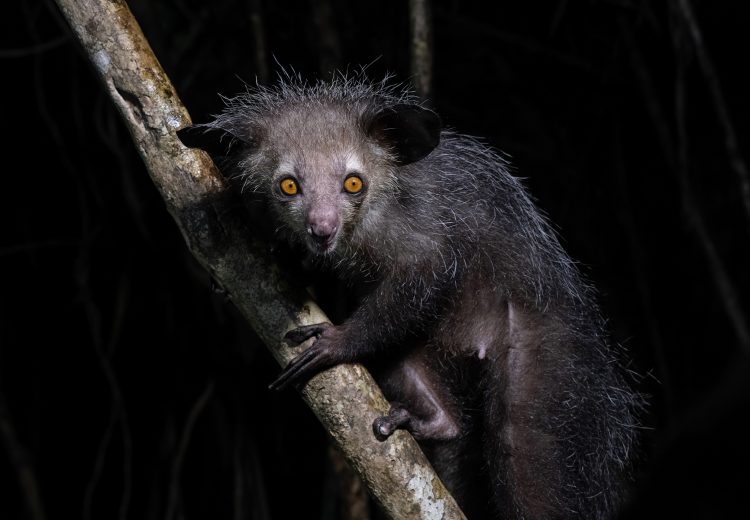
Madagascar
October 2025

